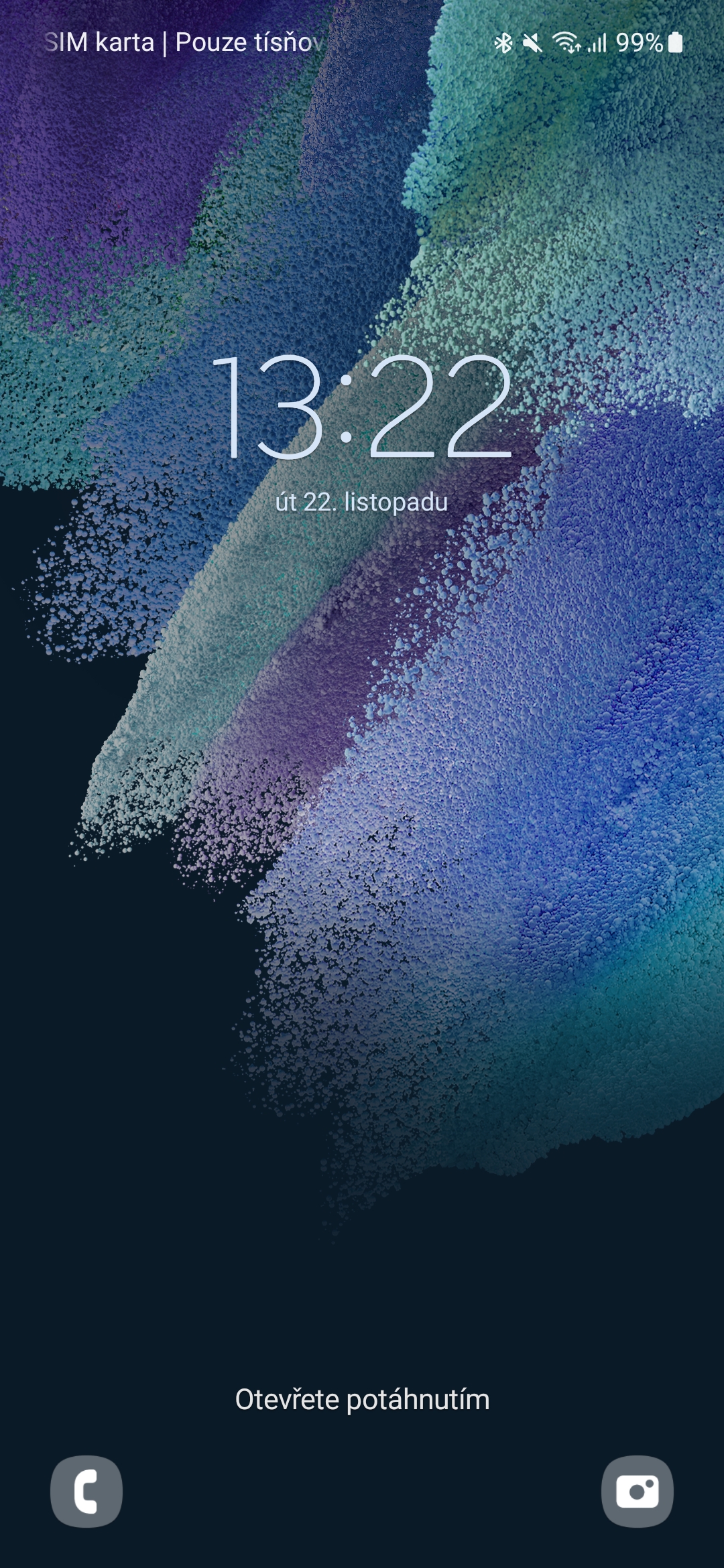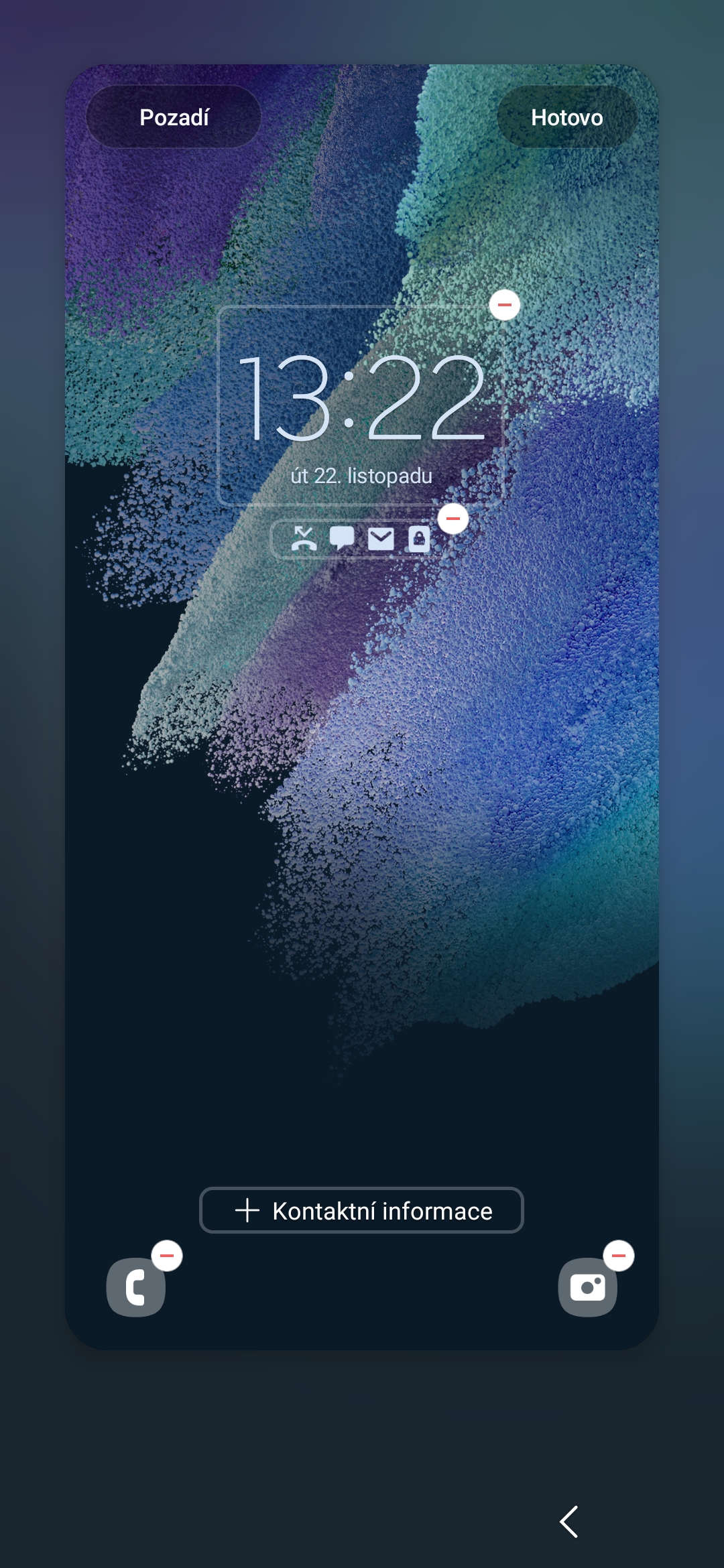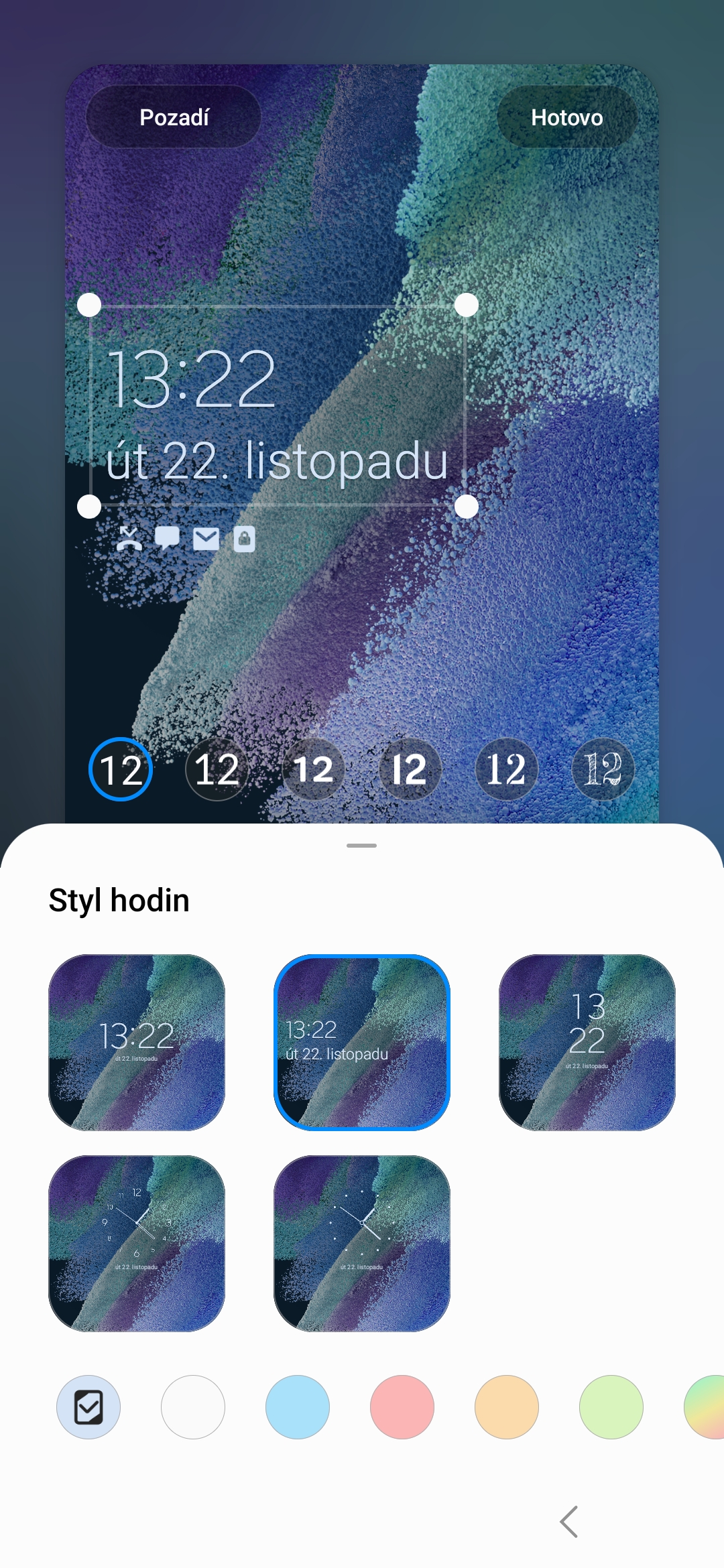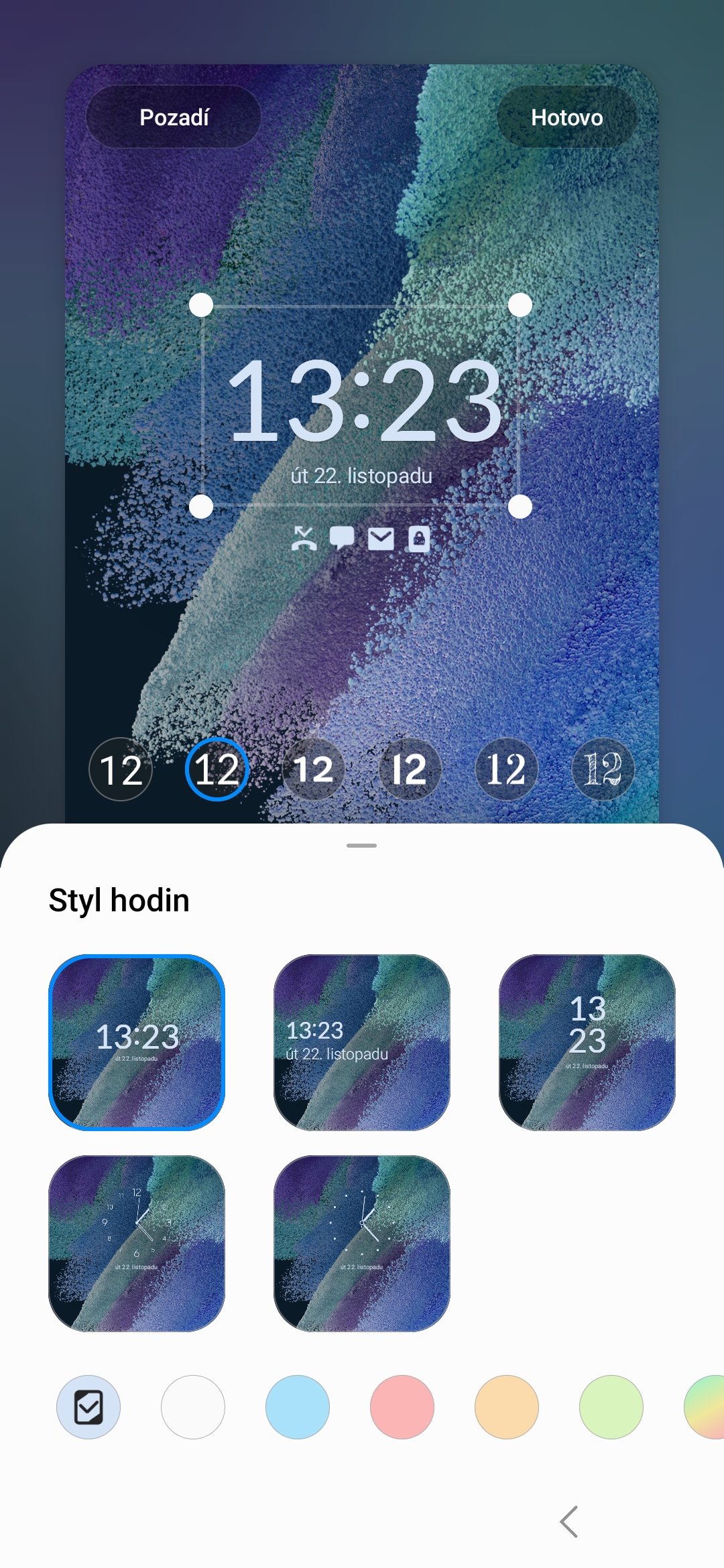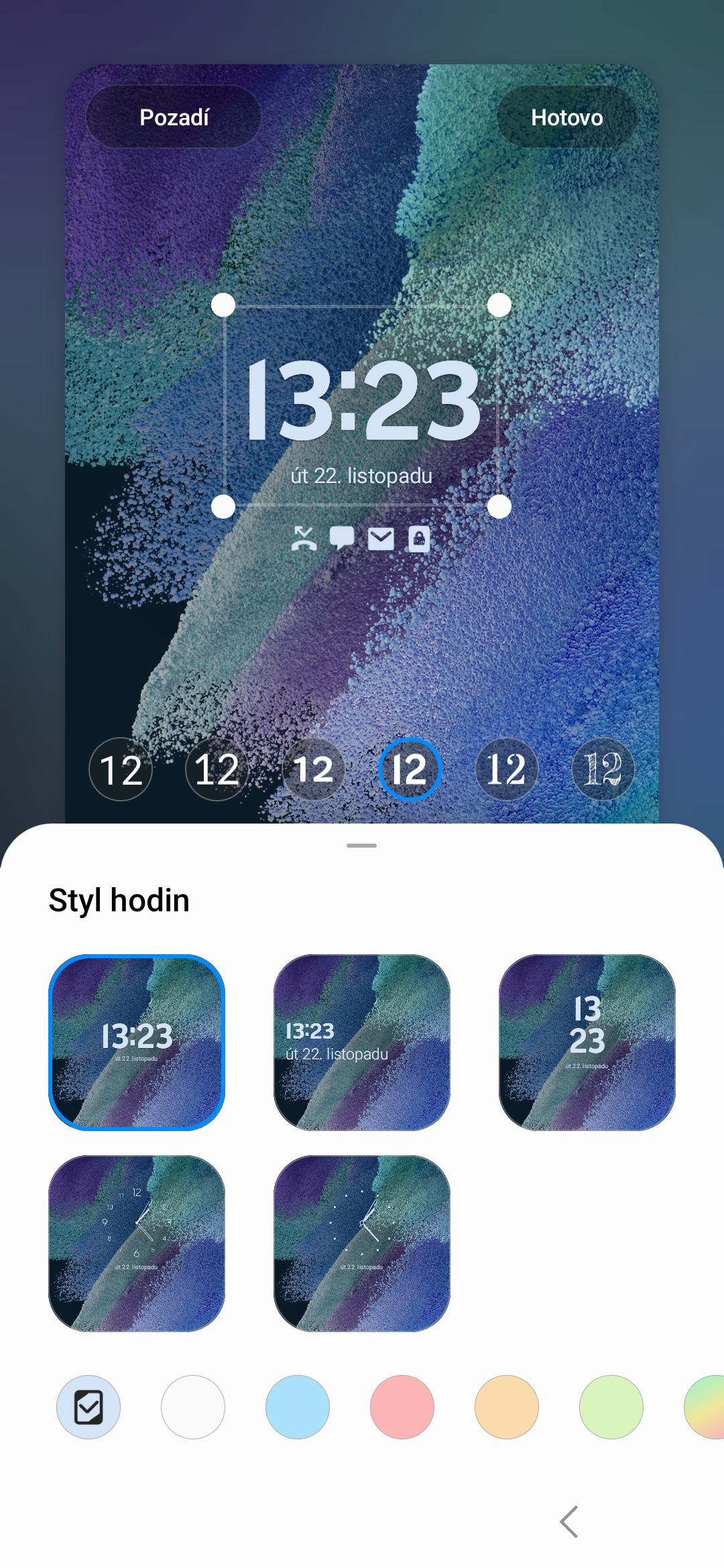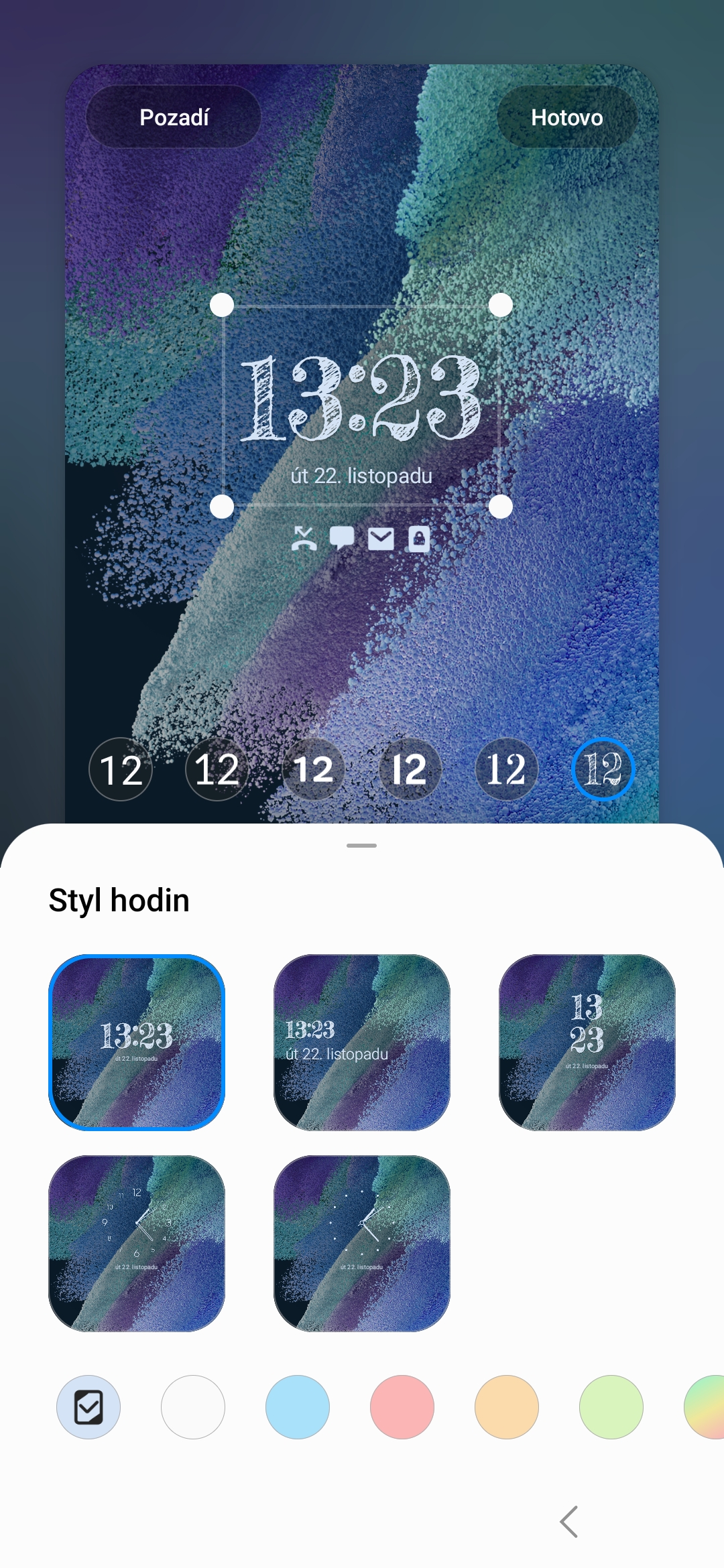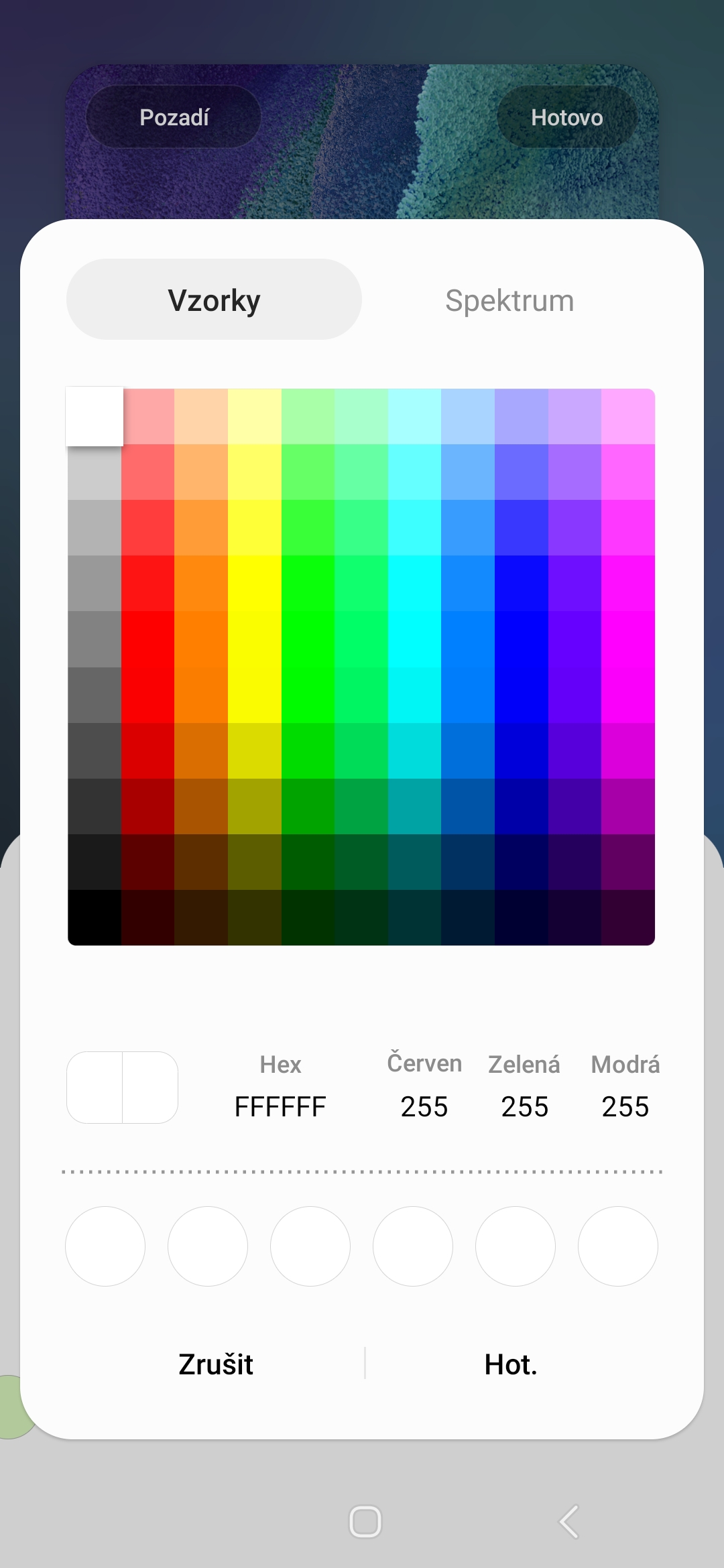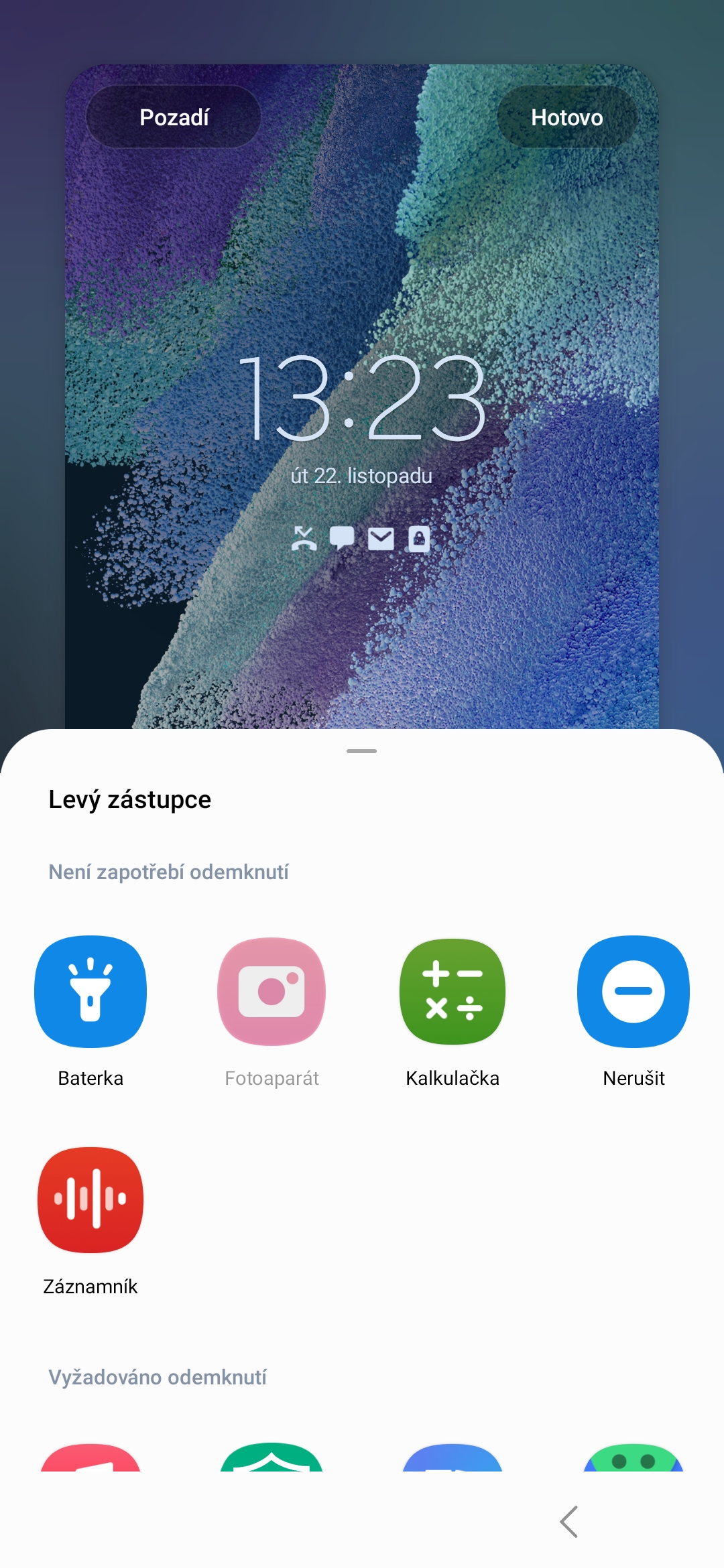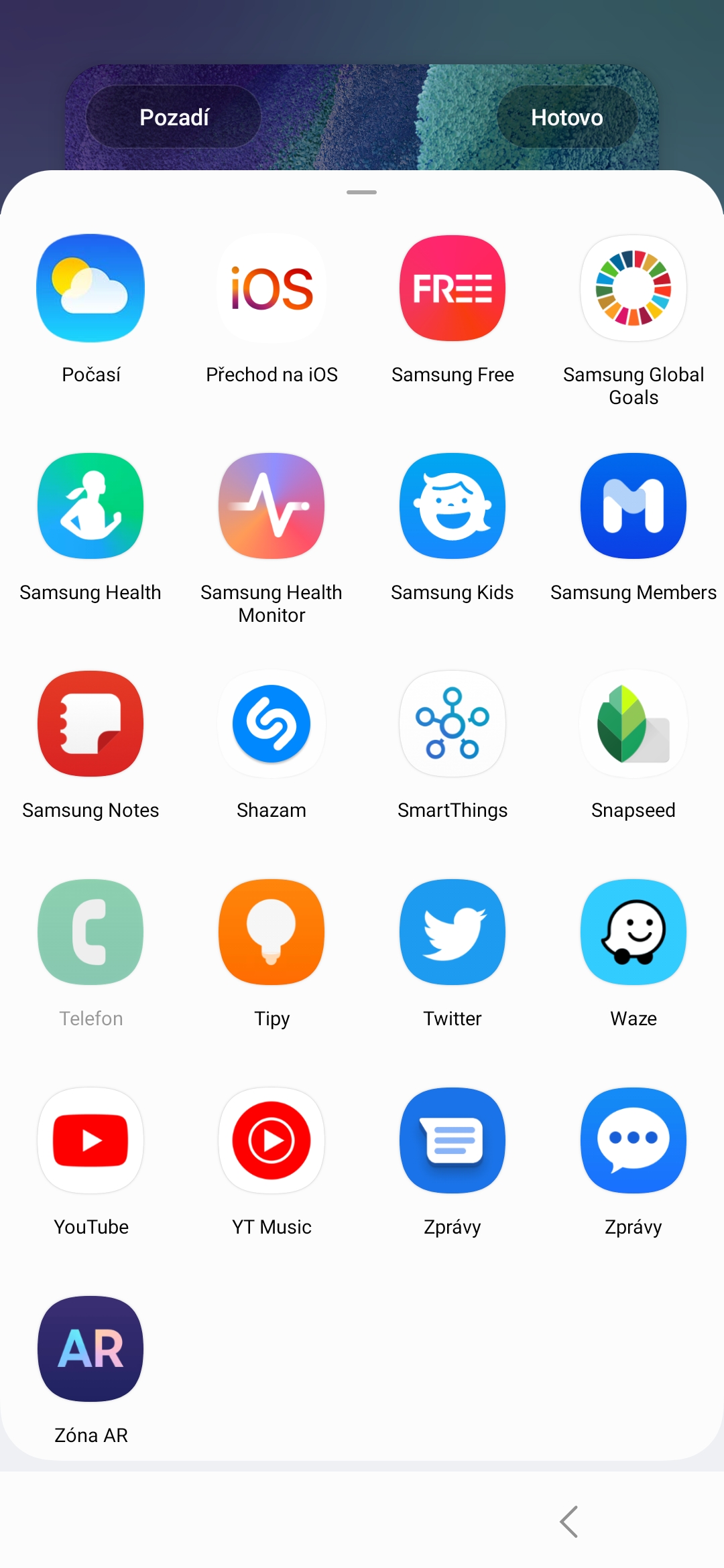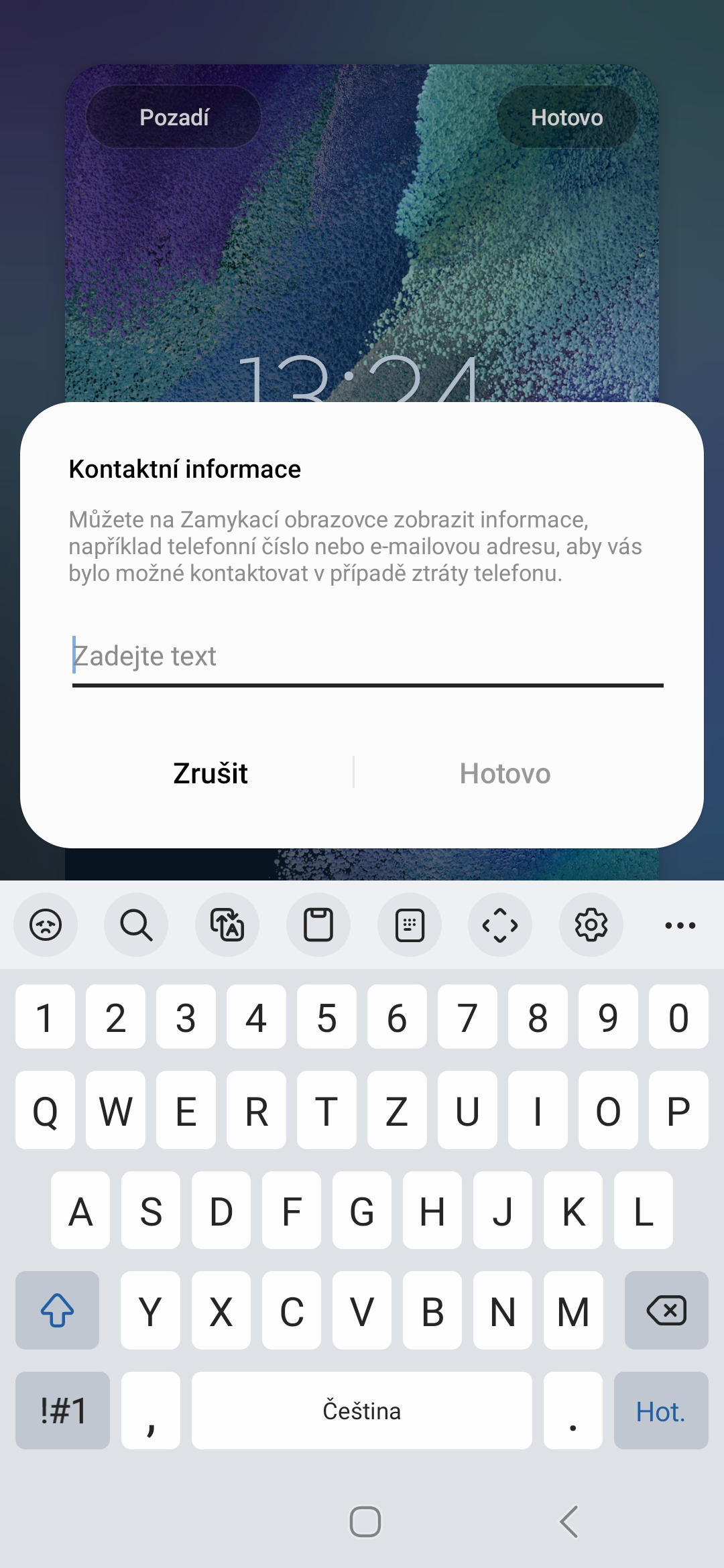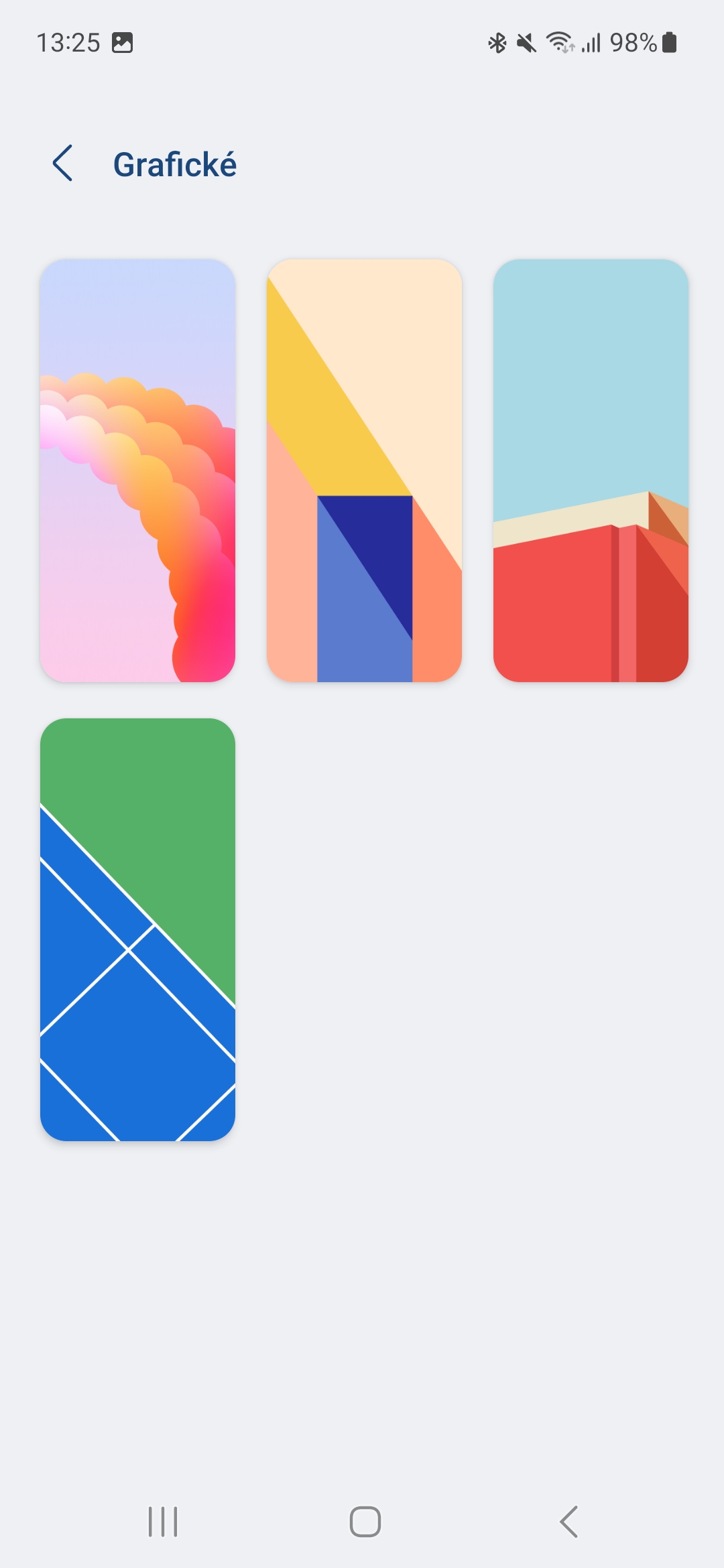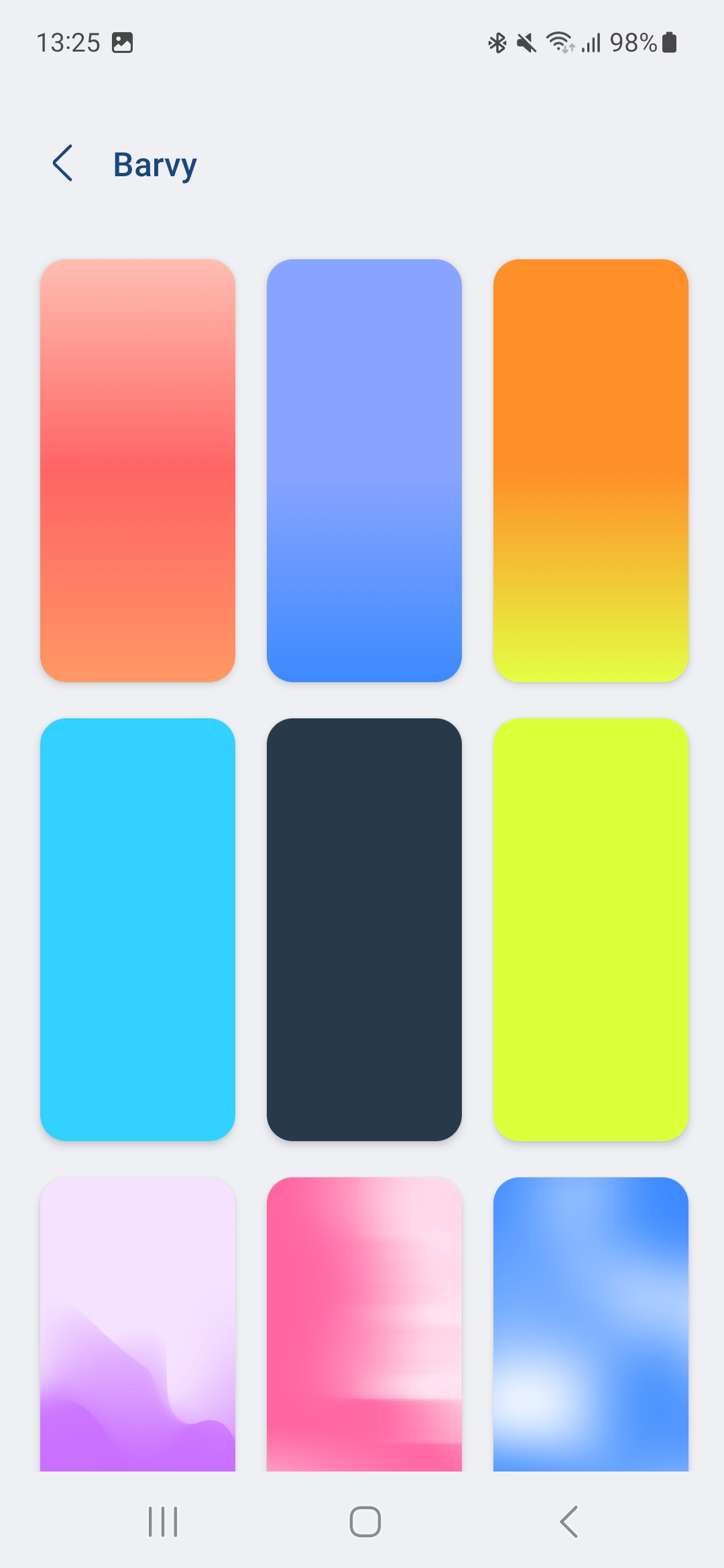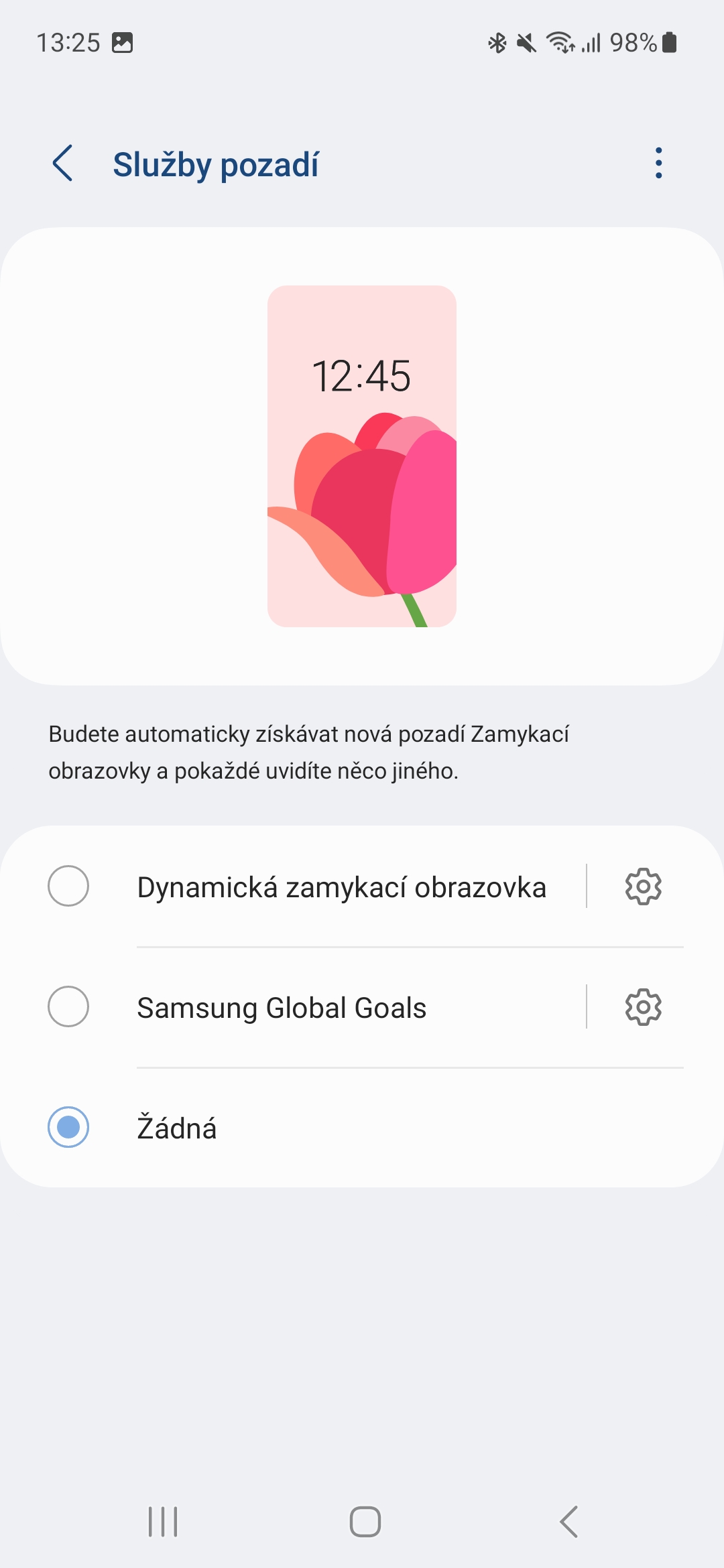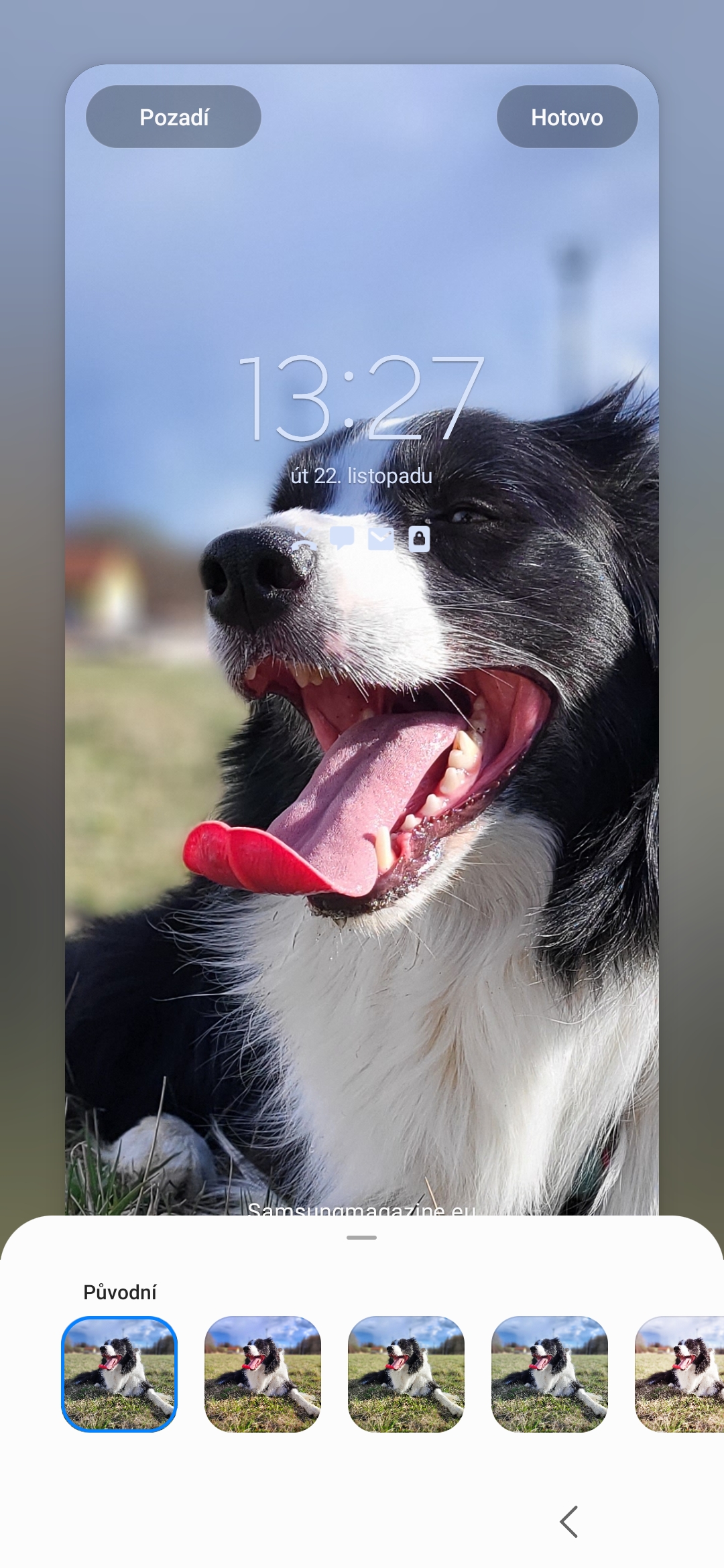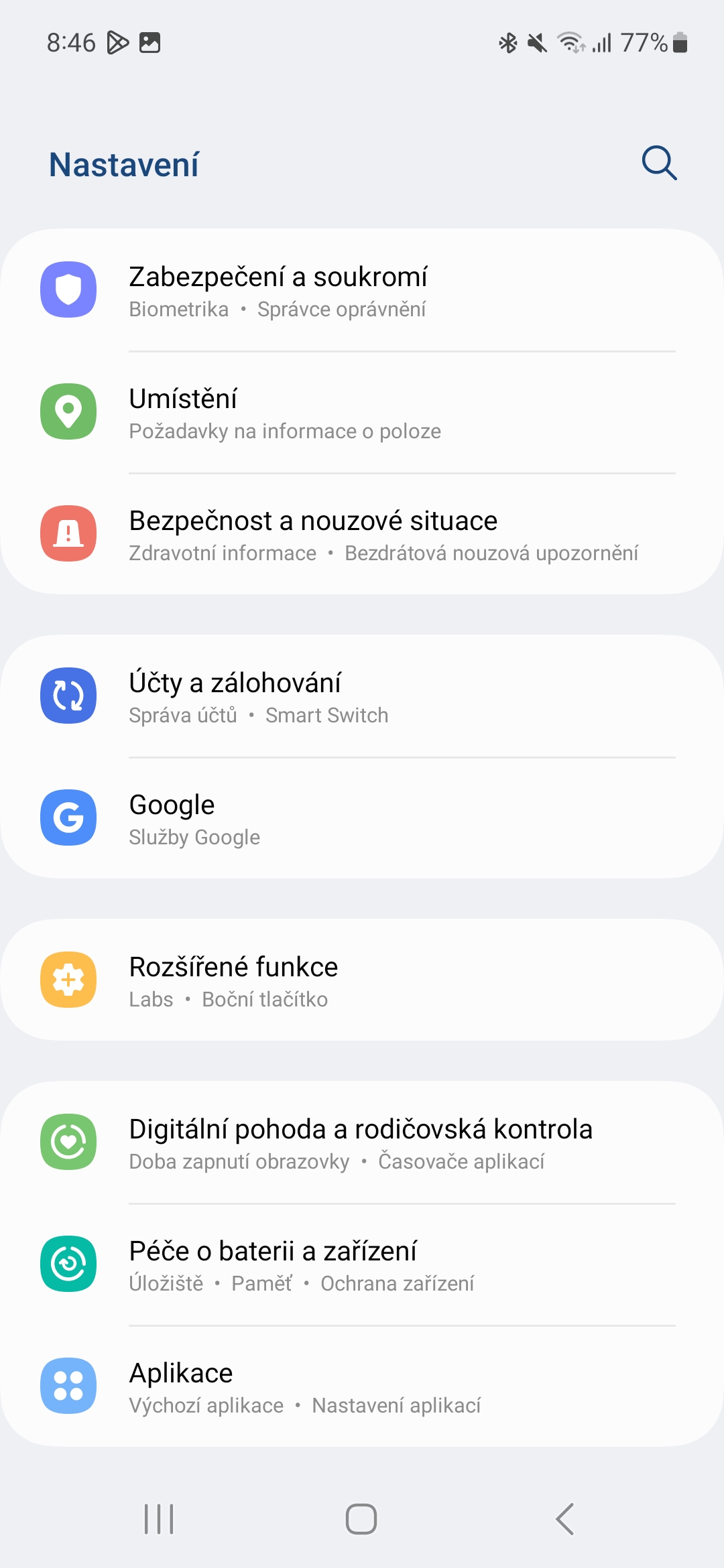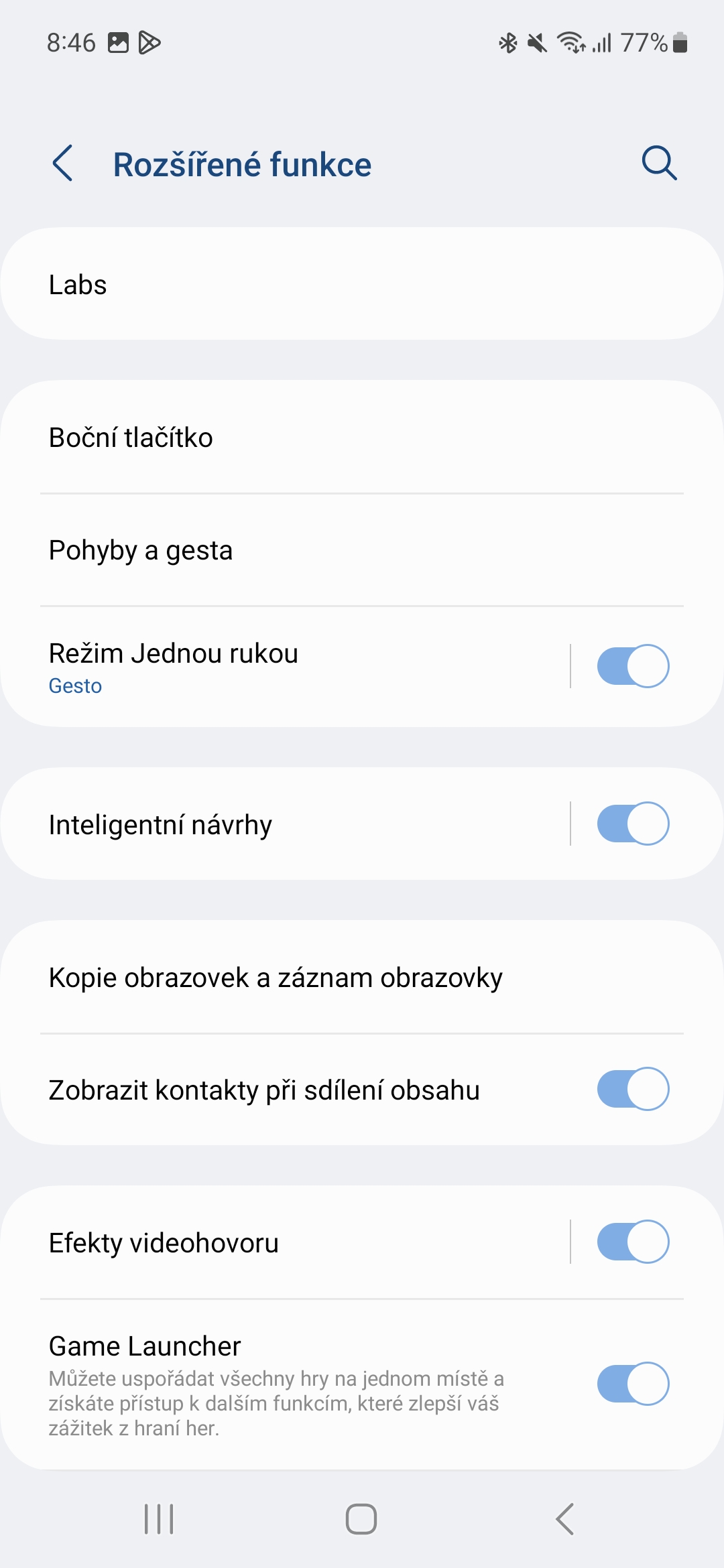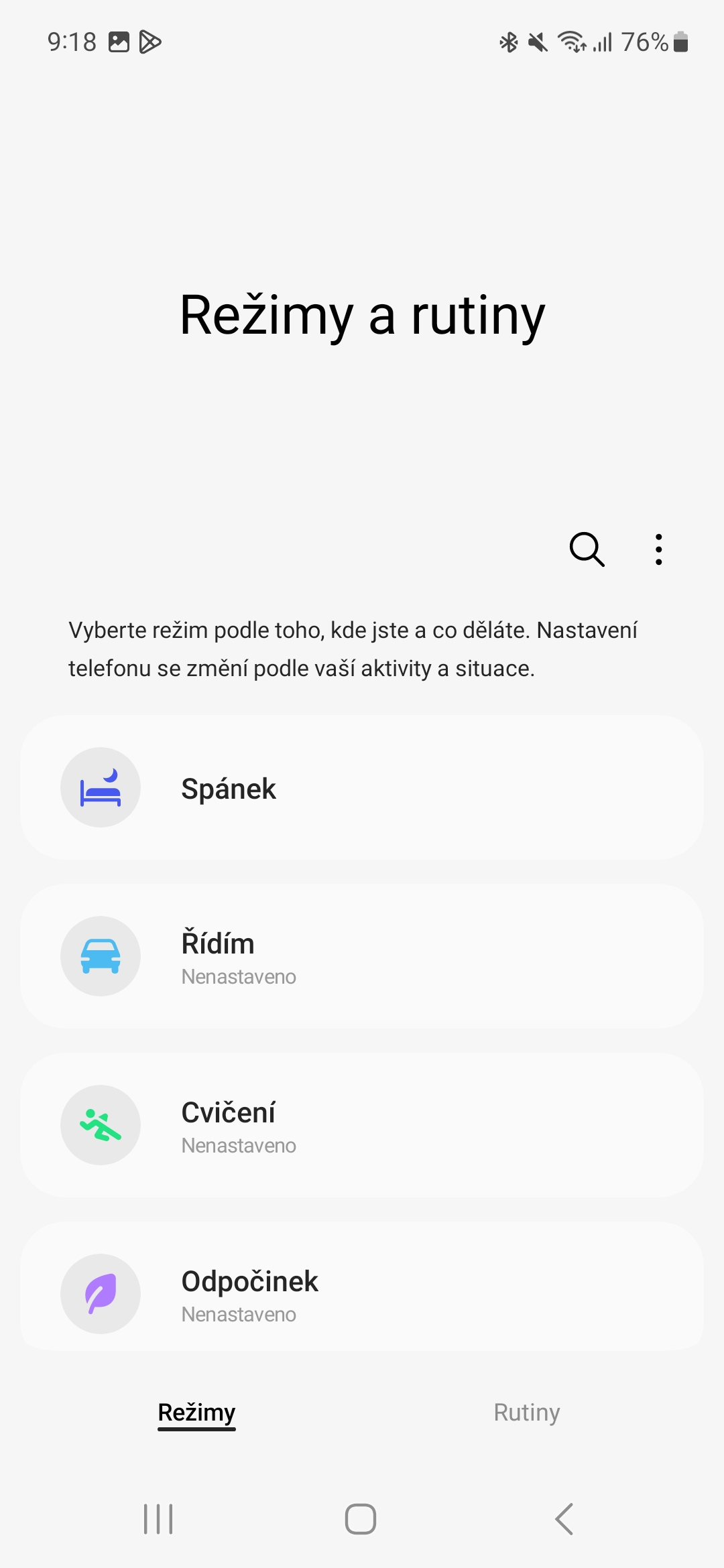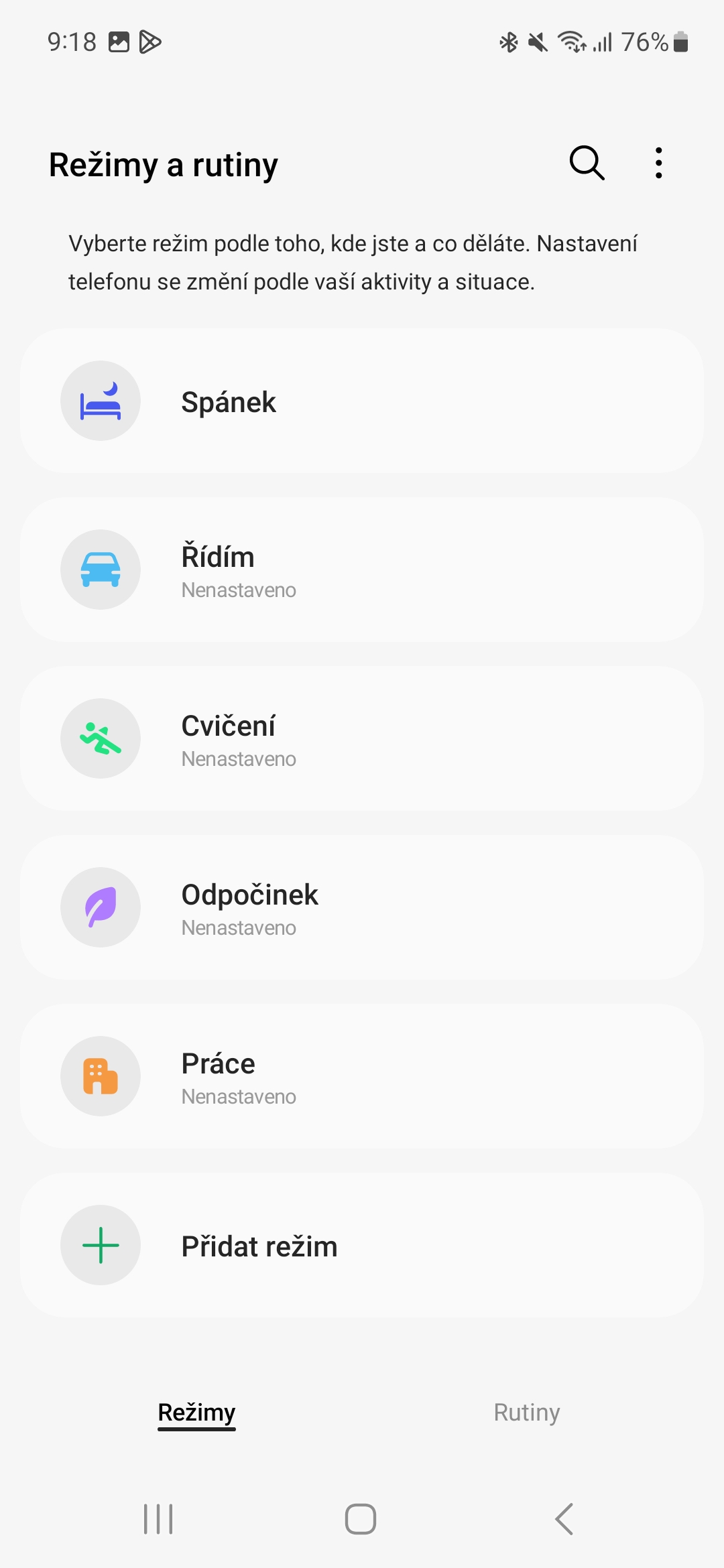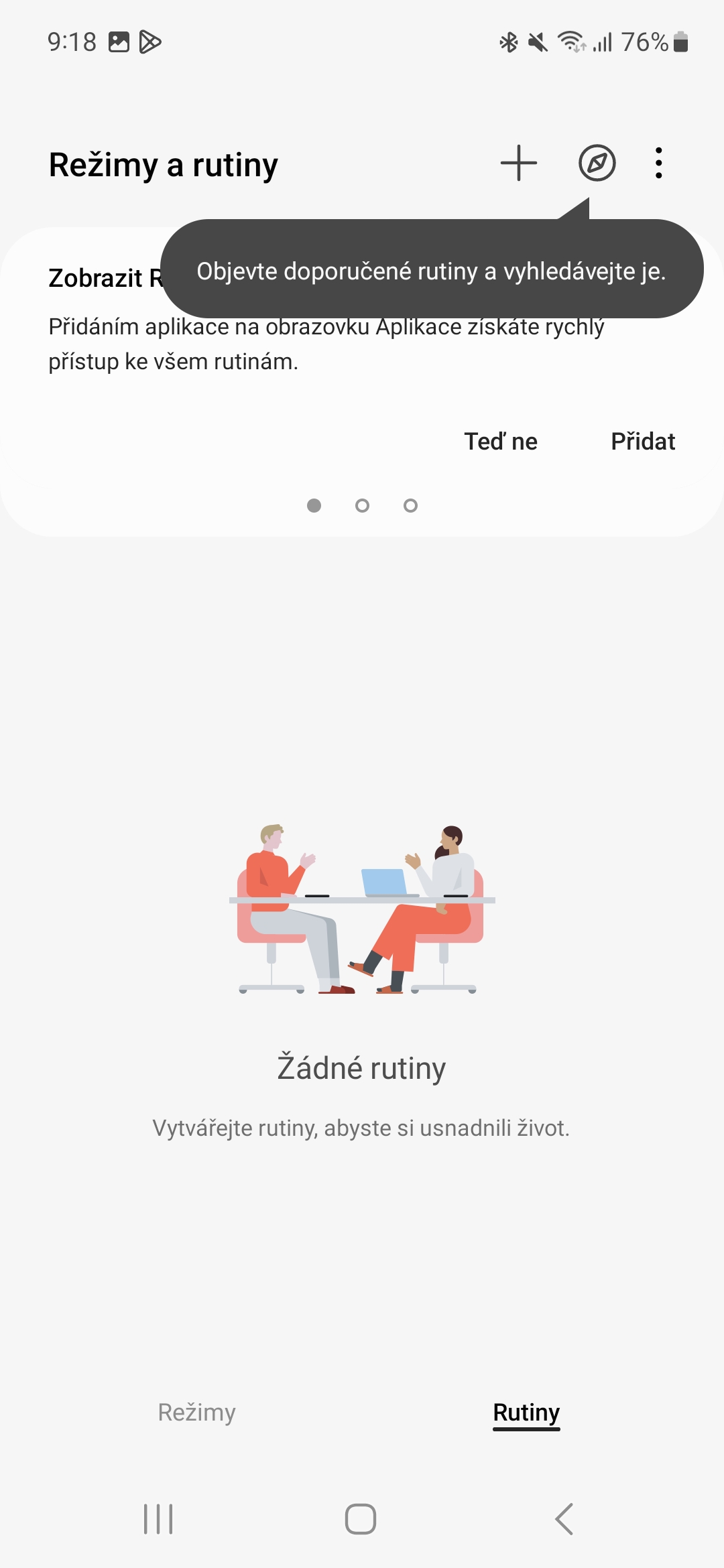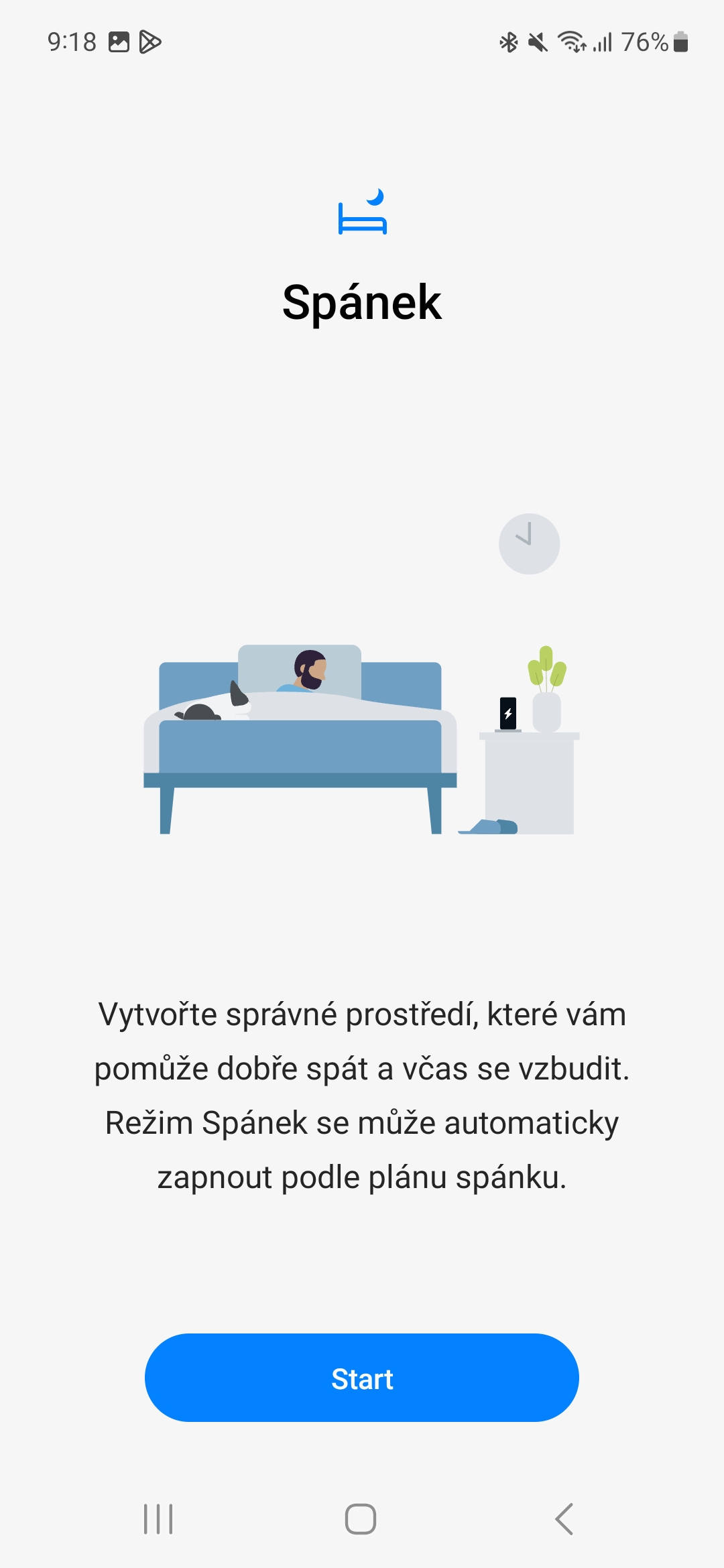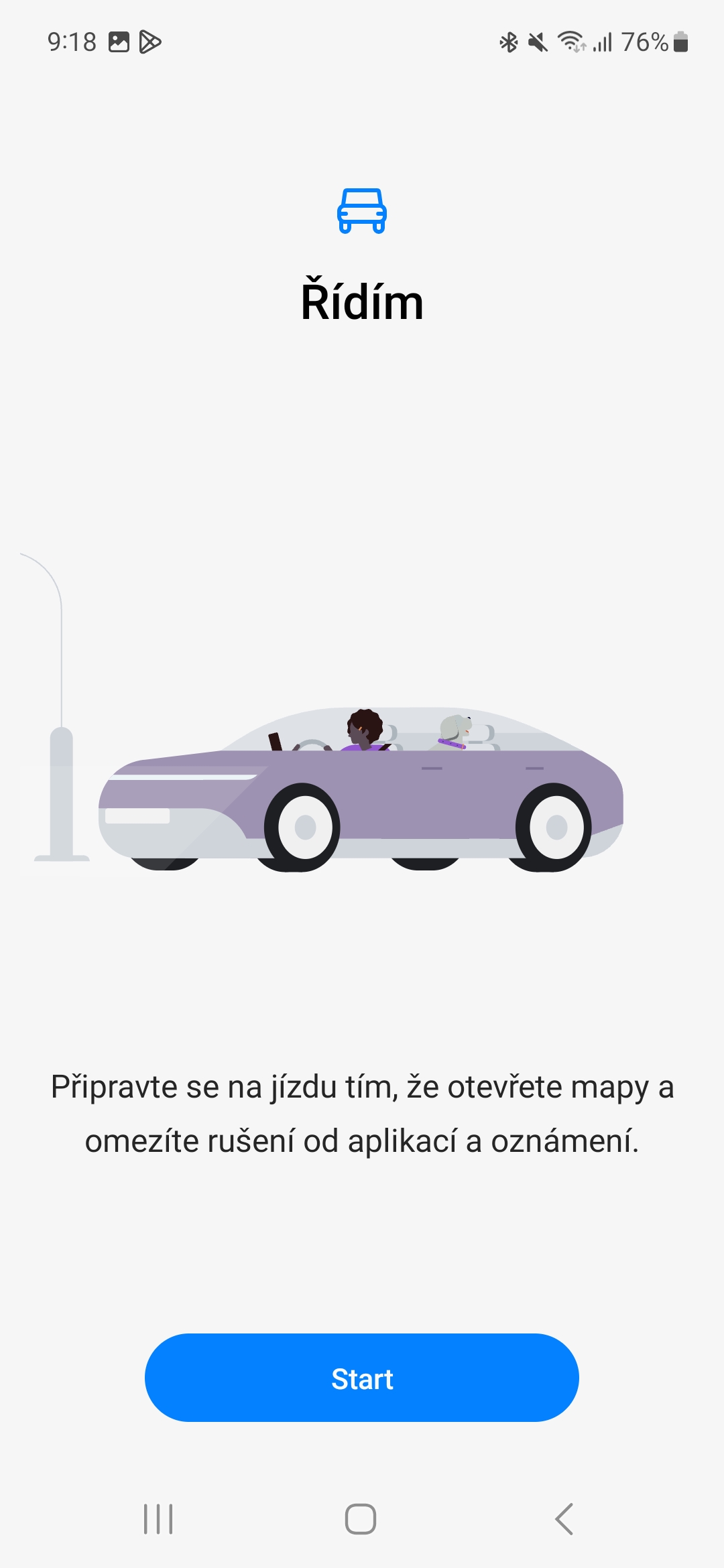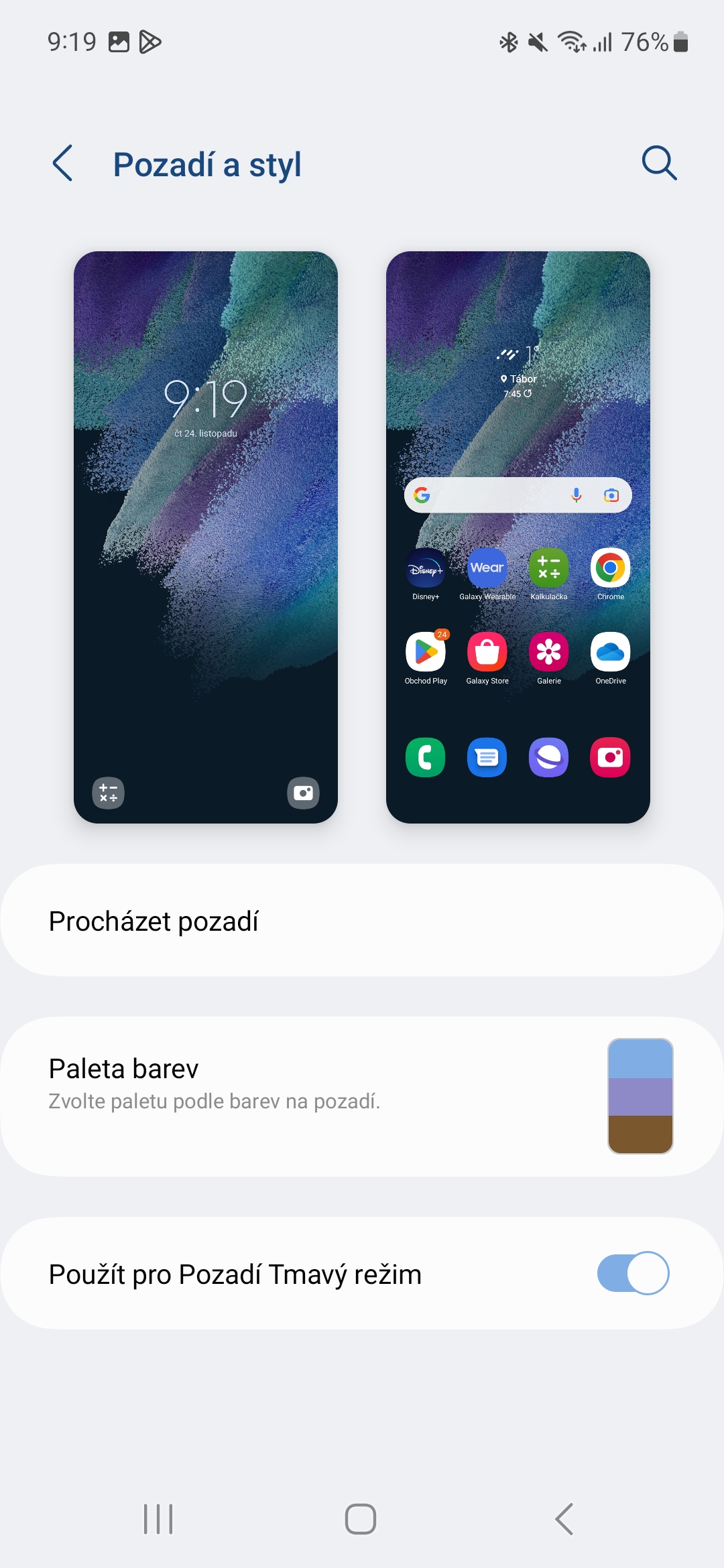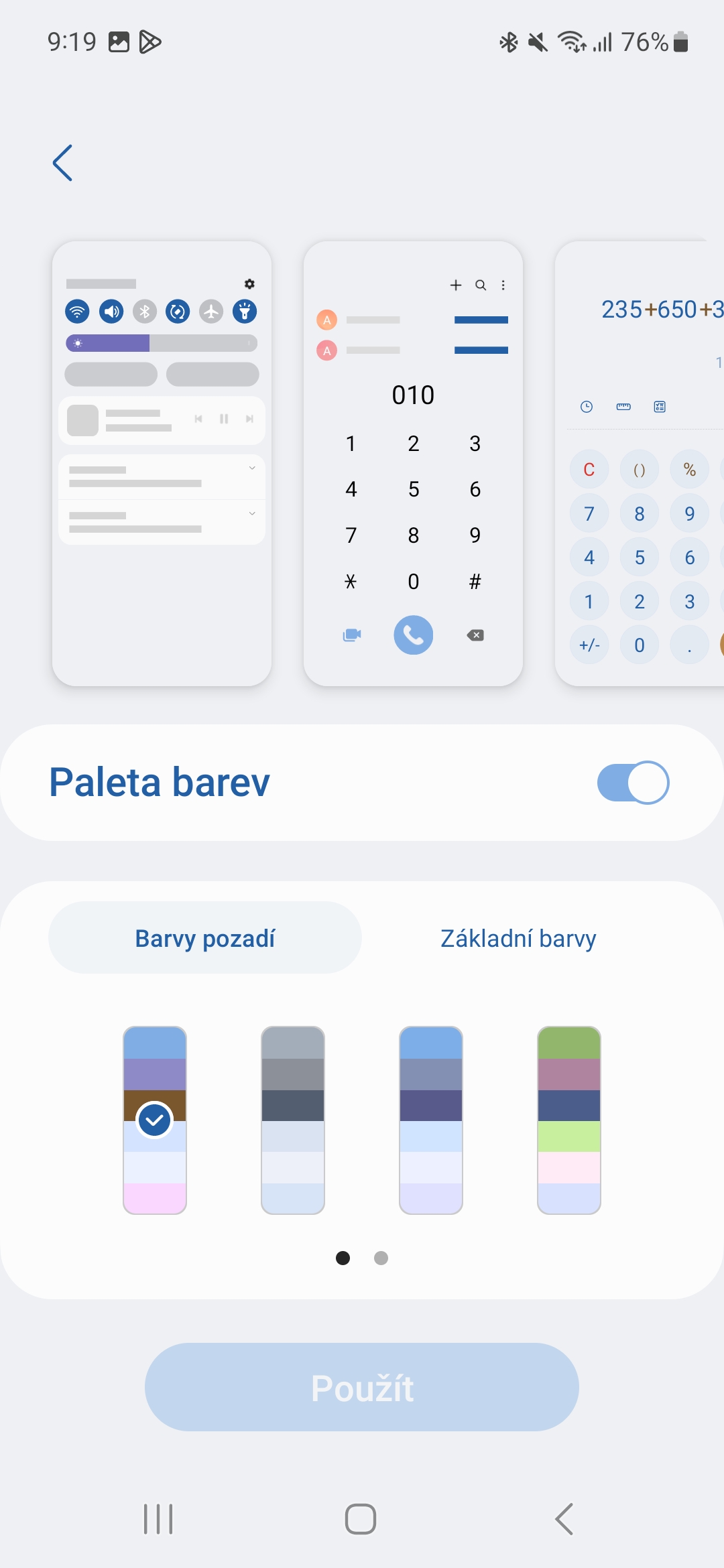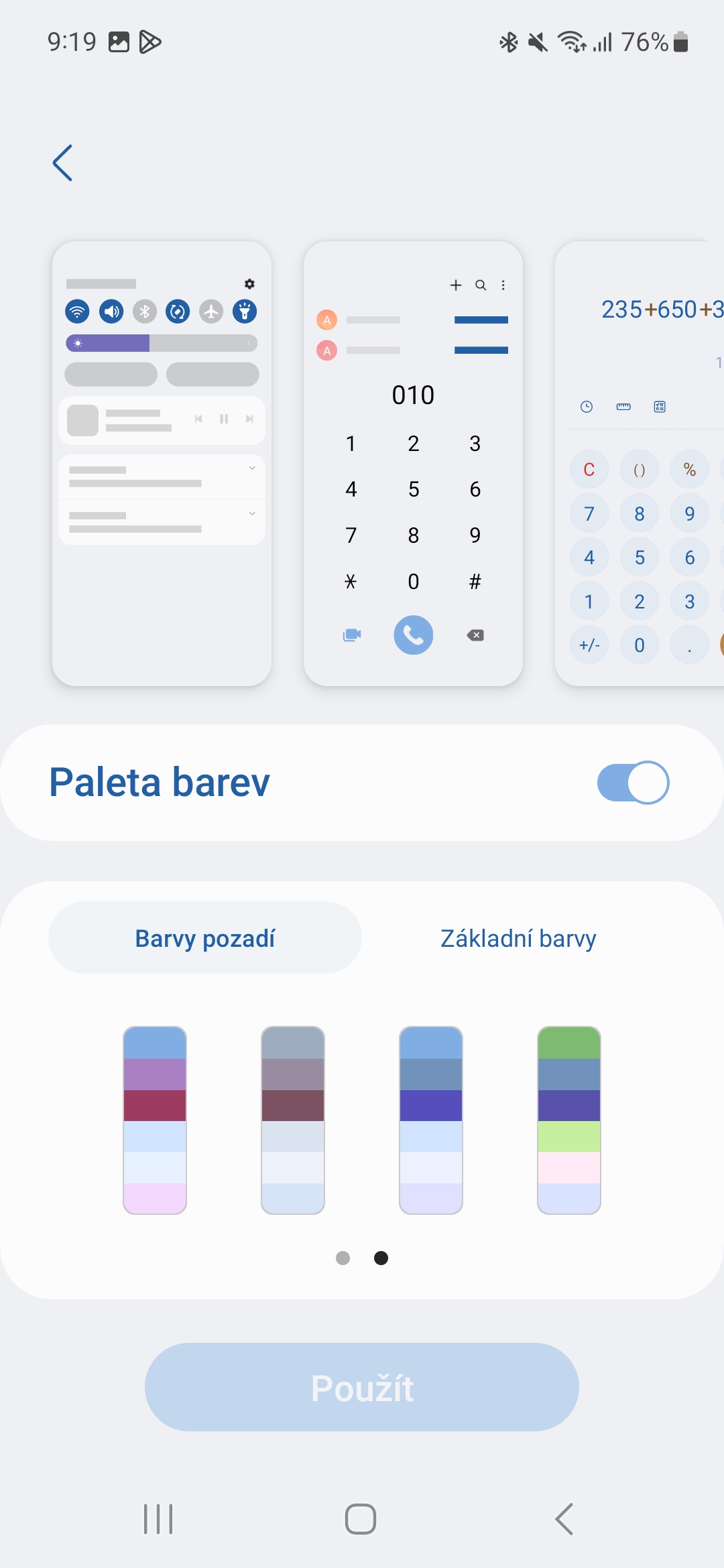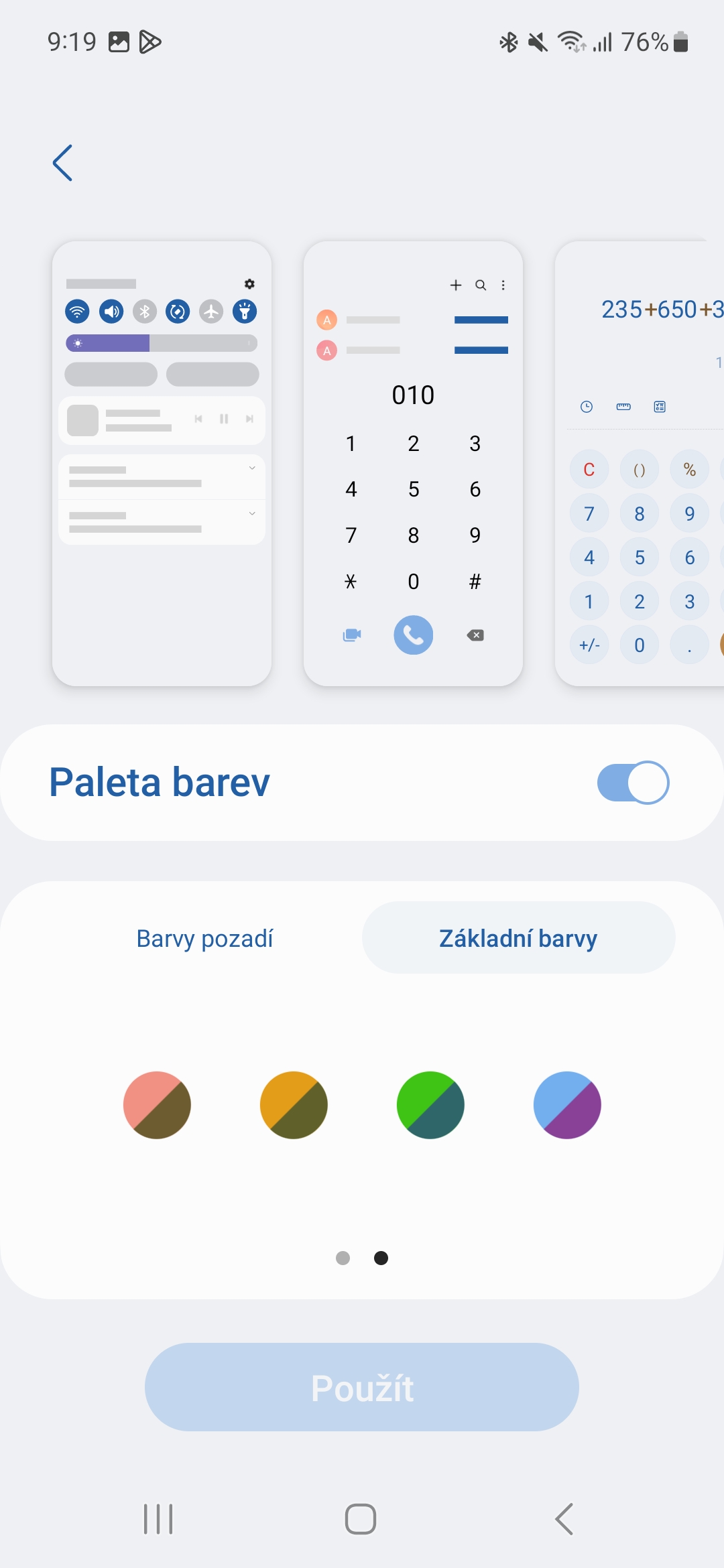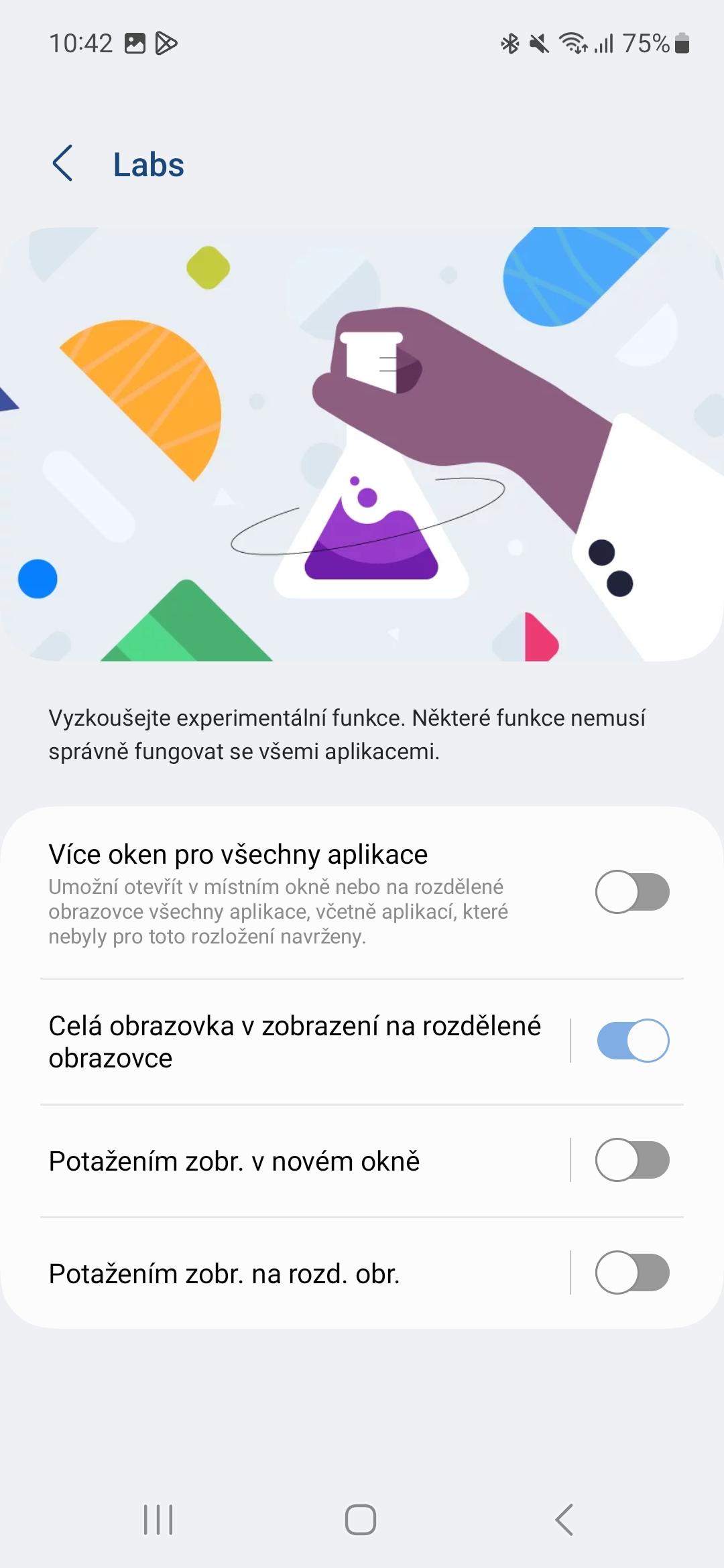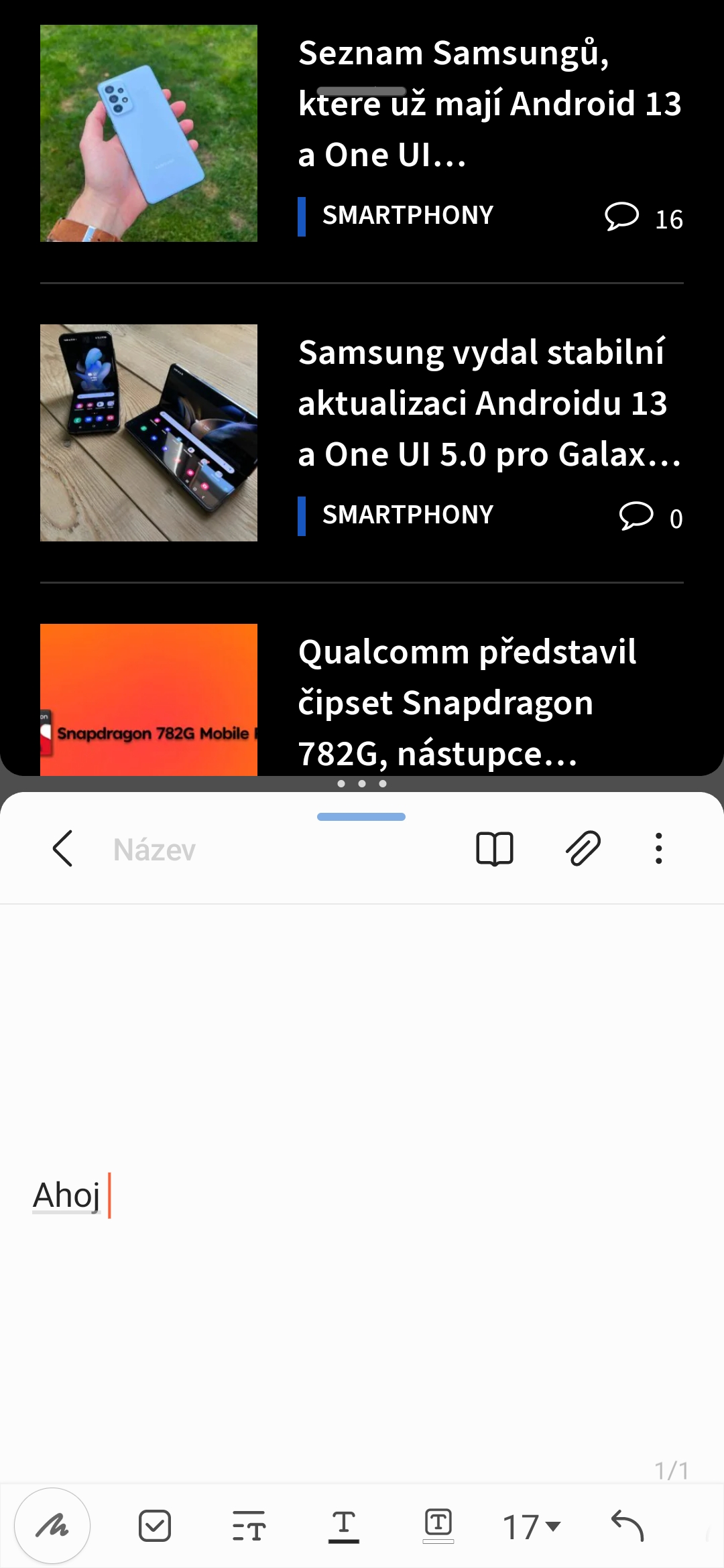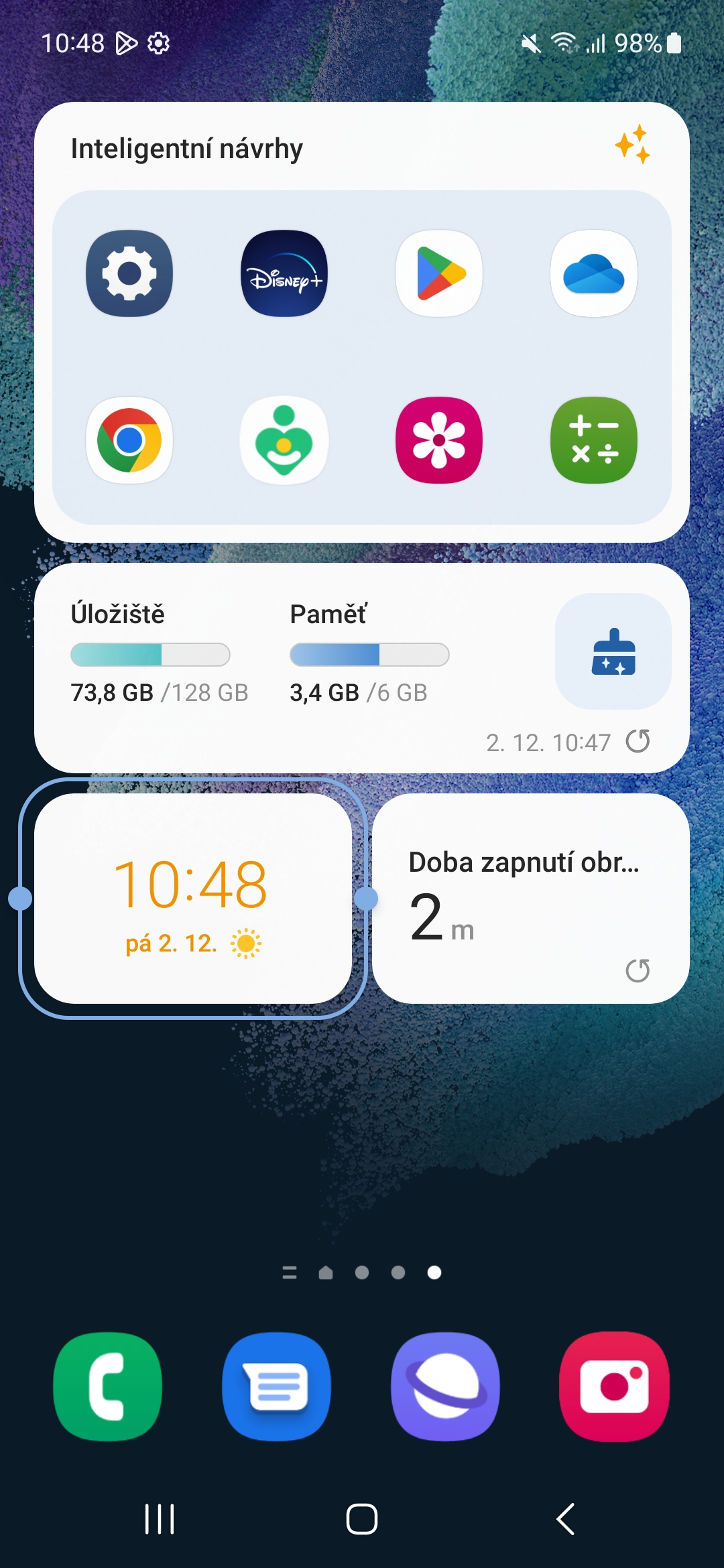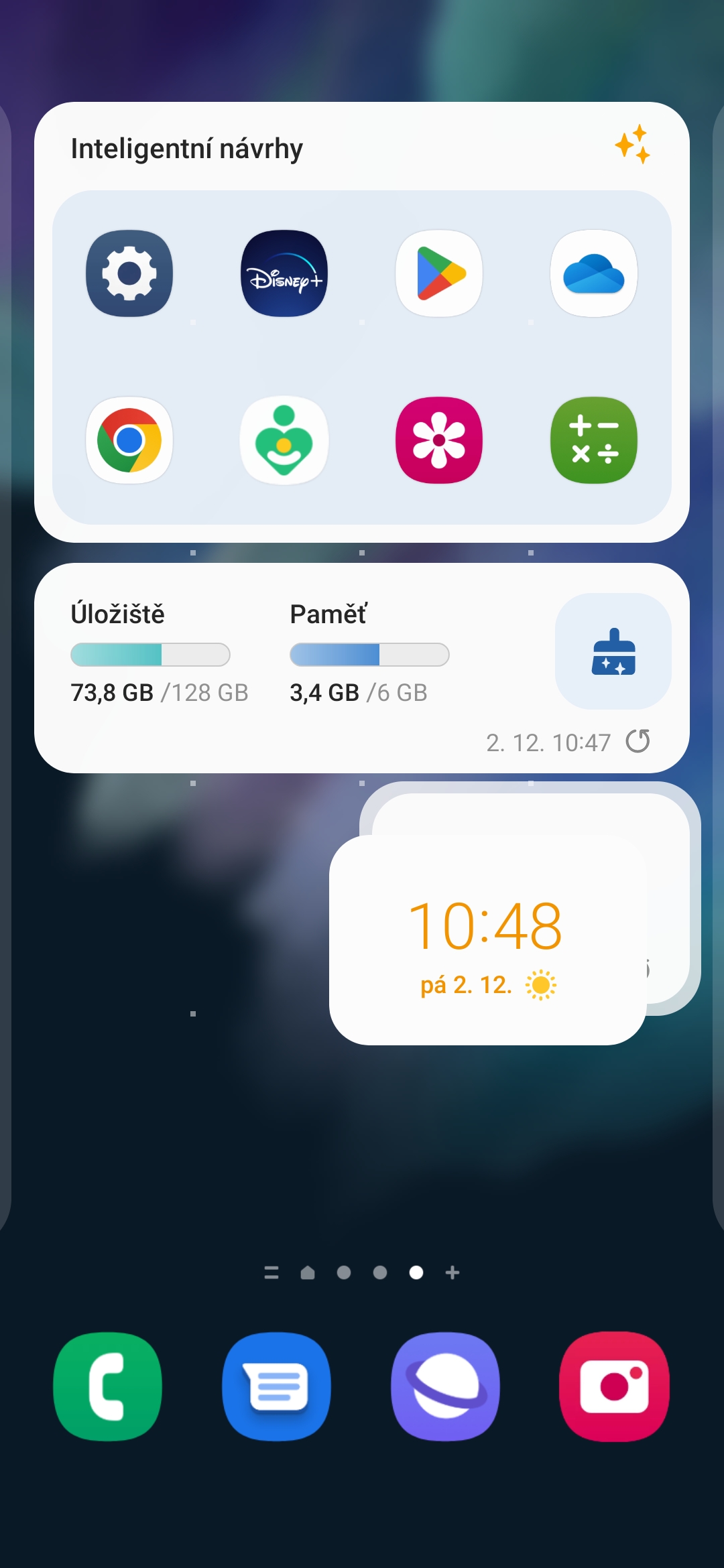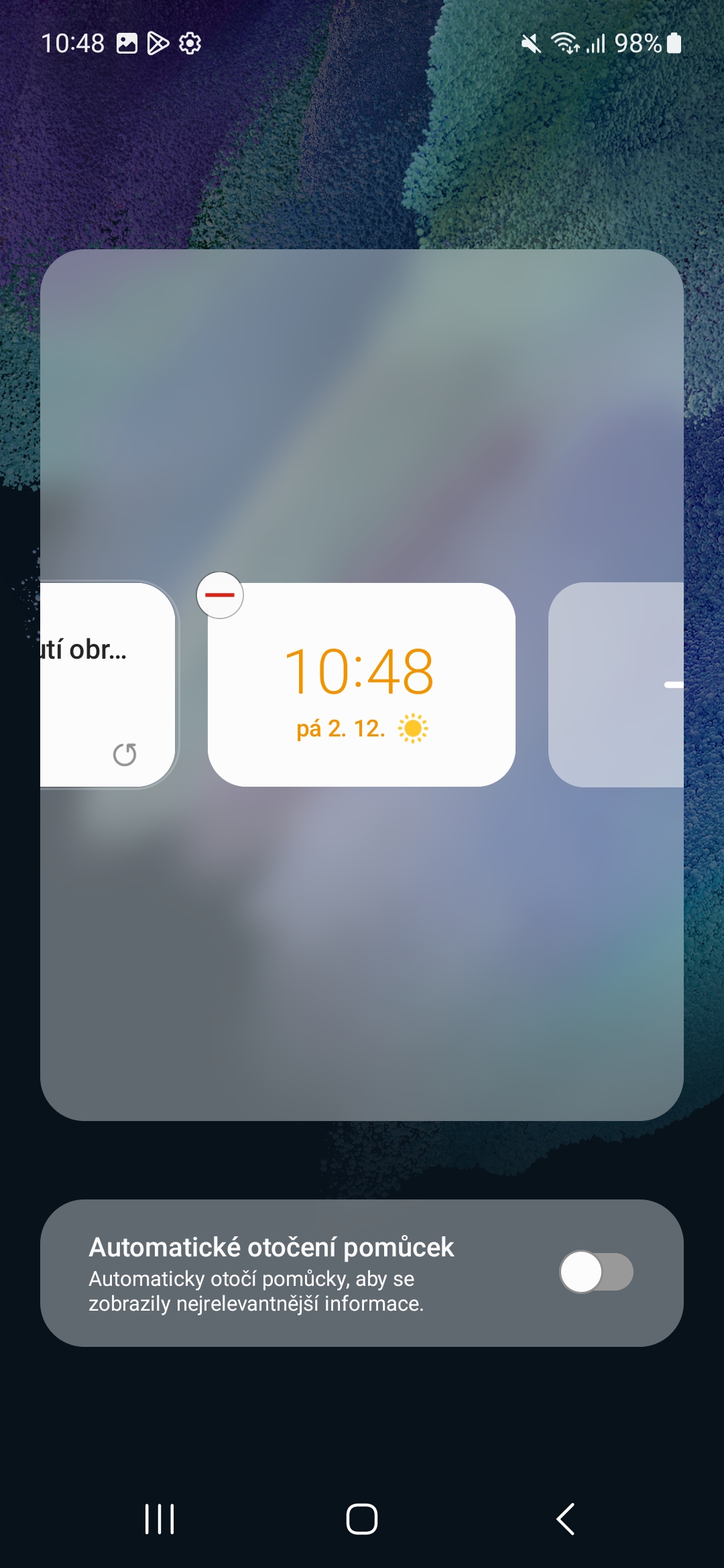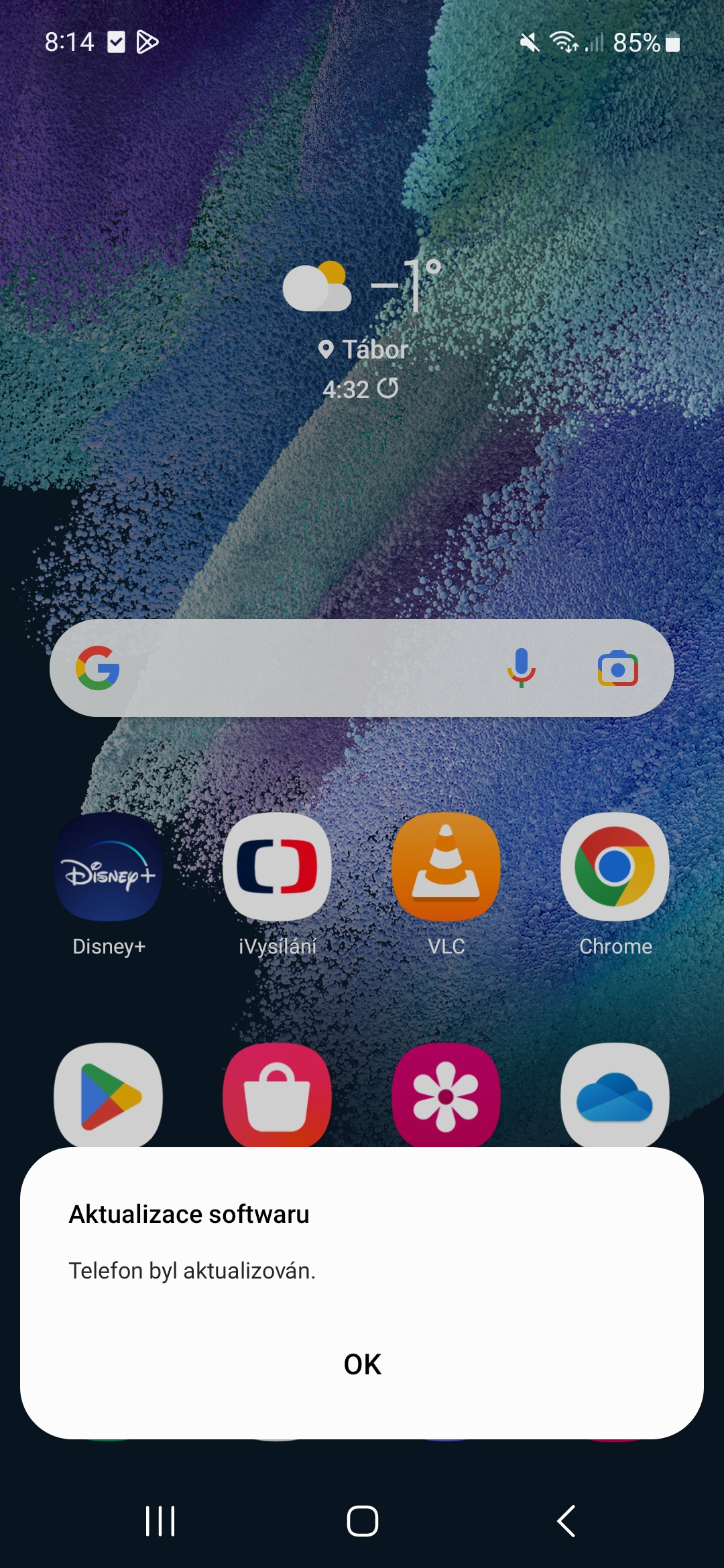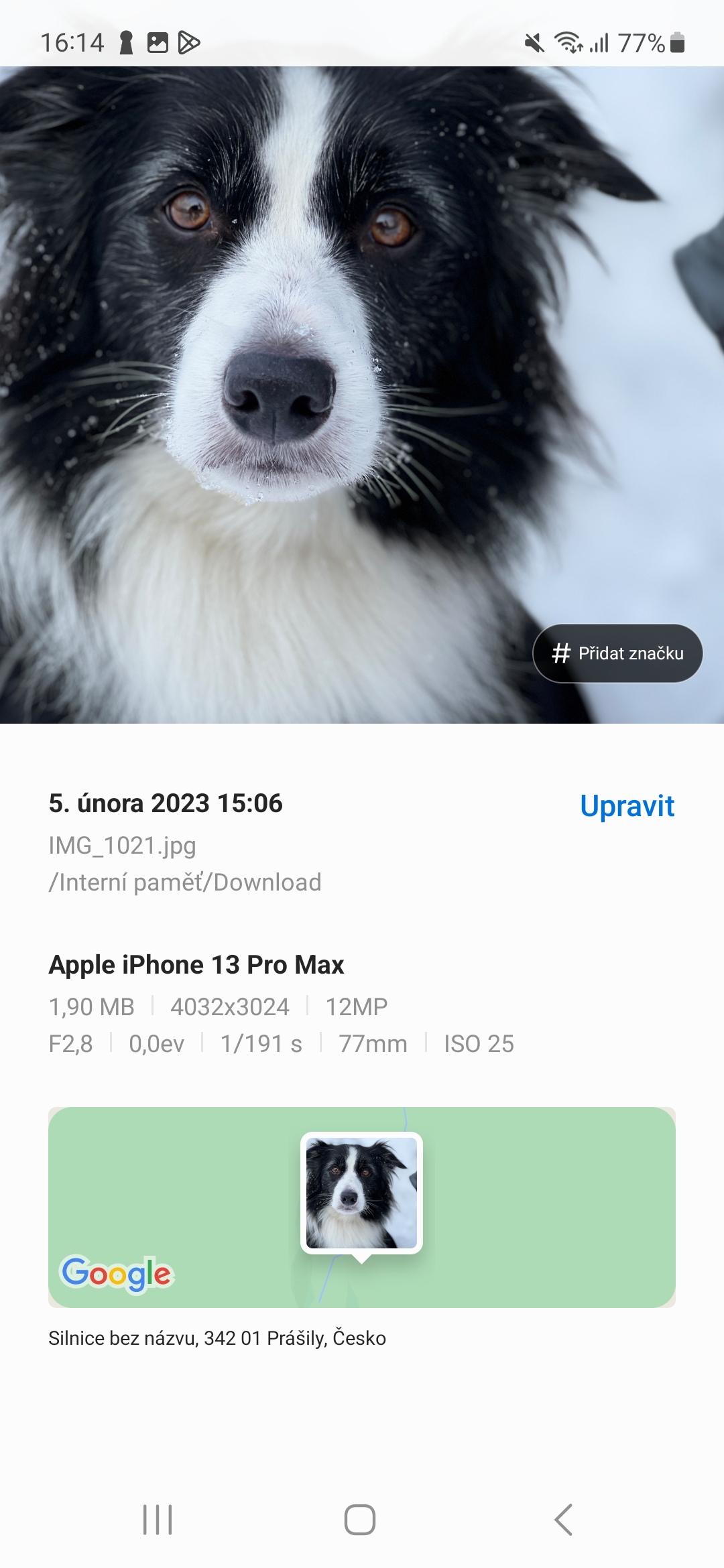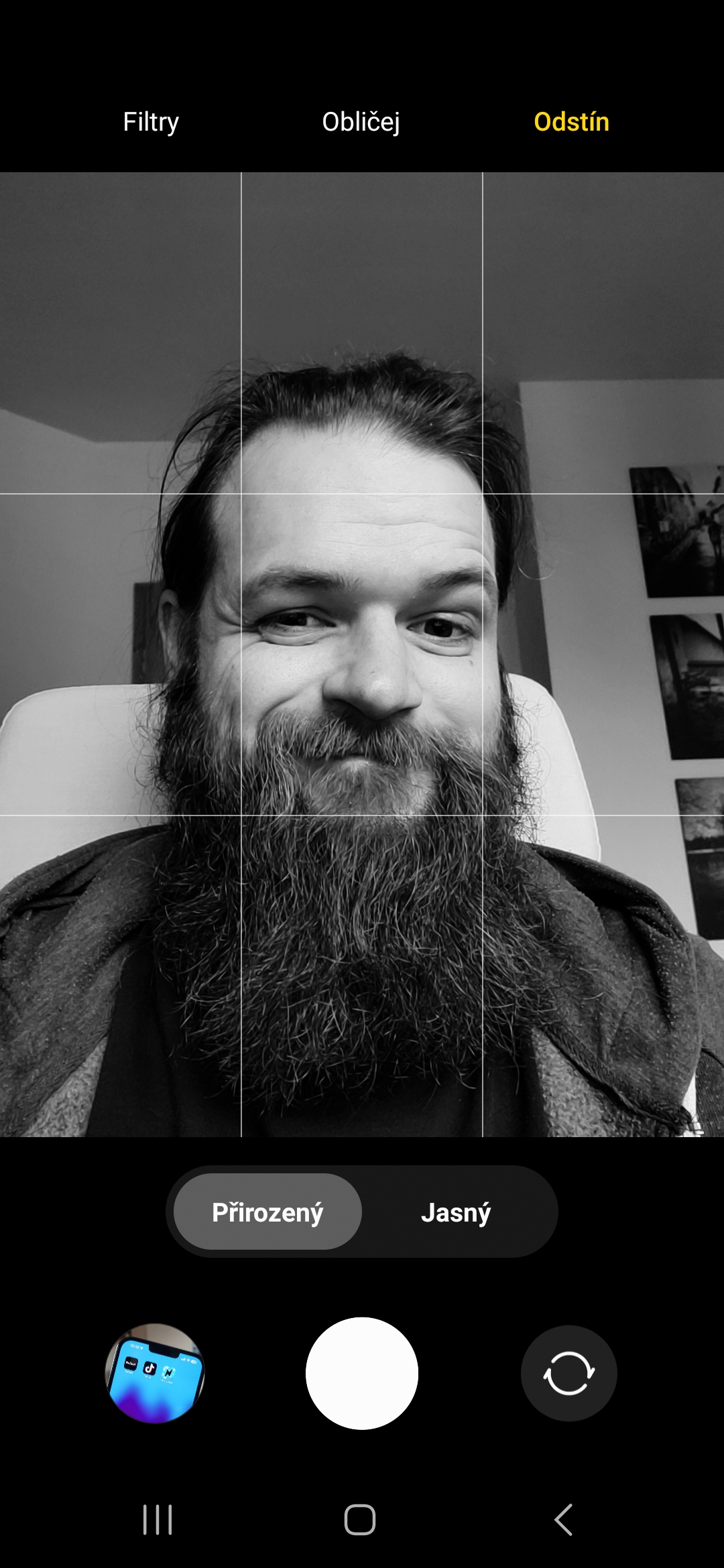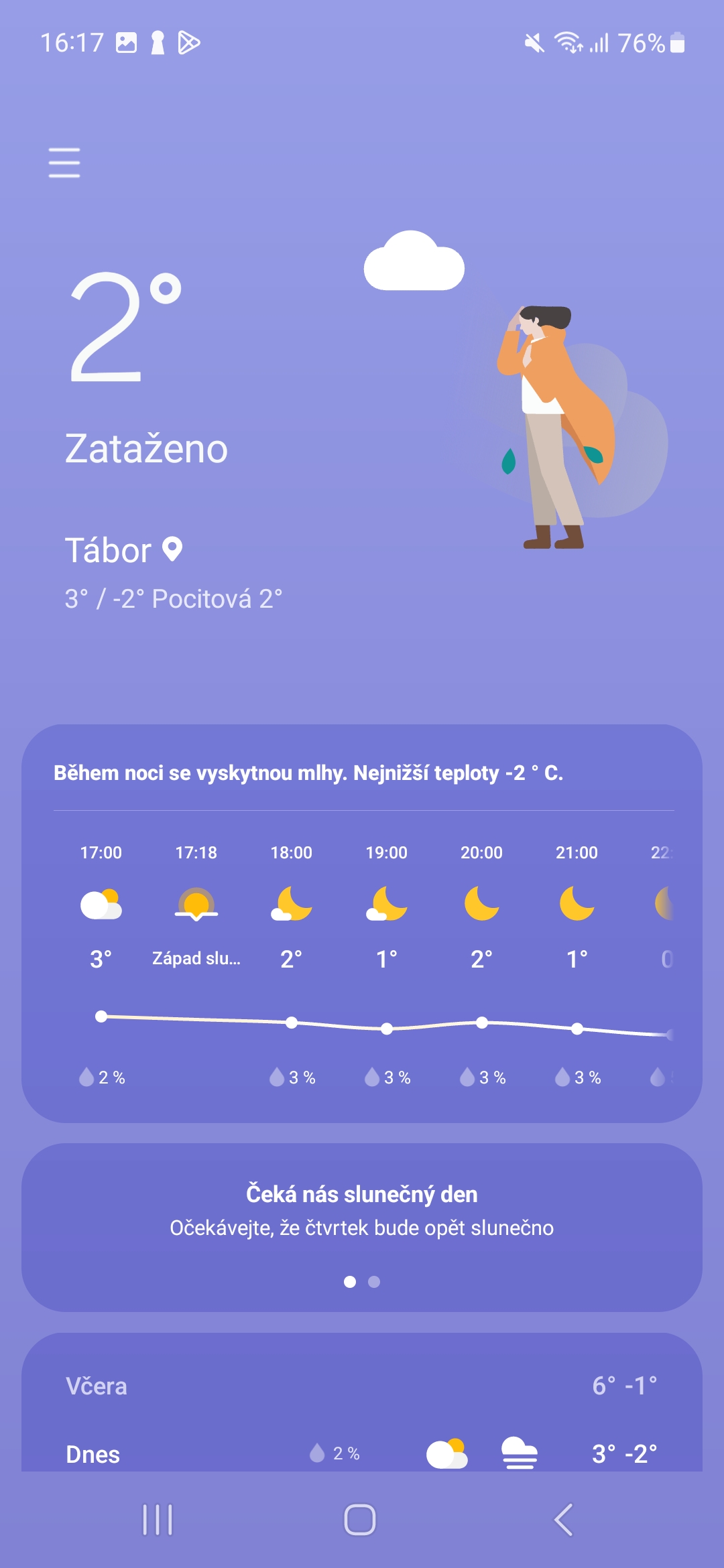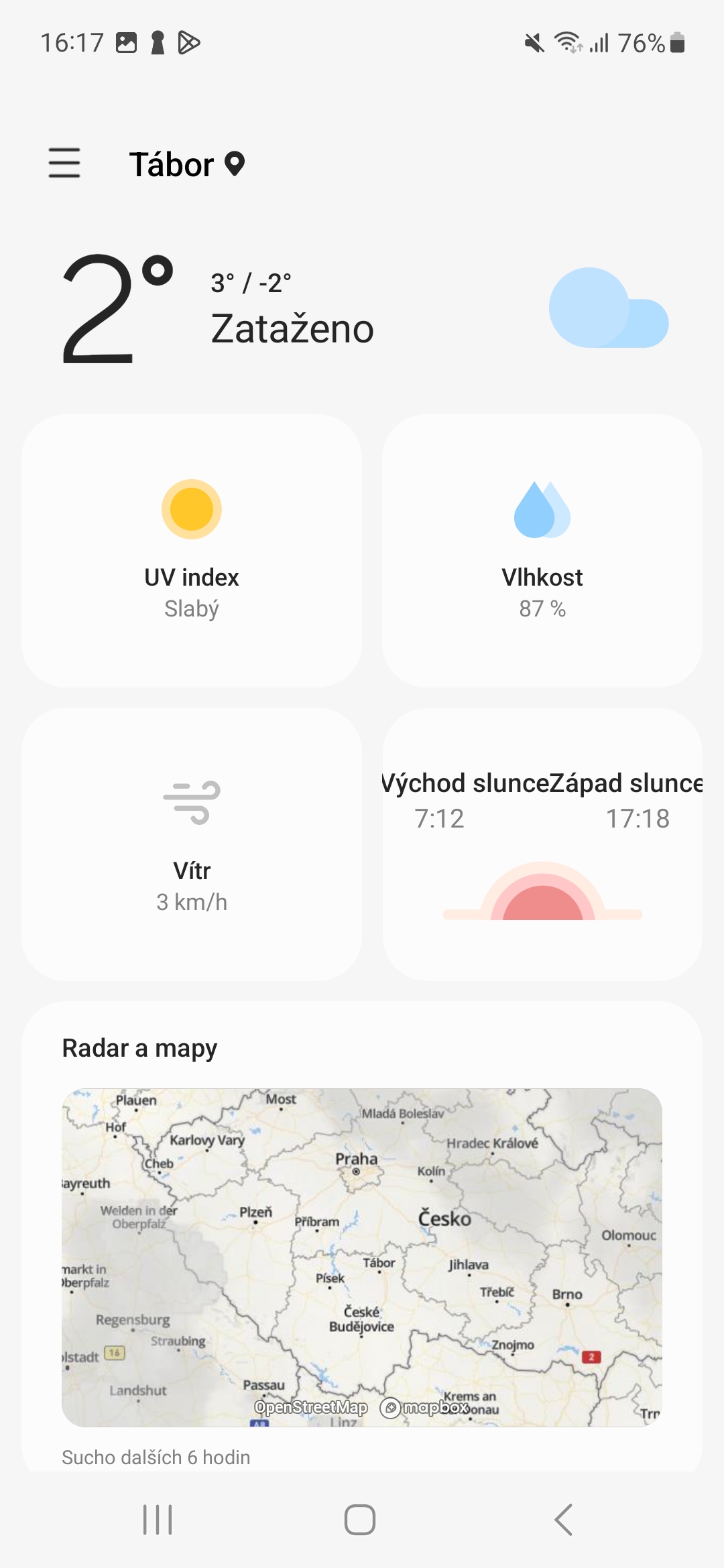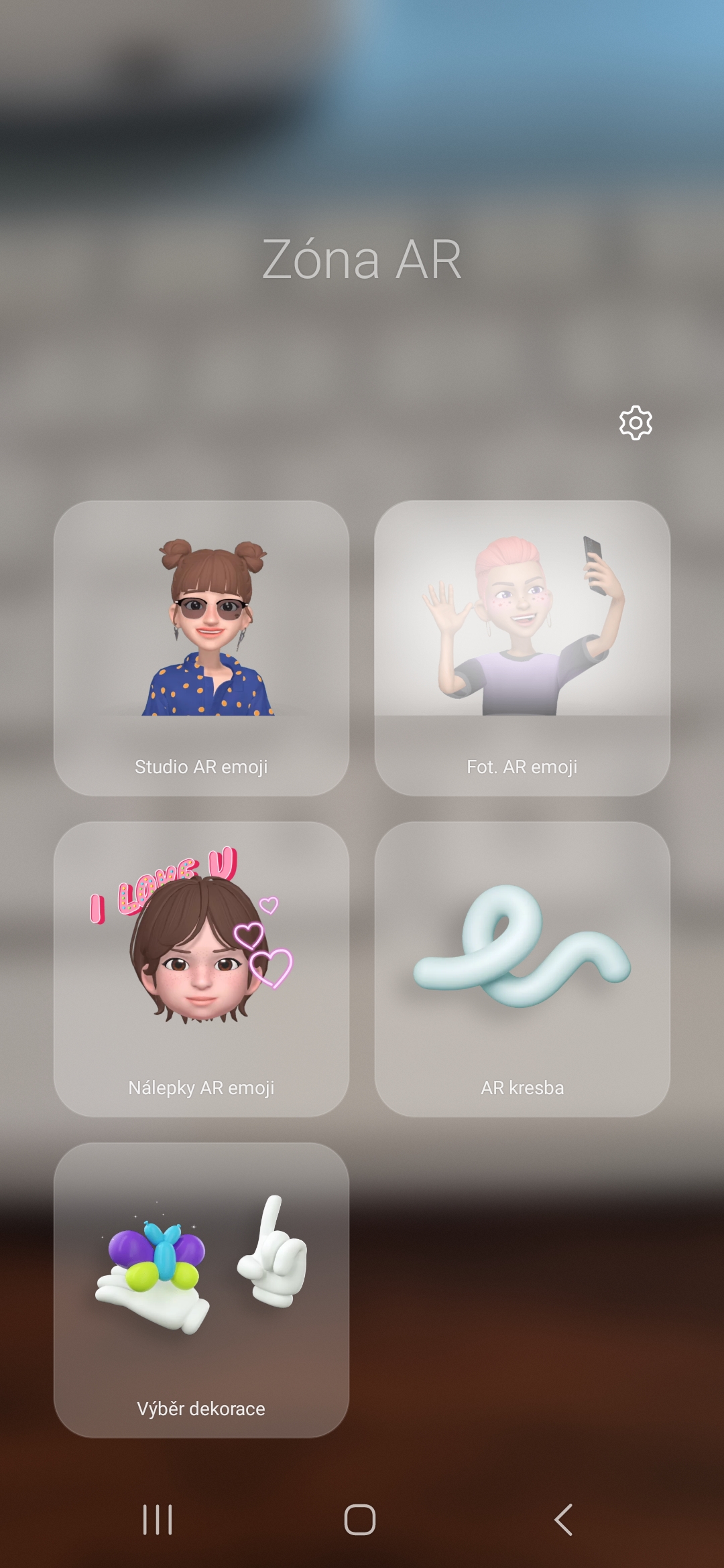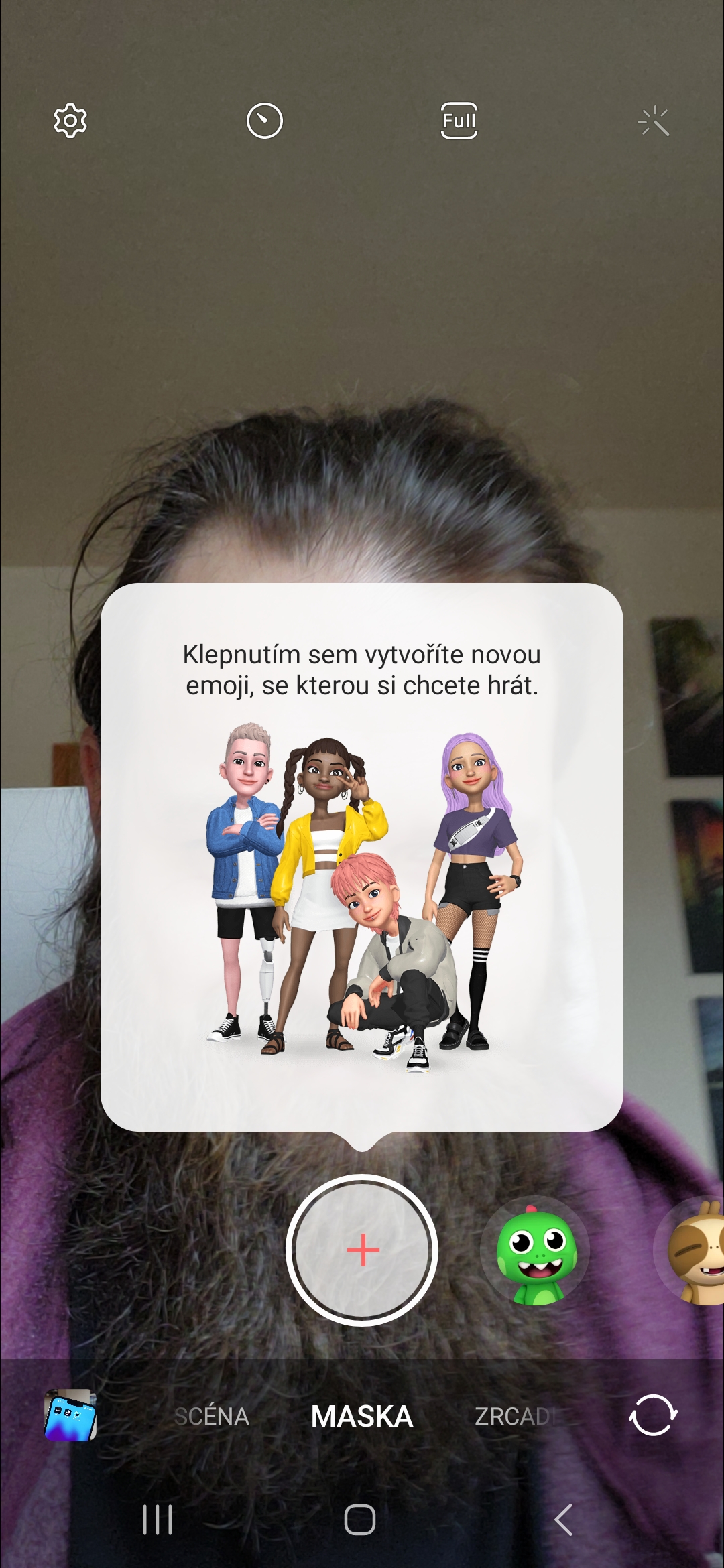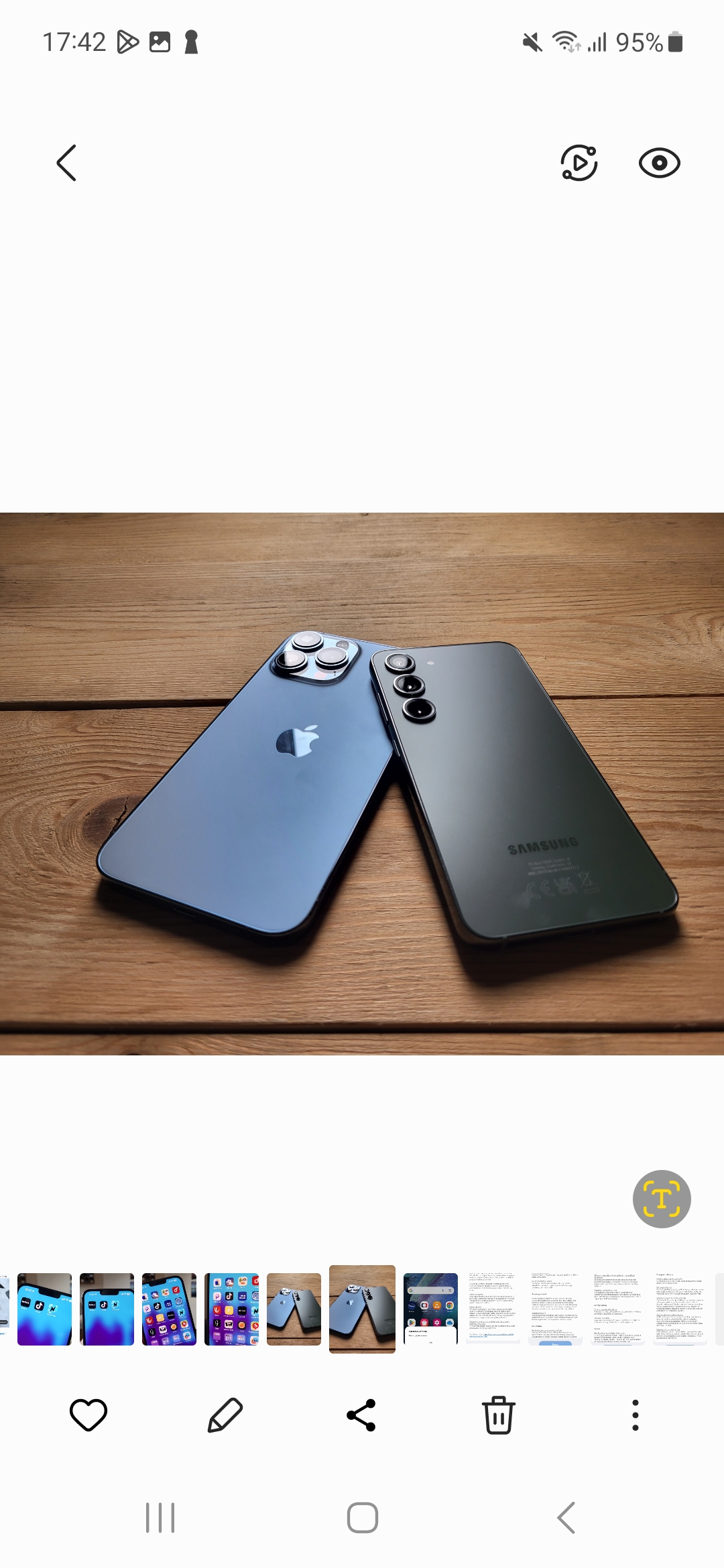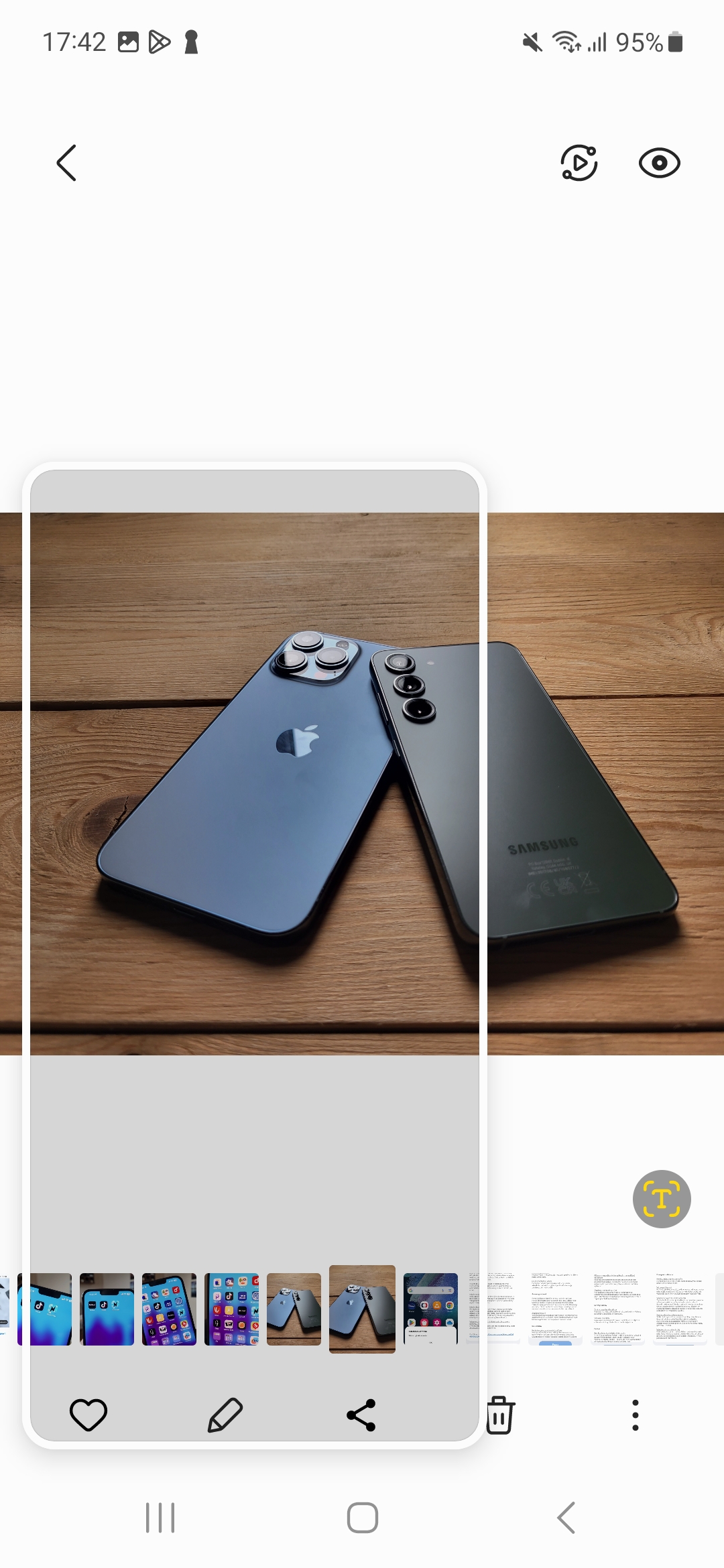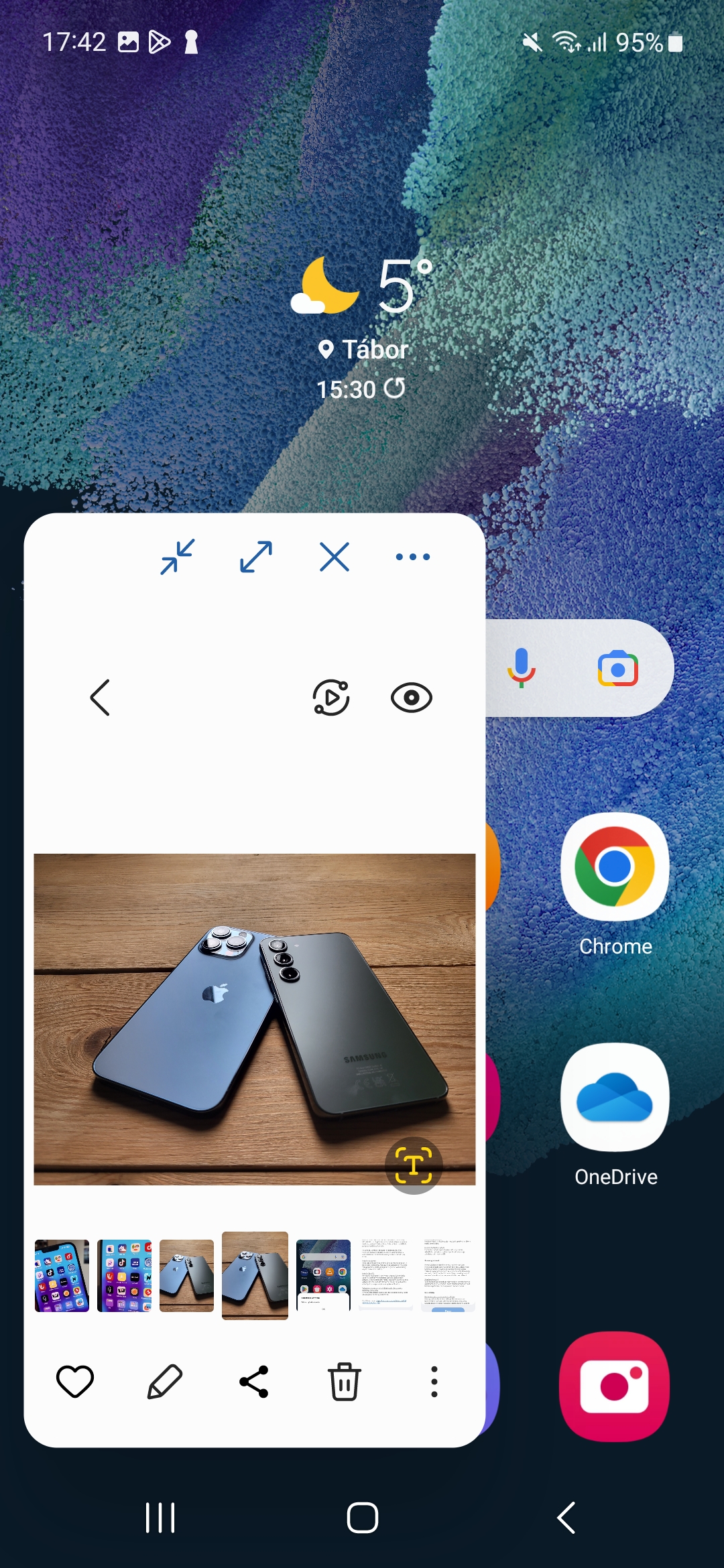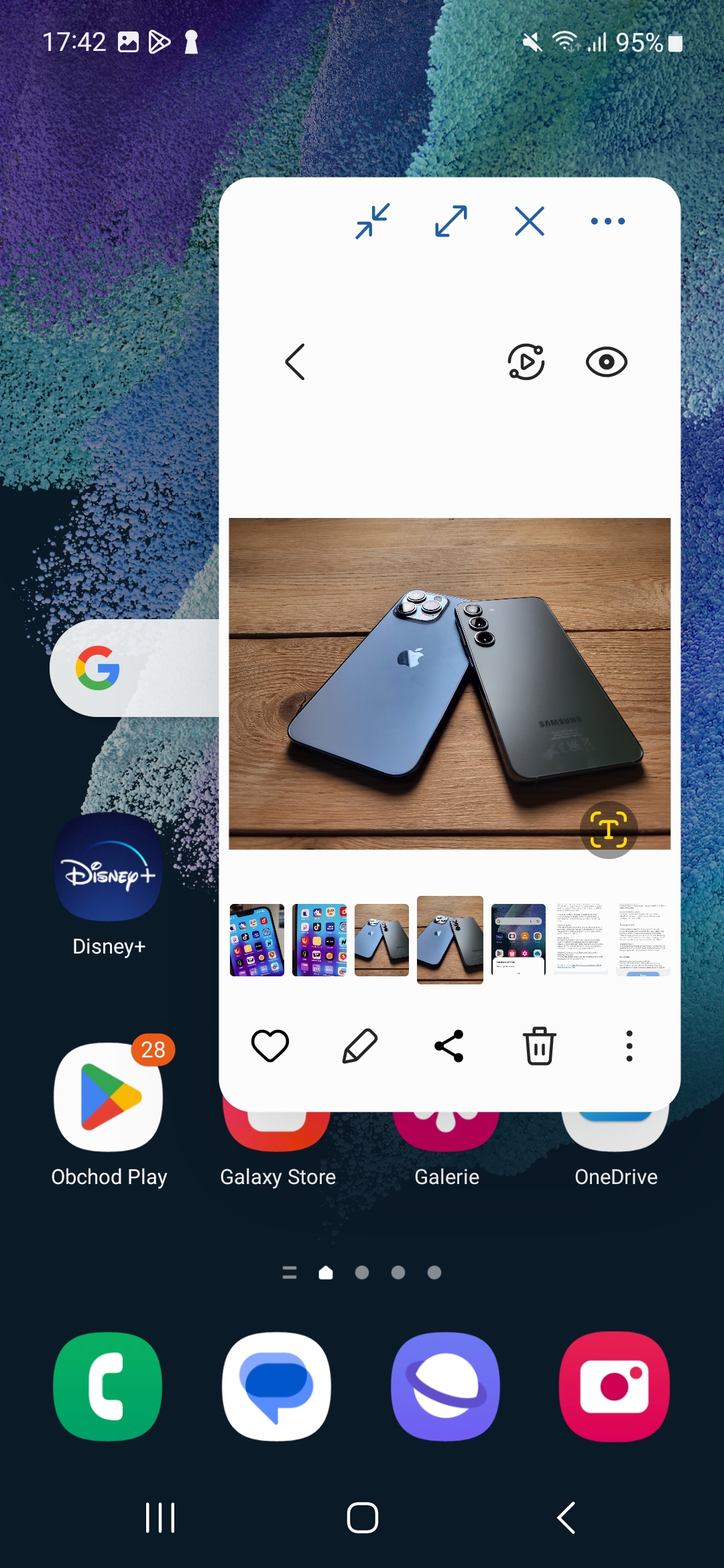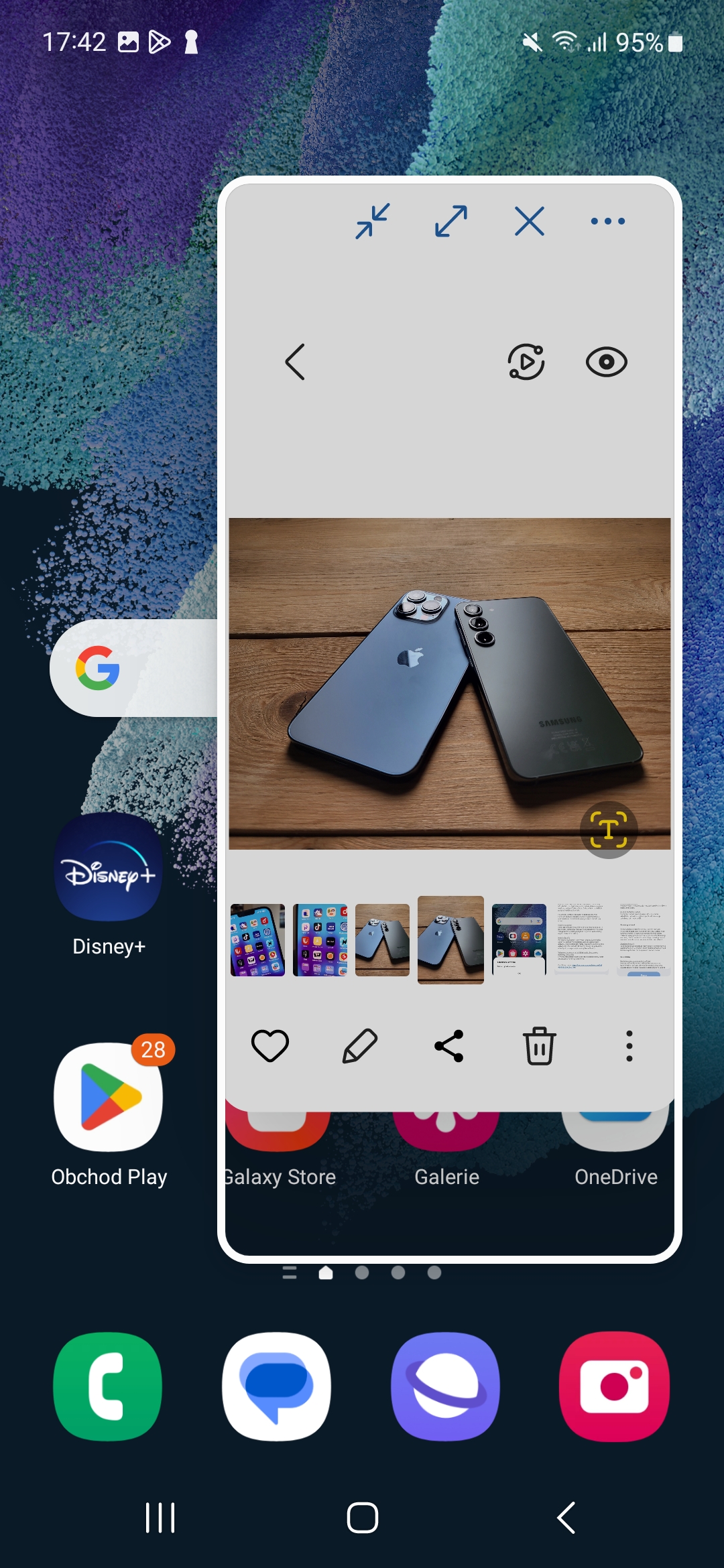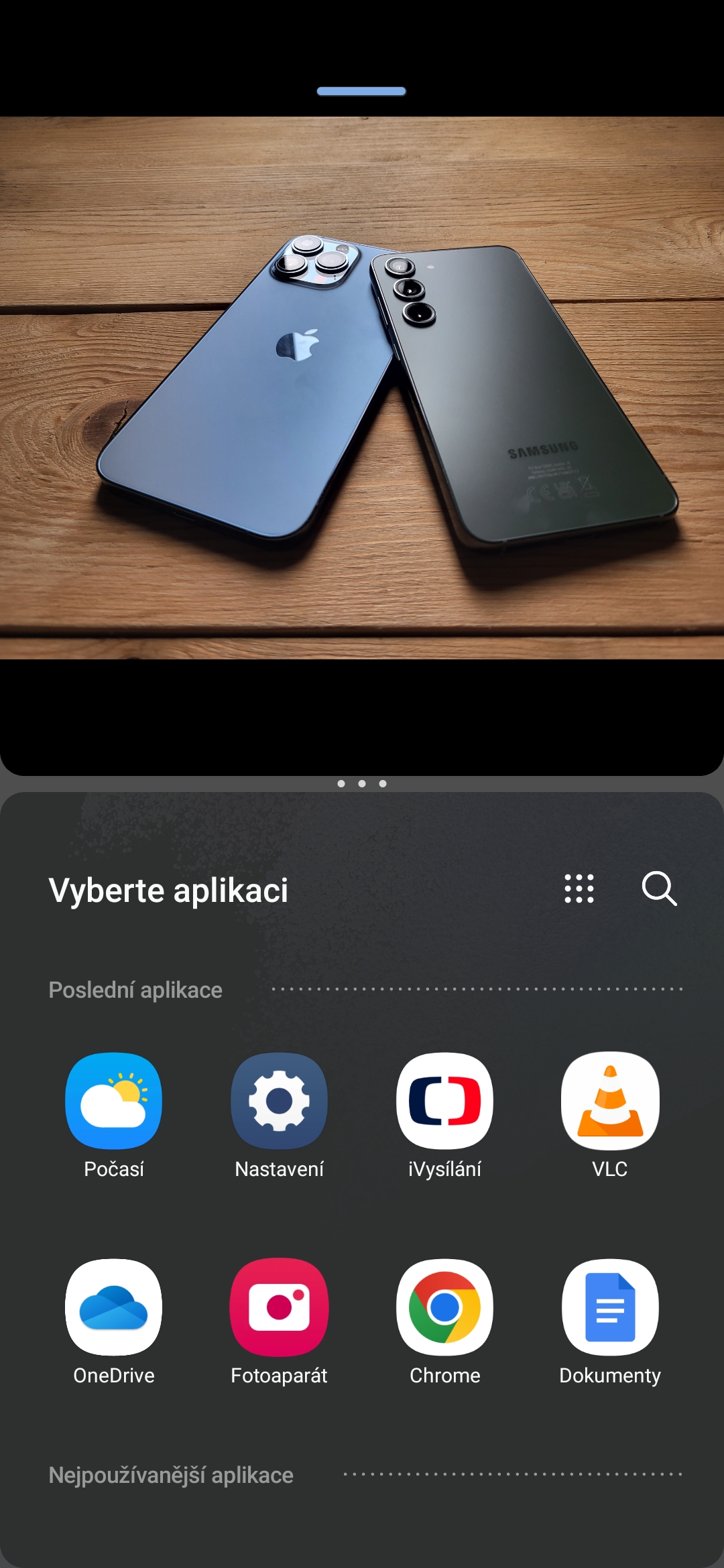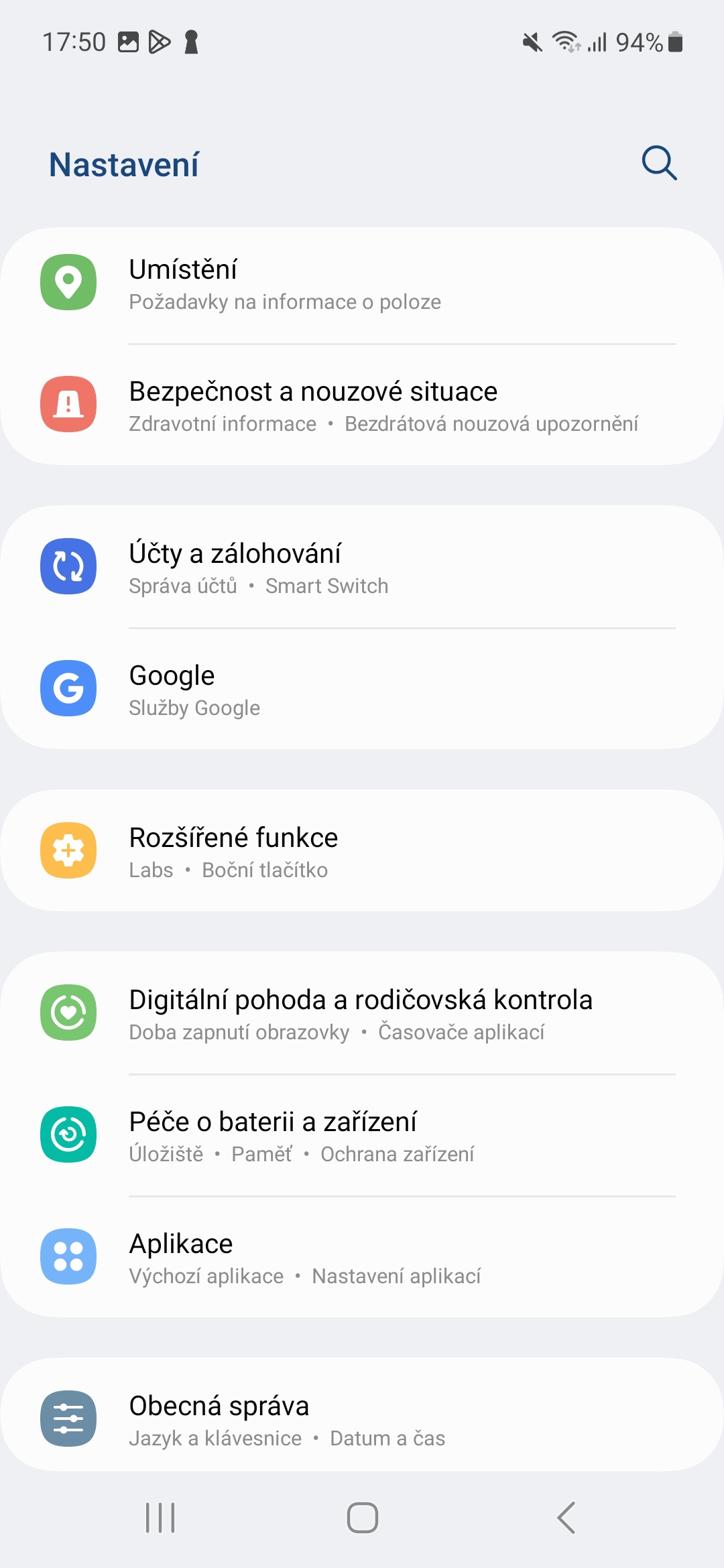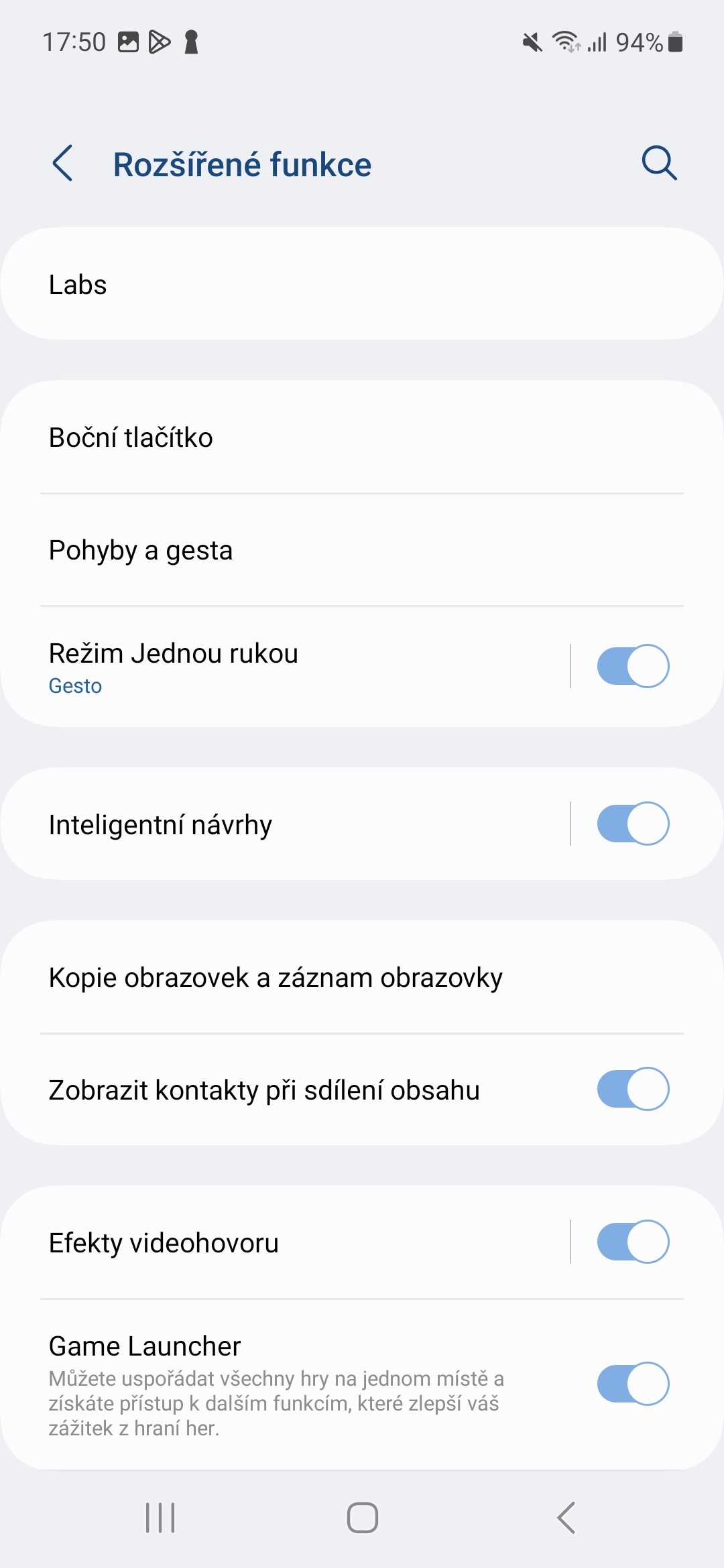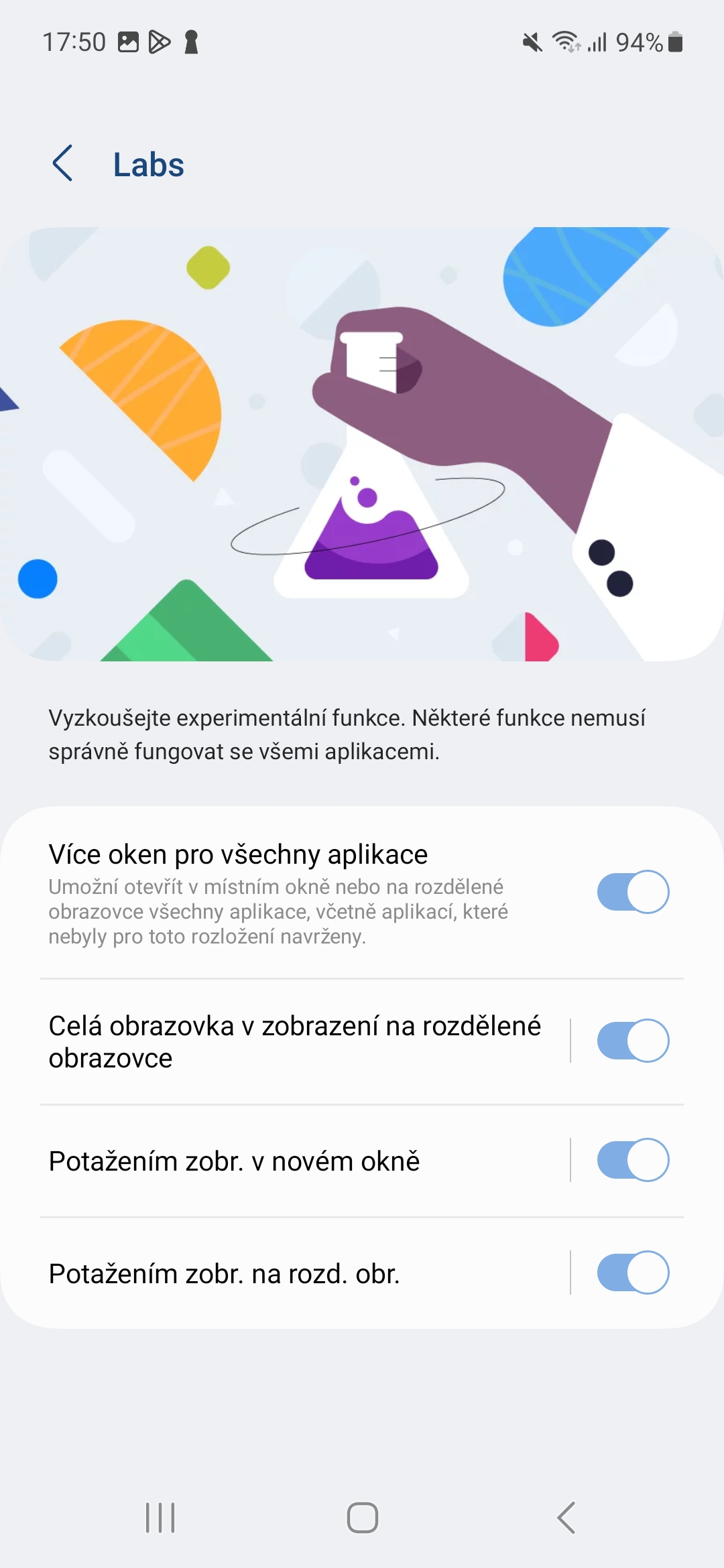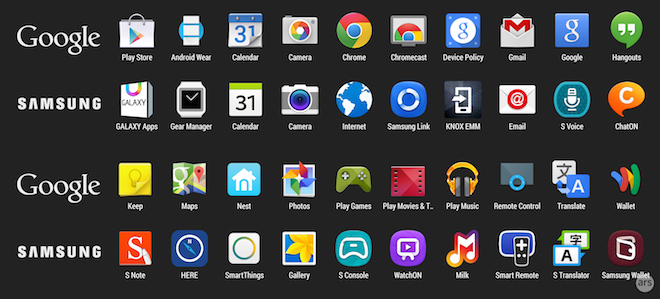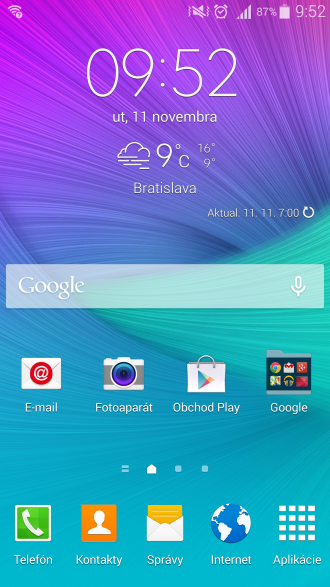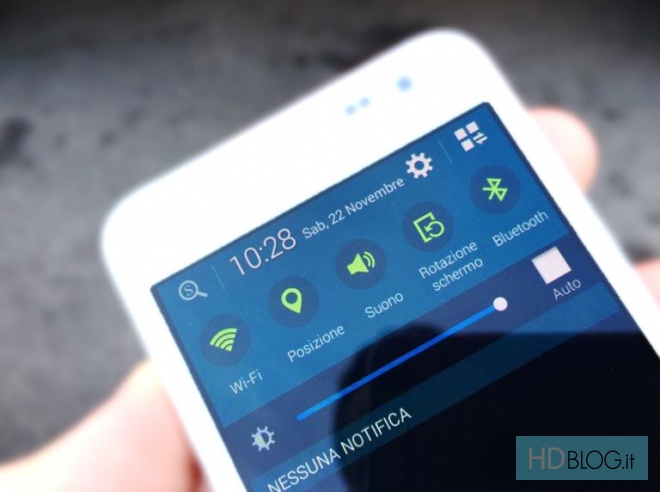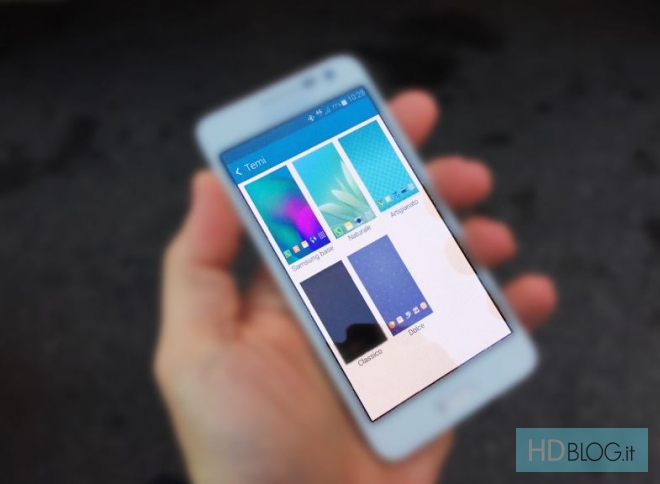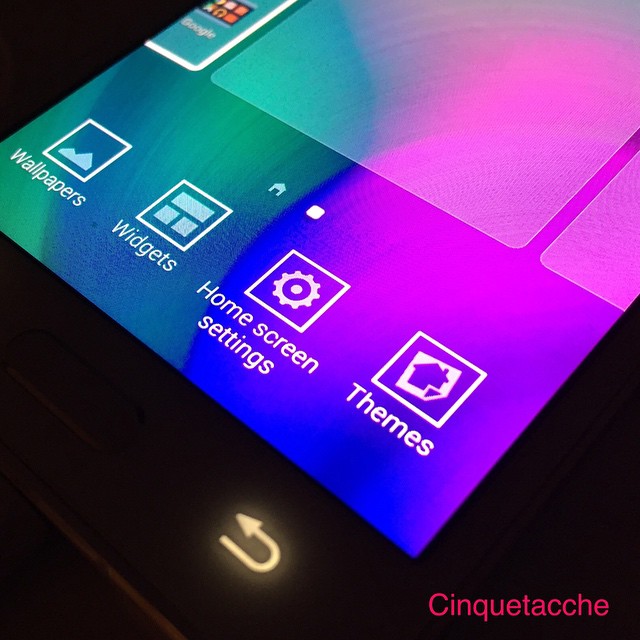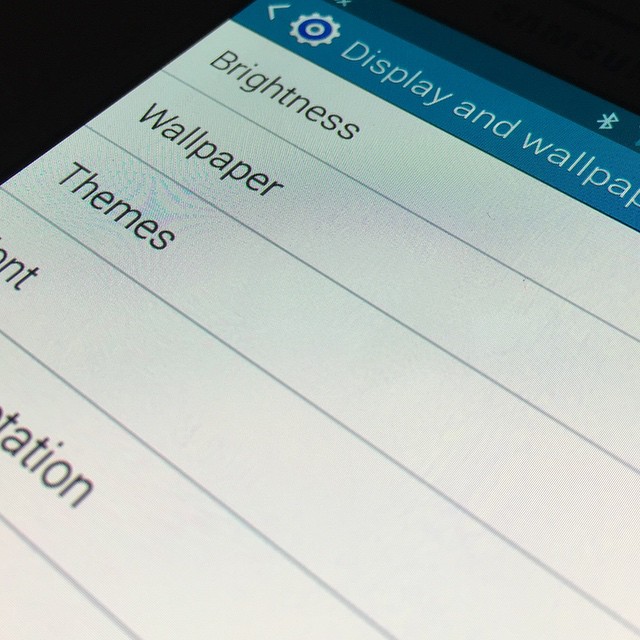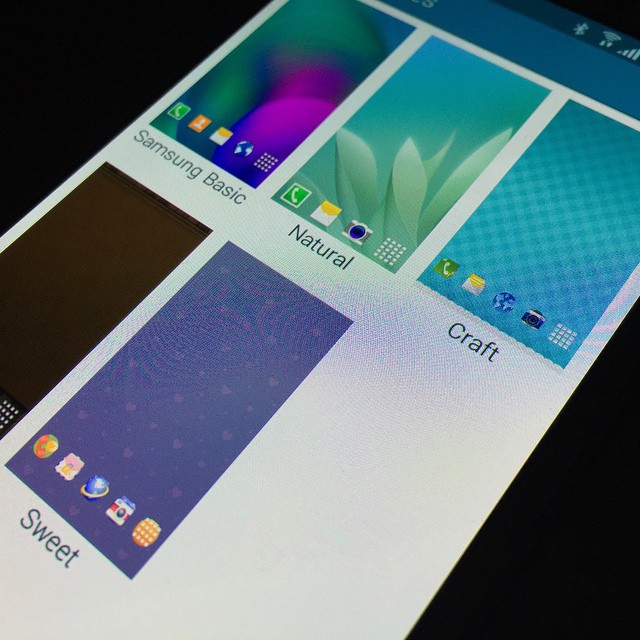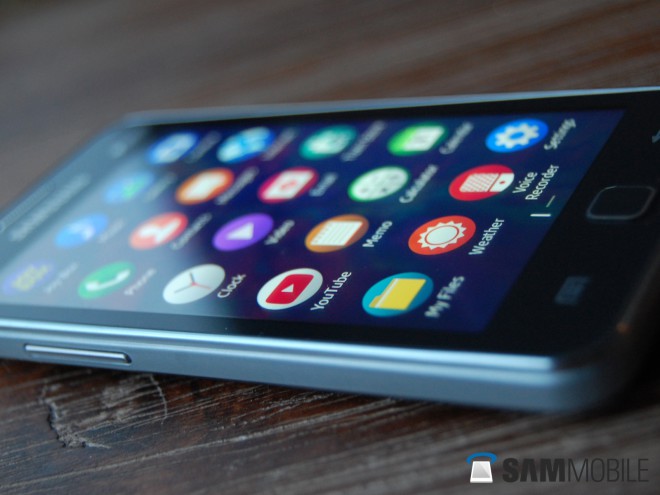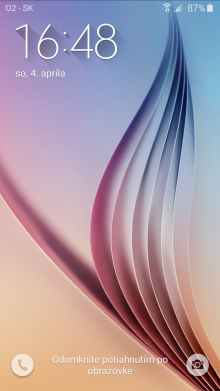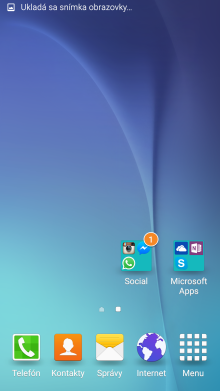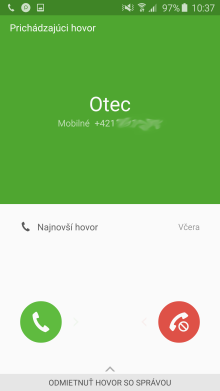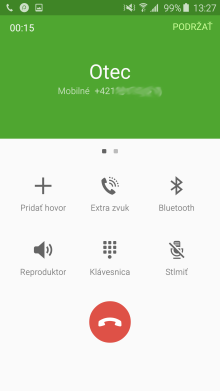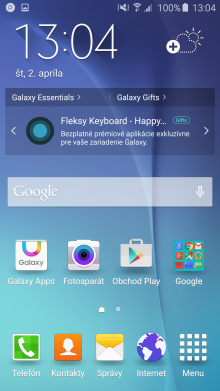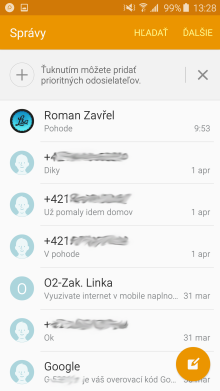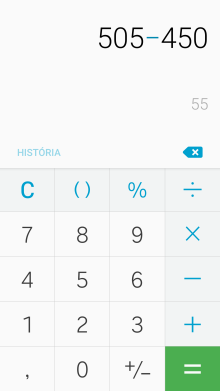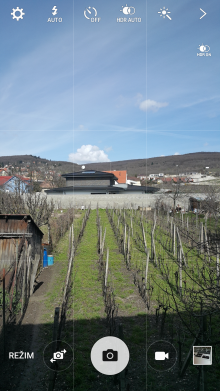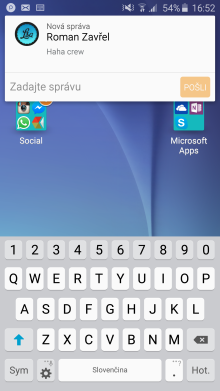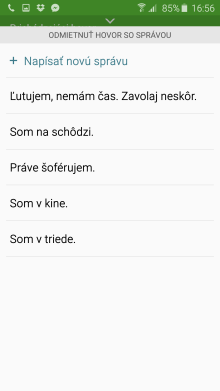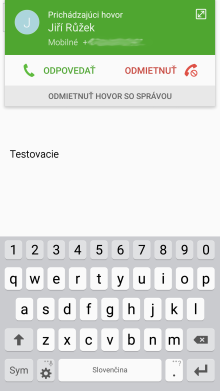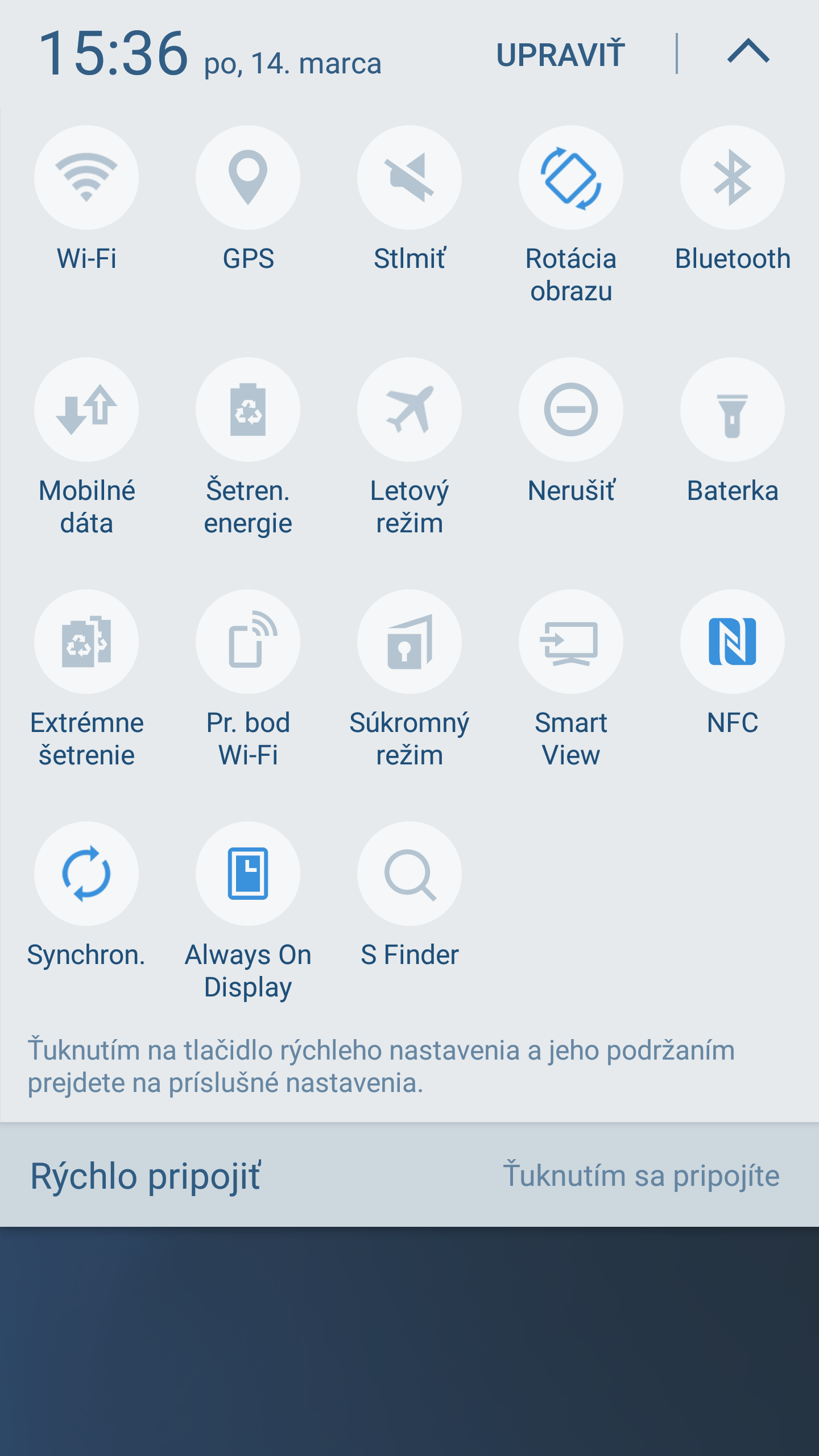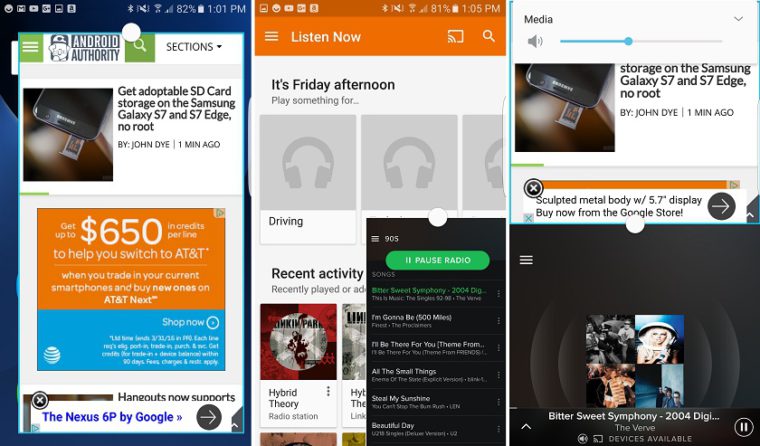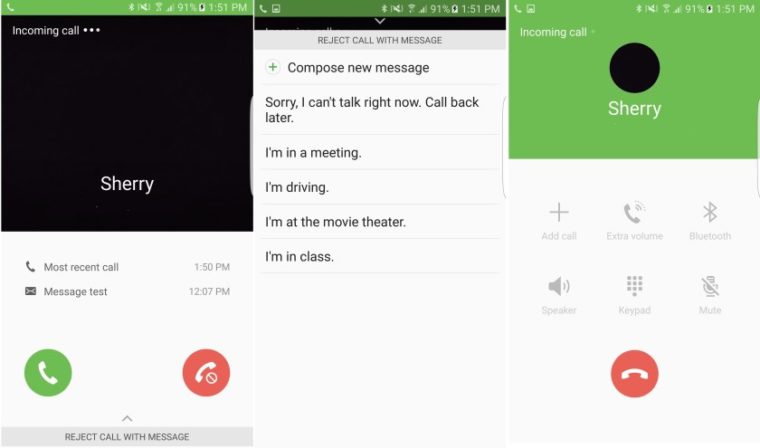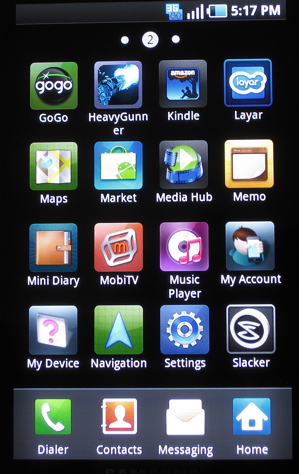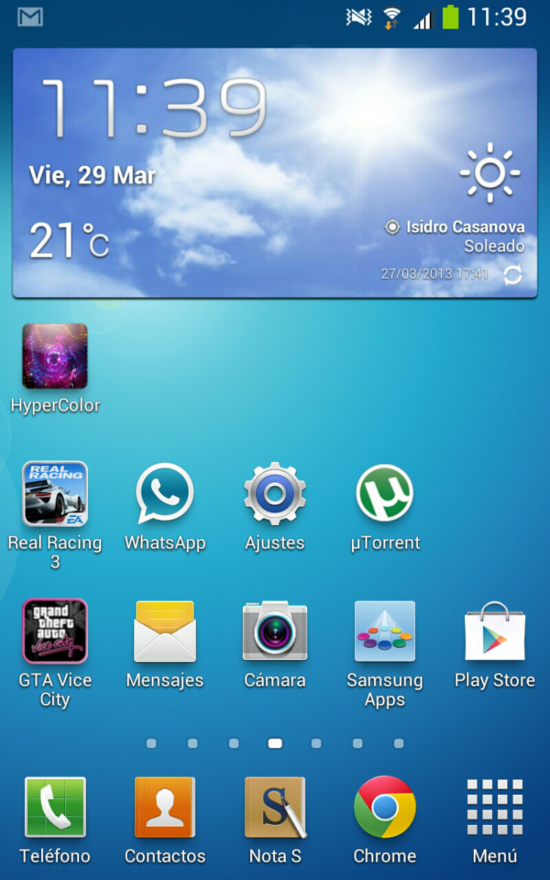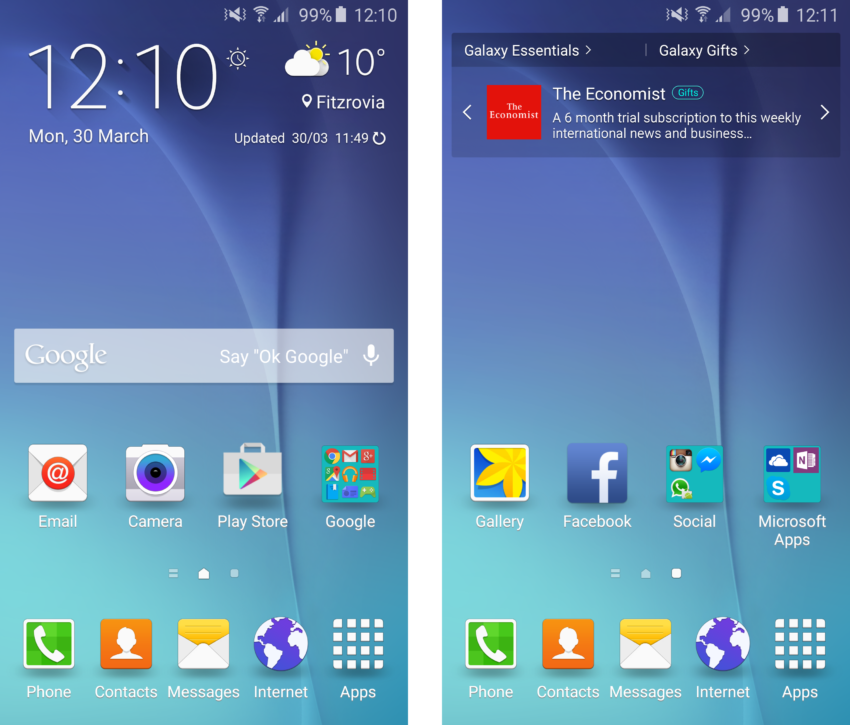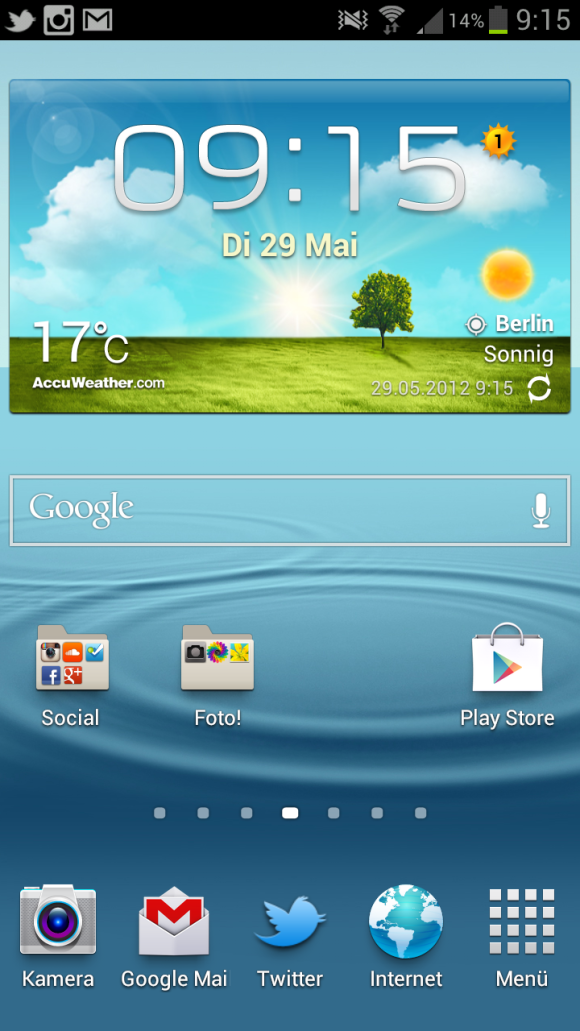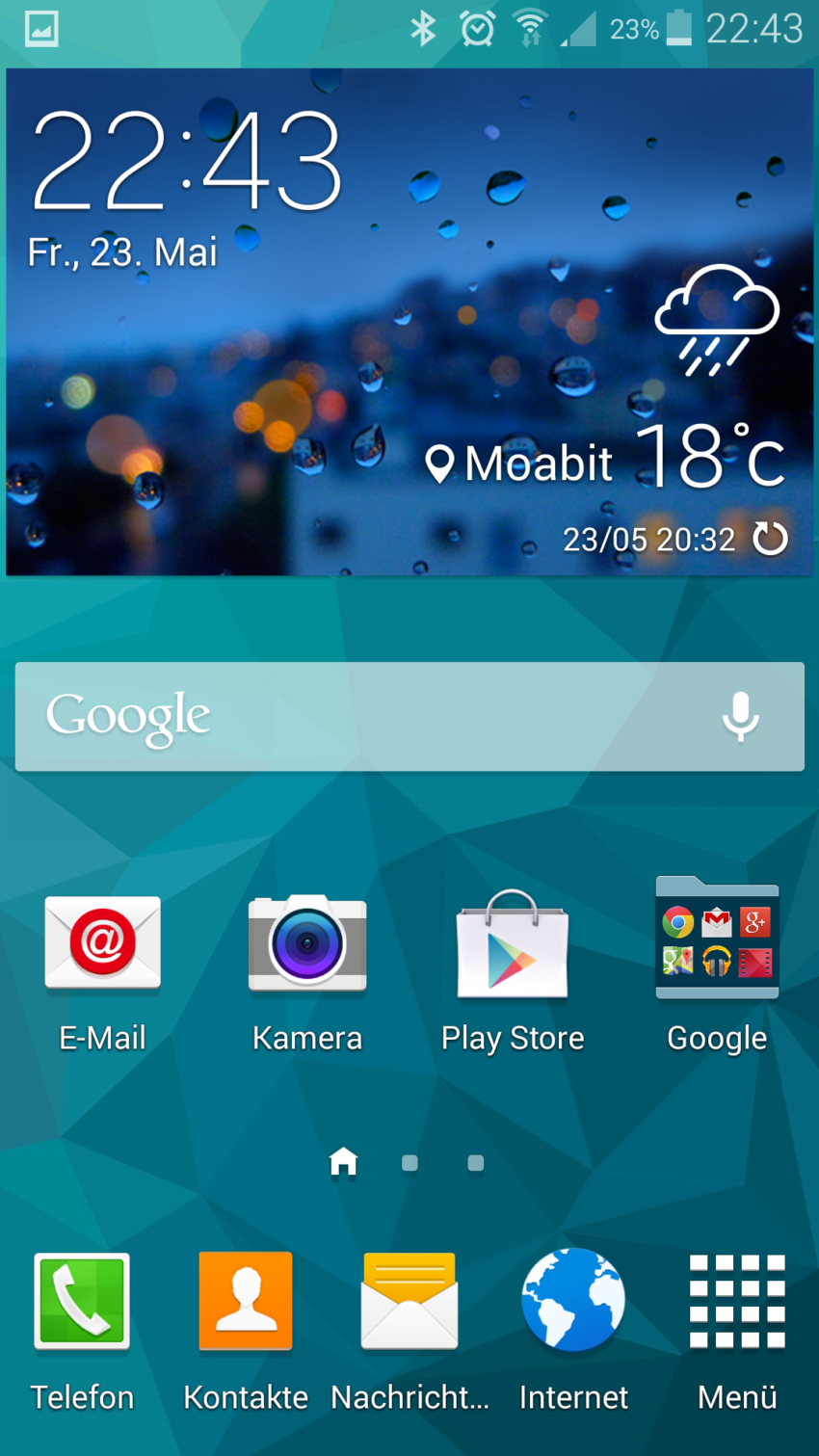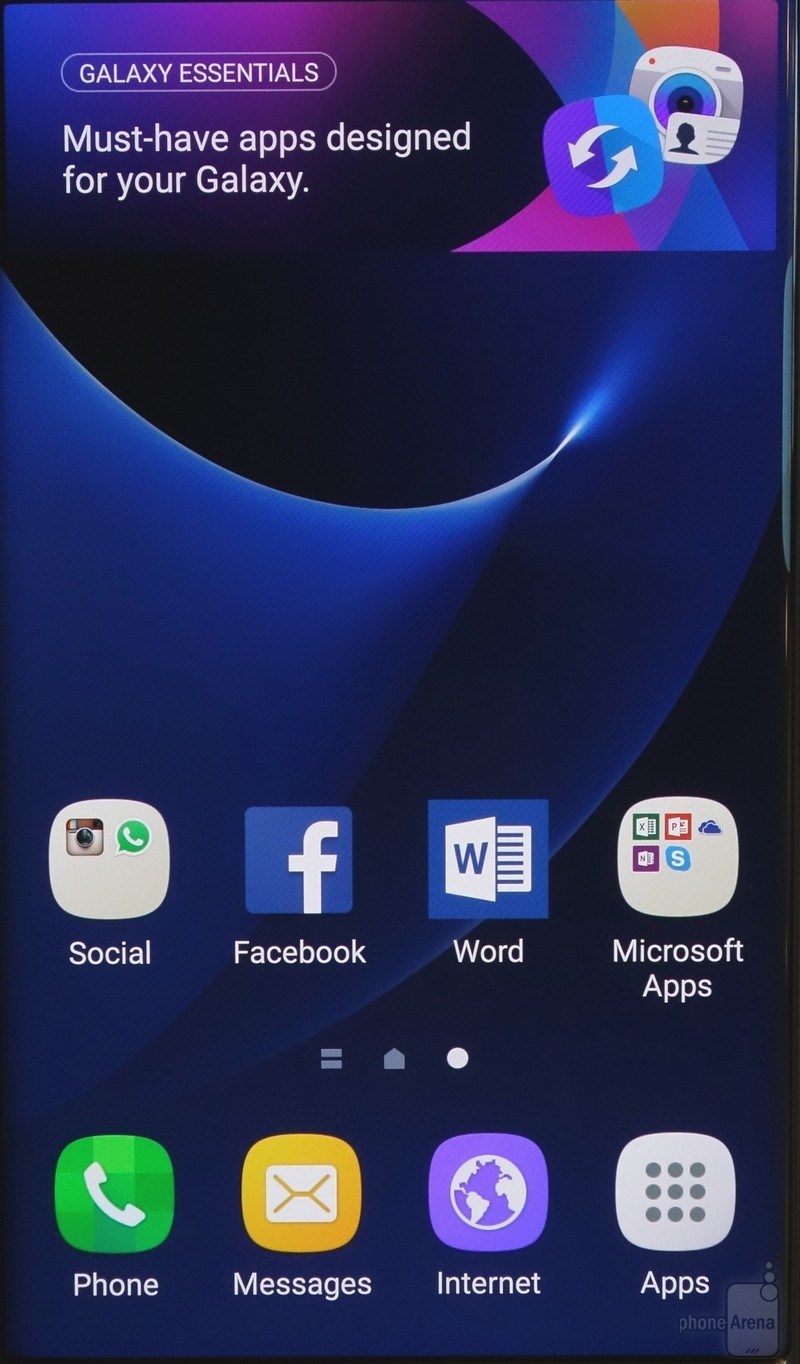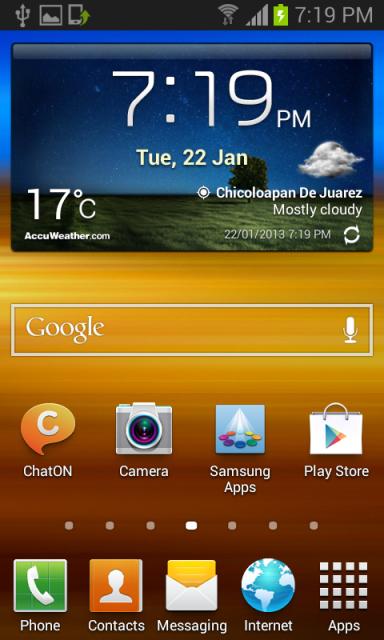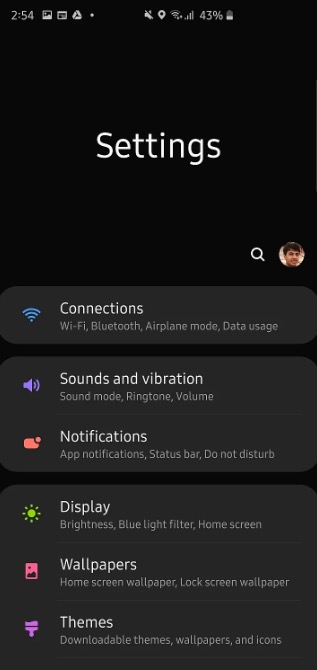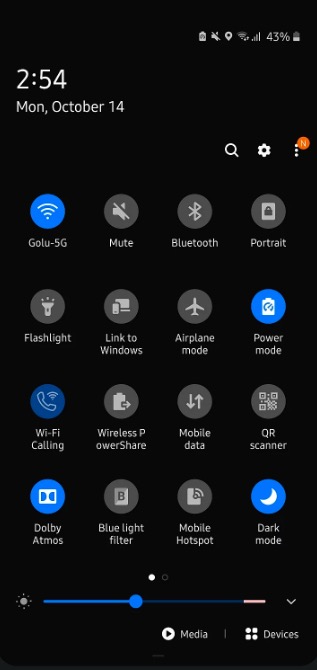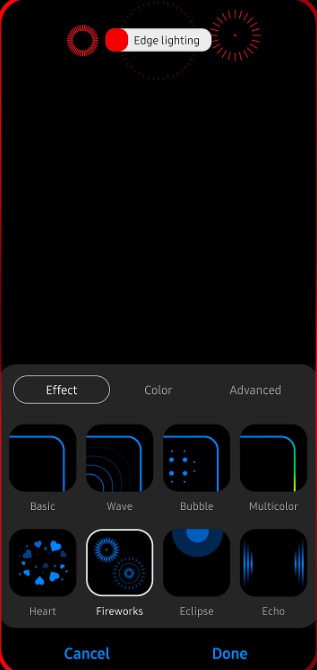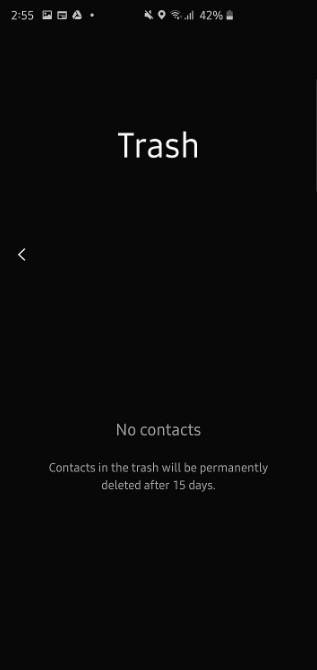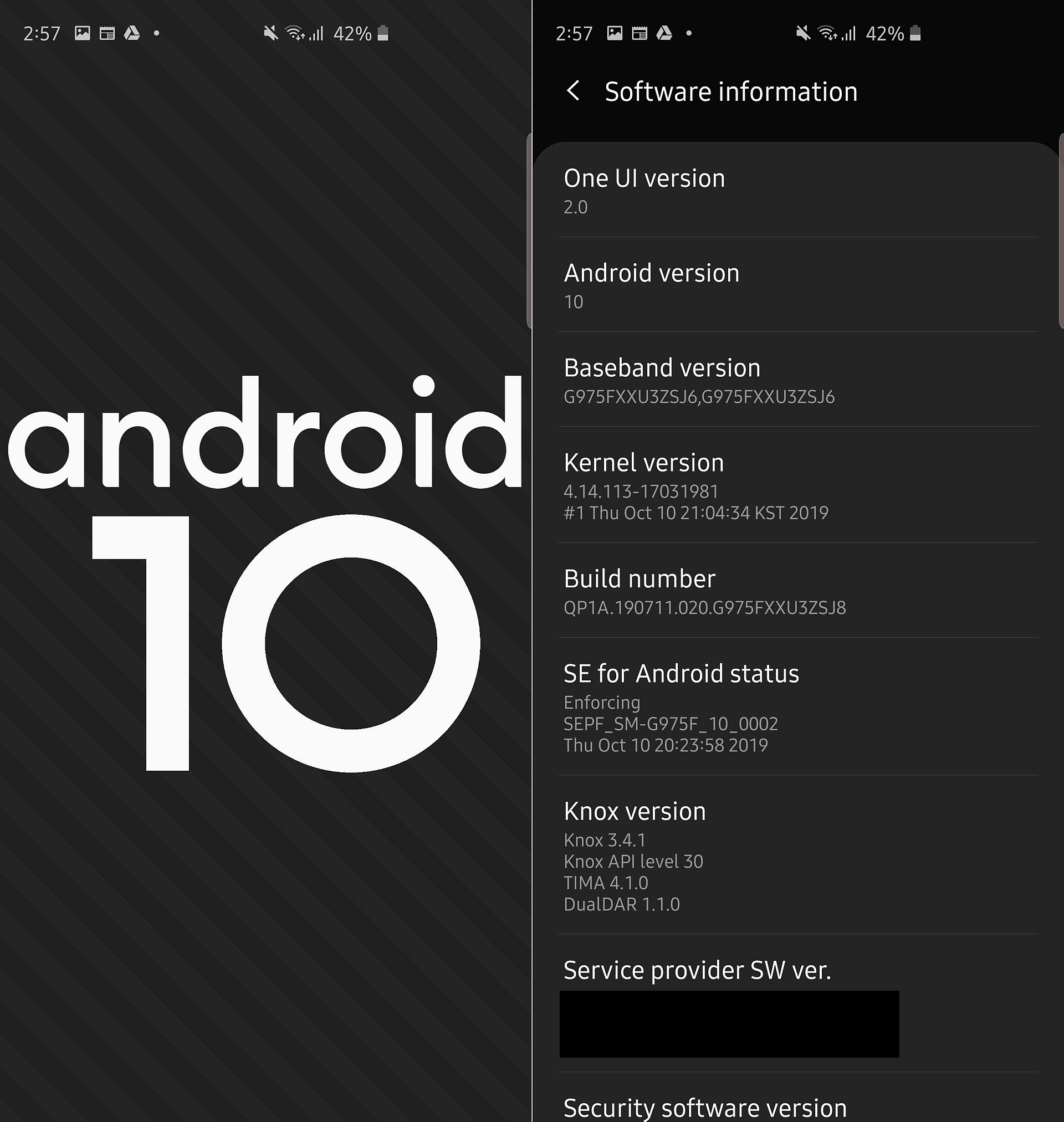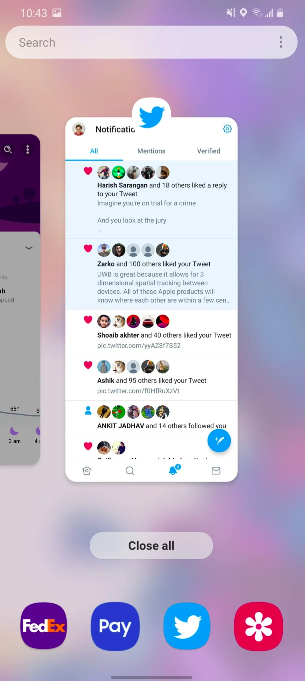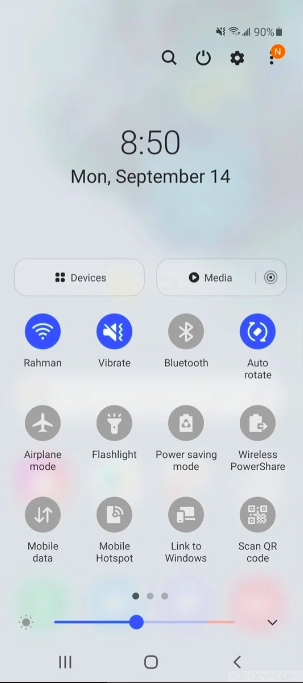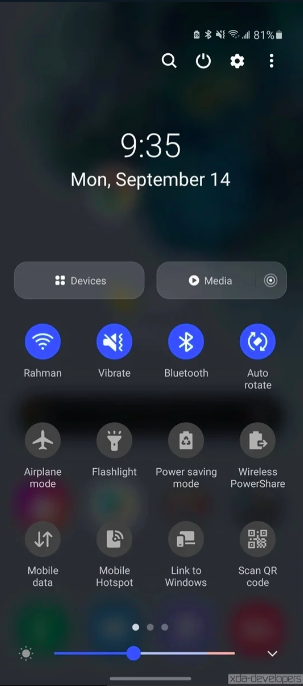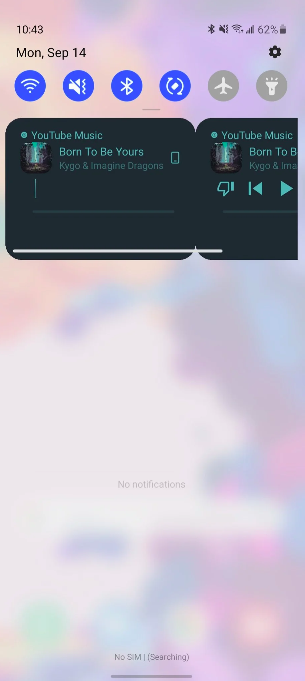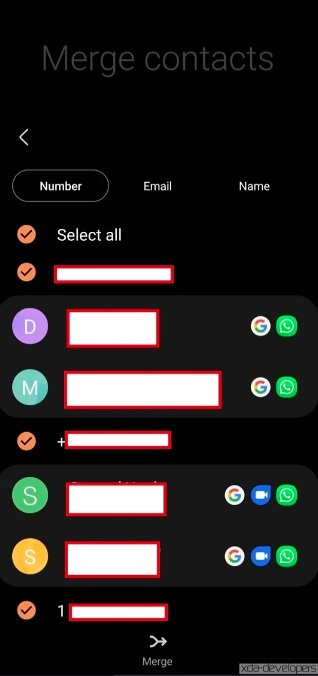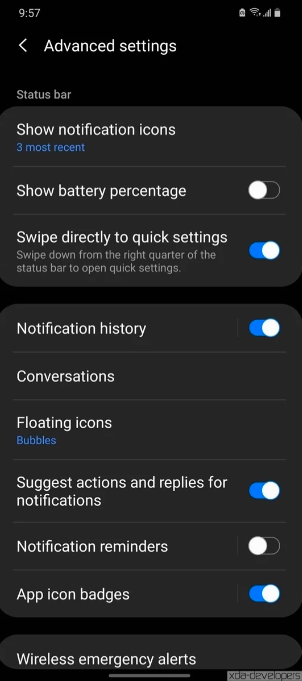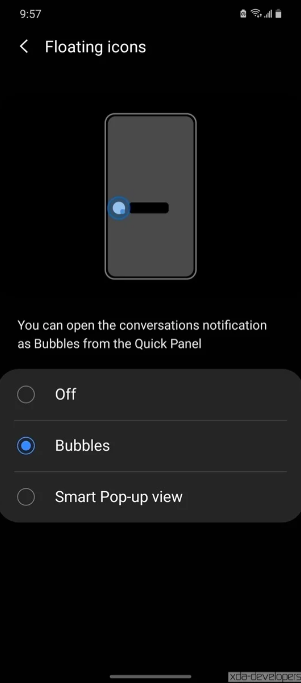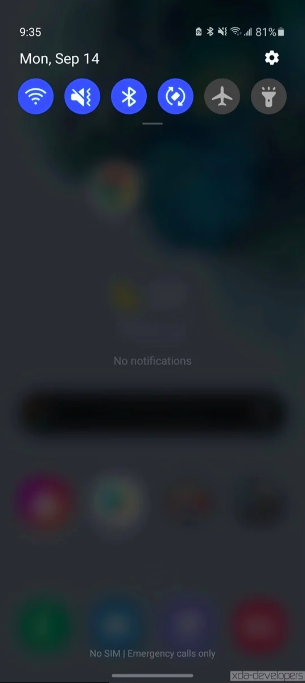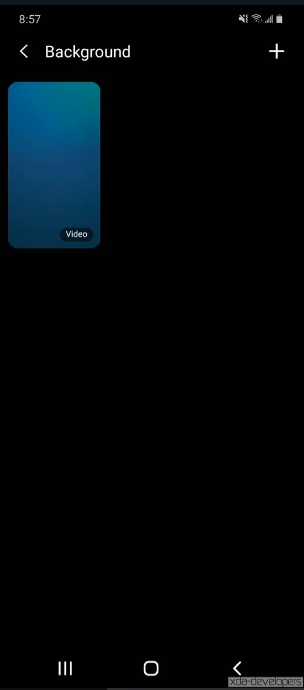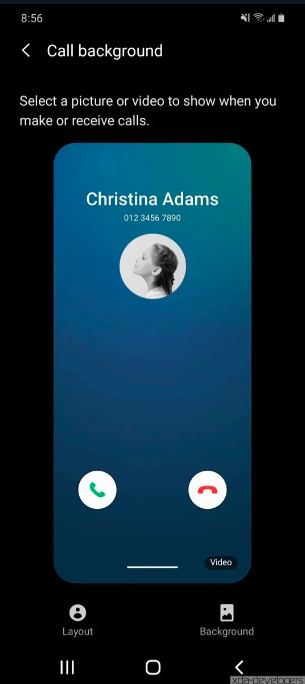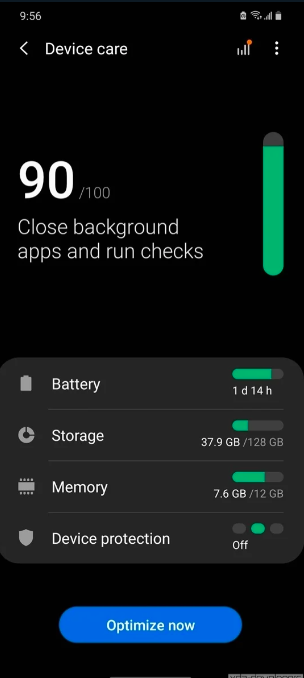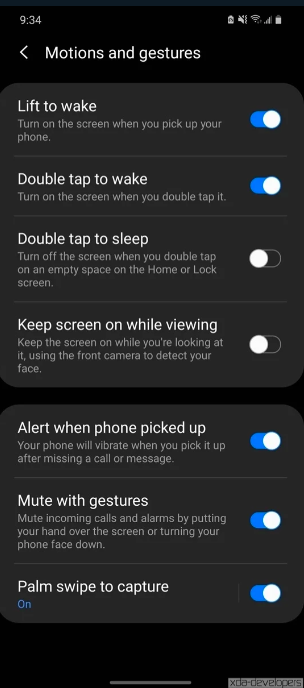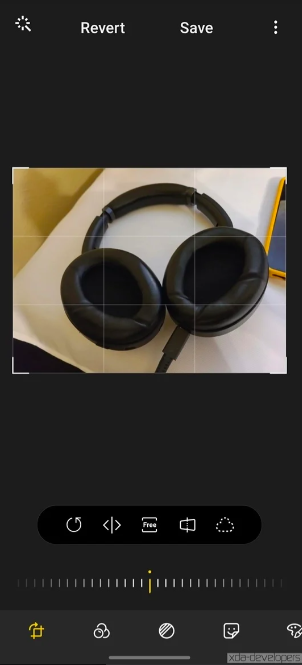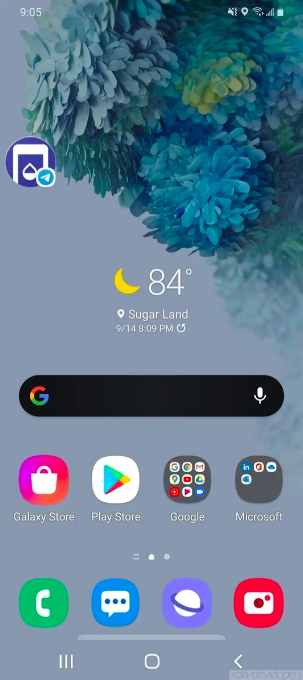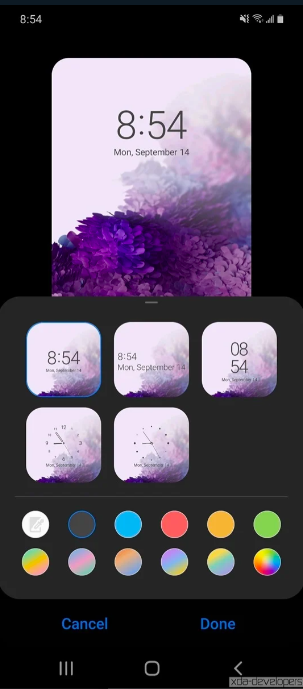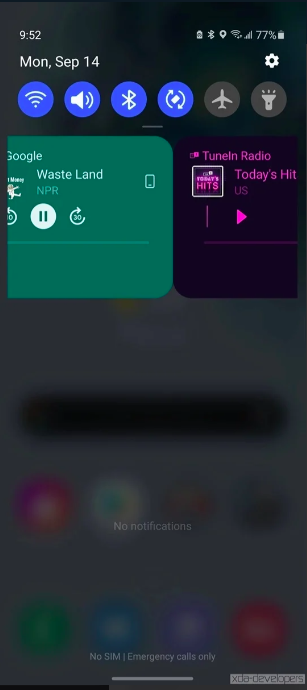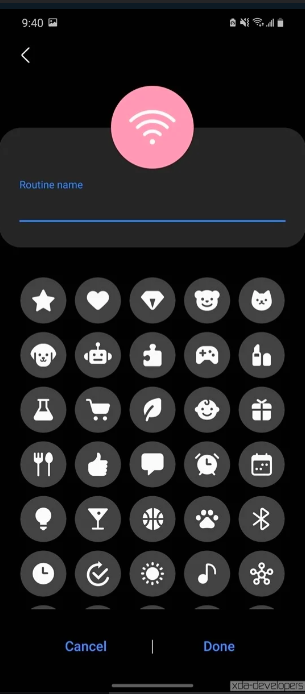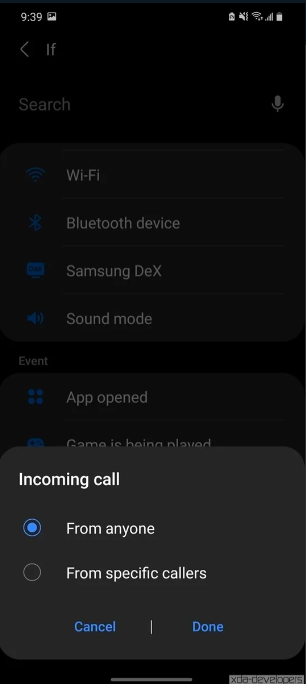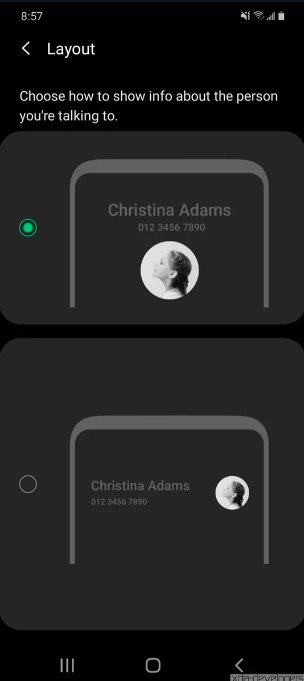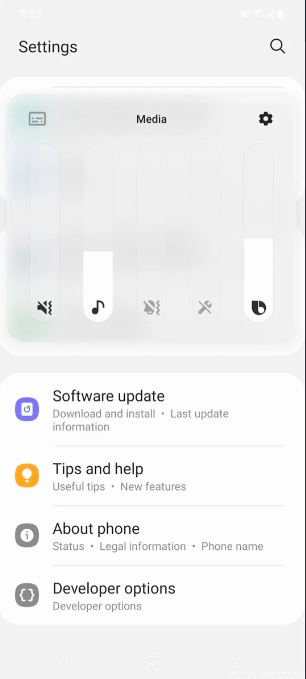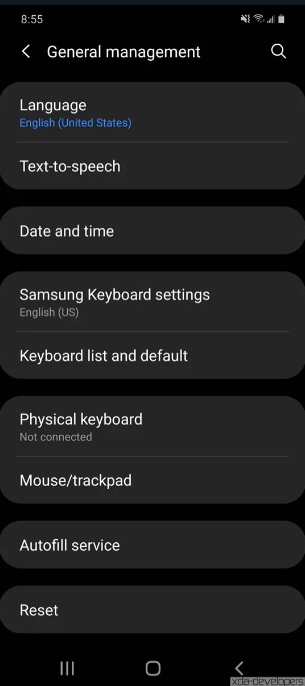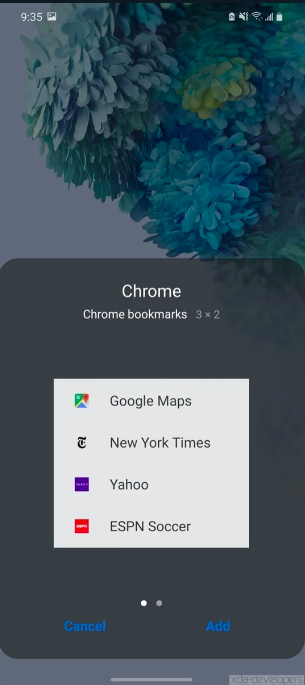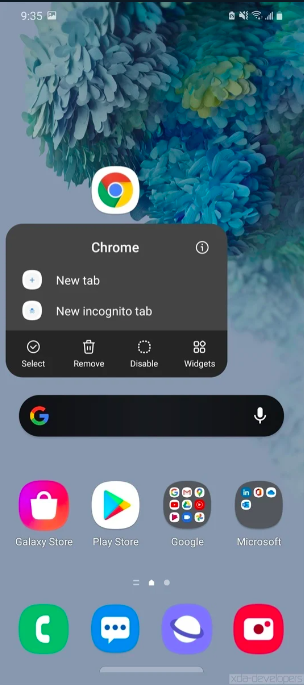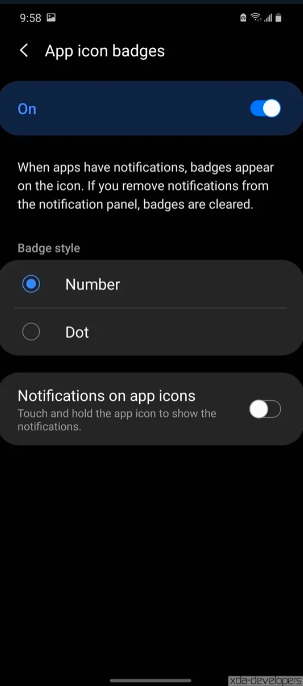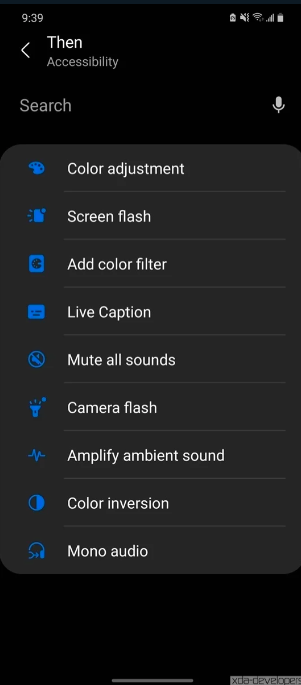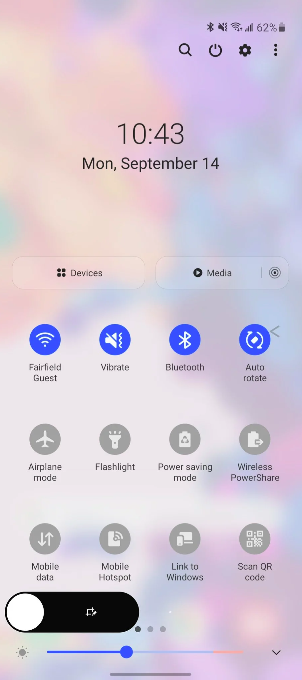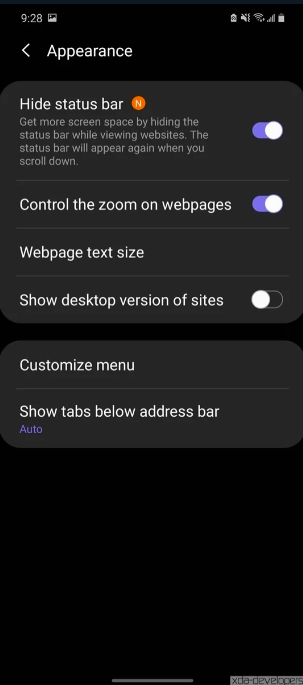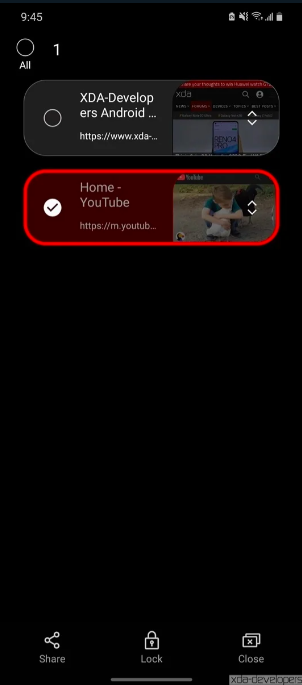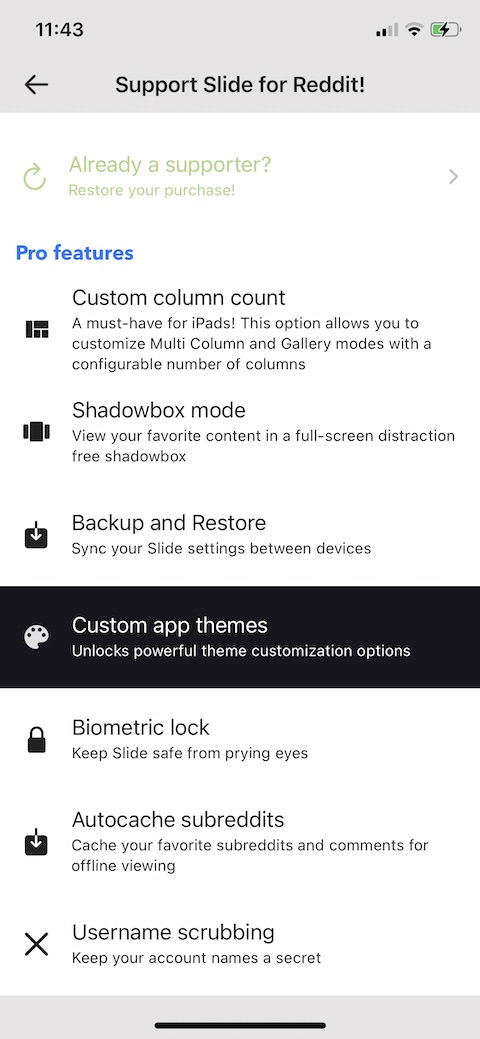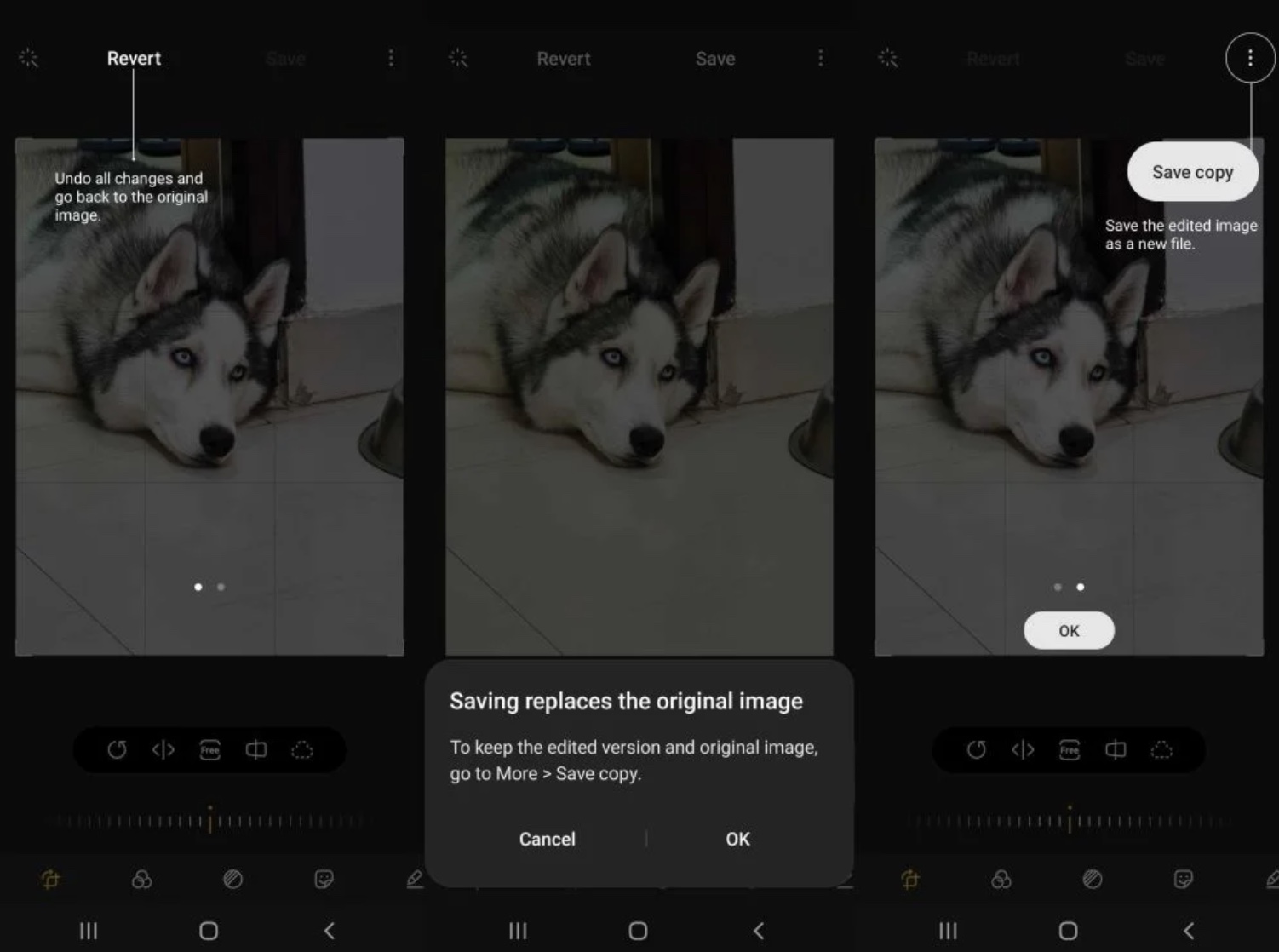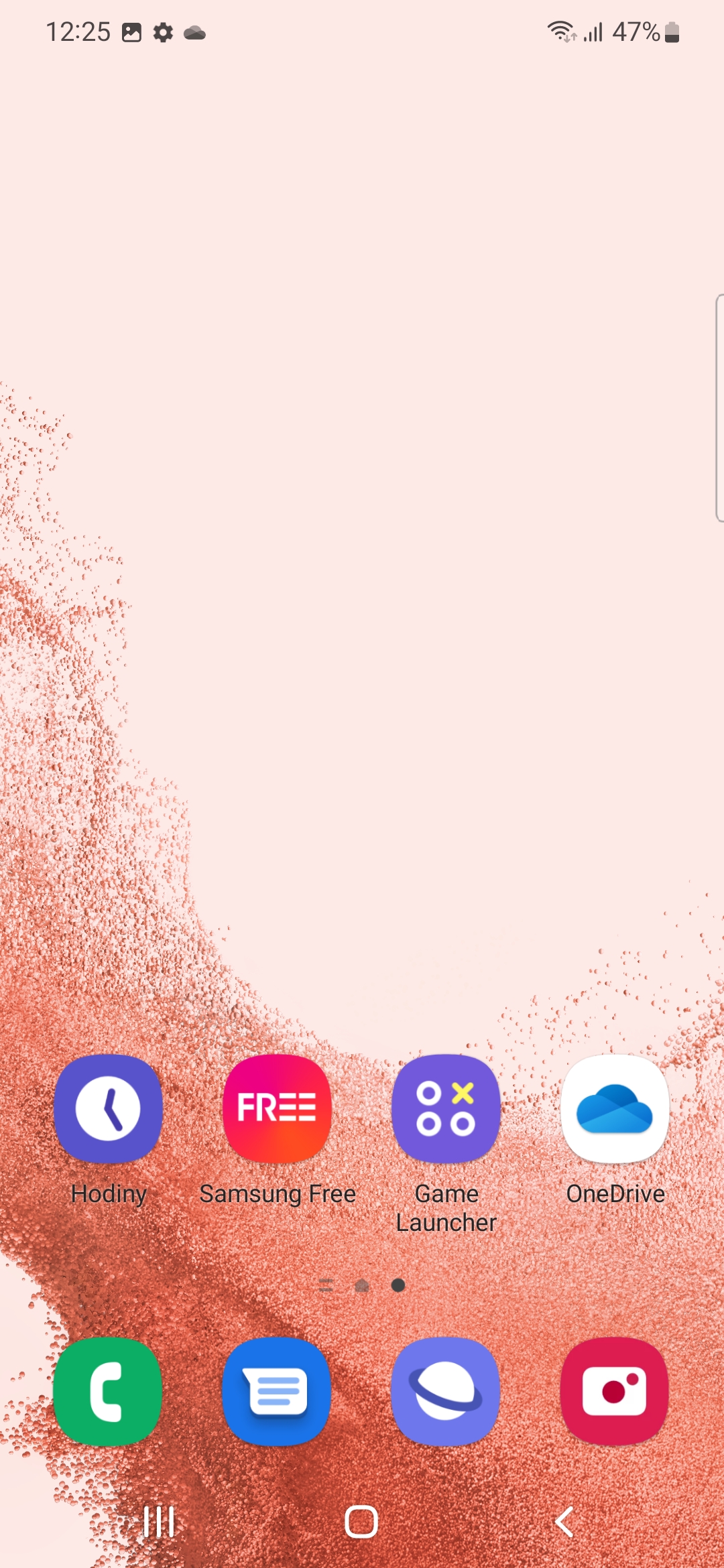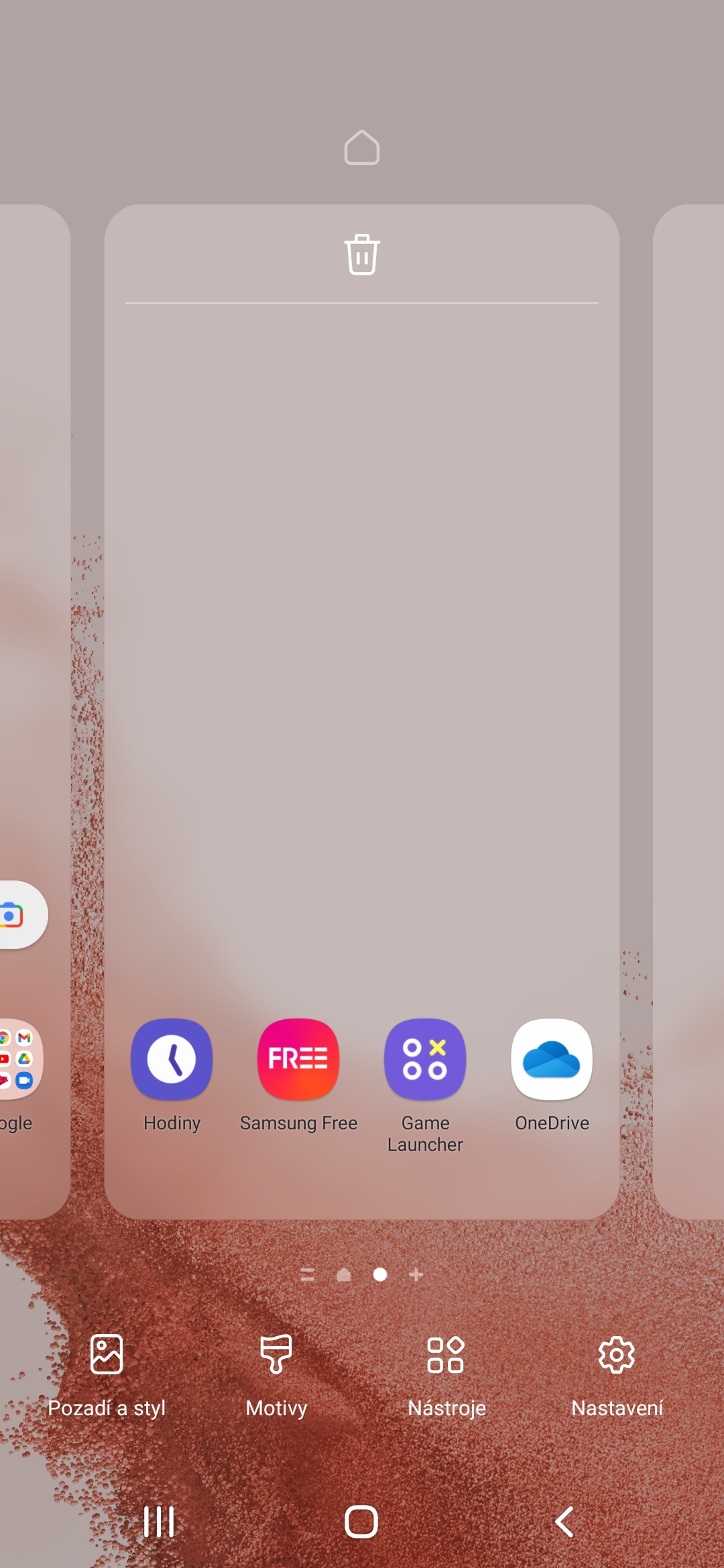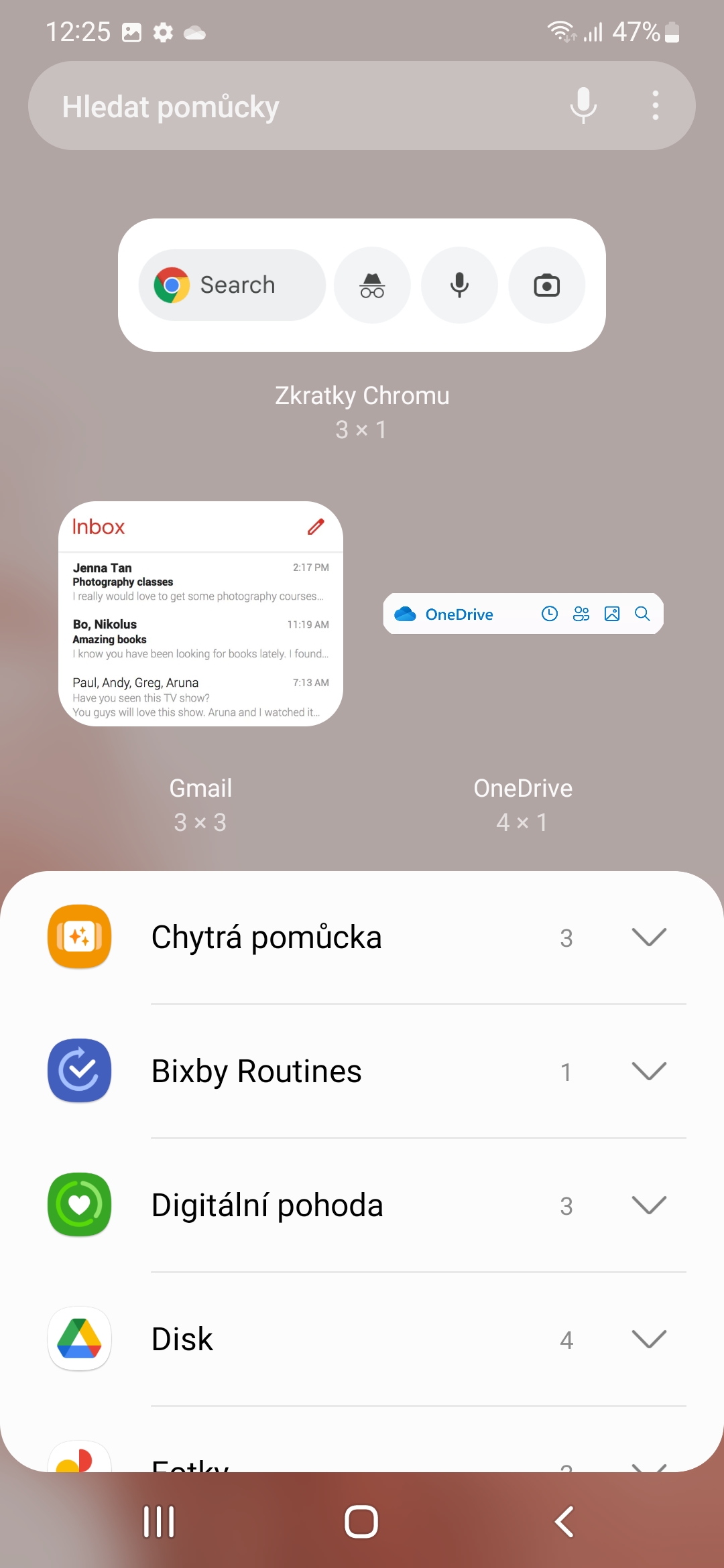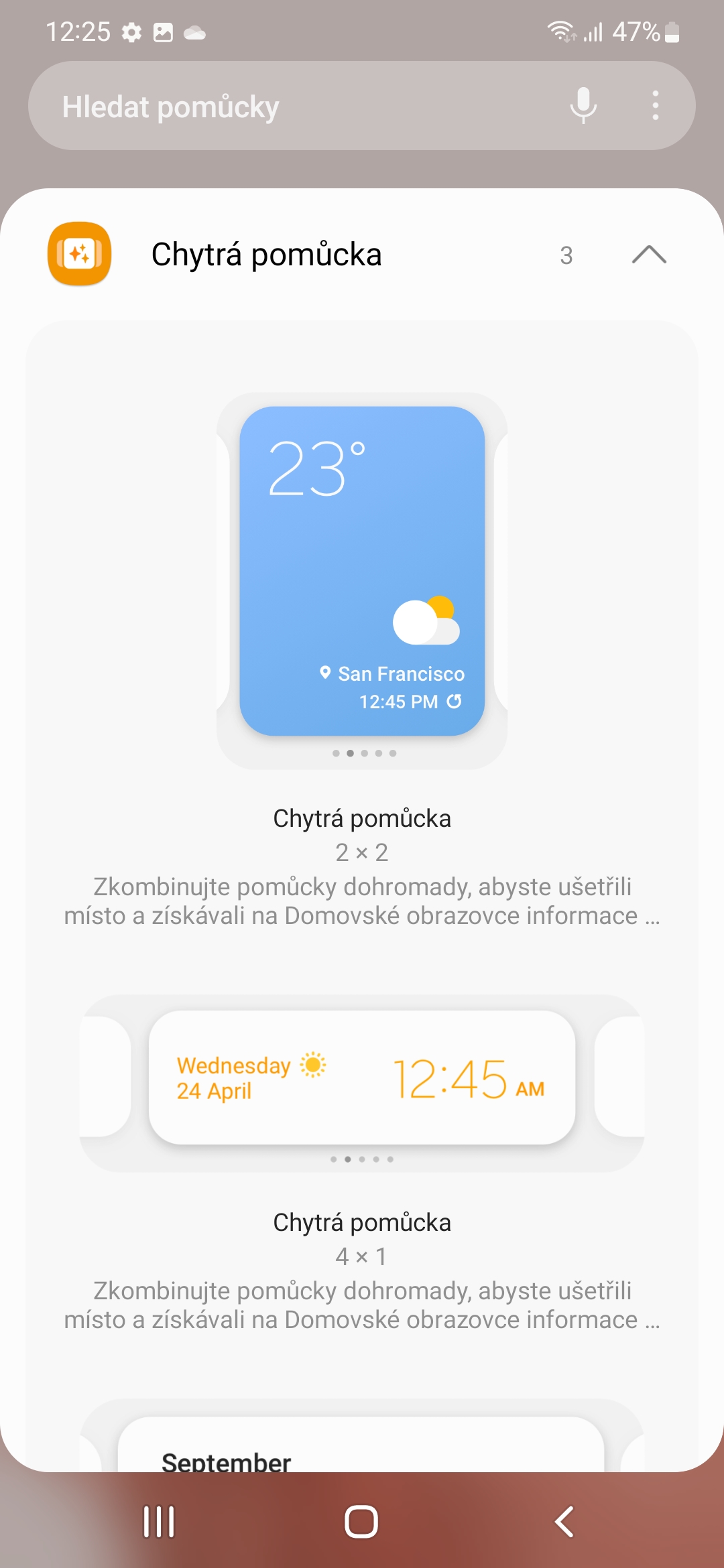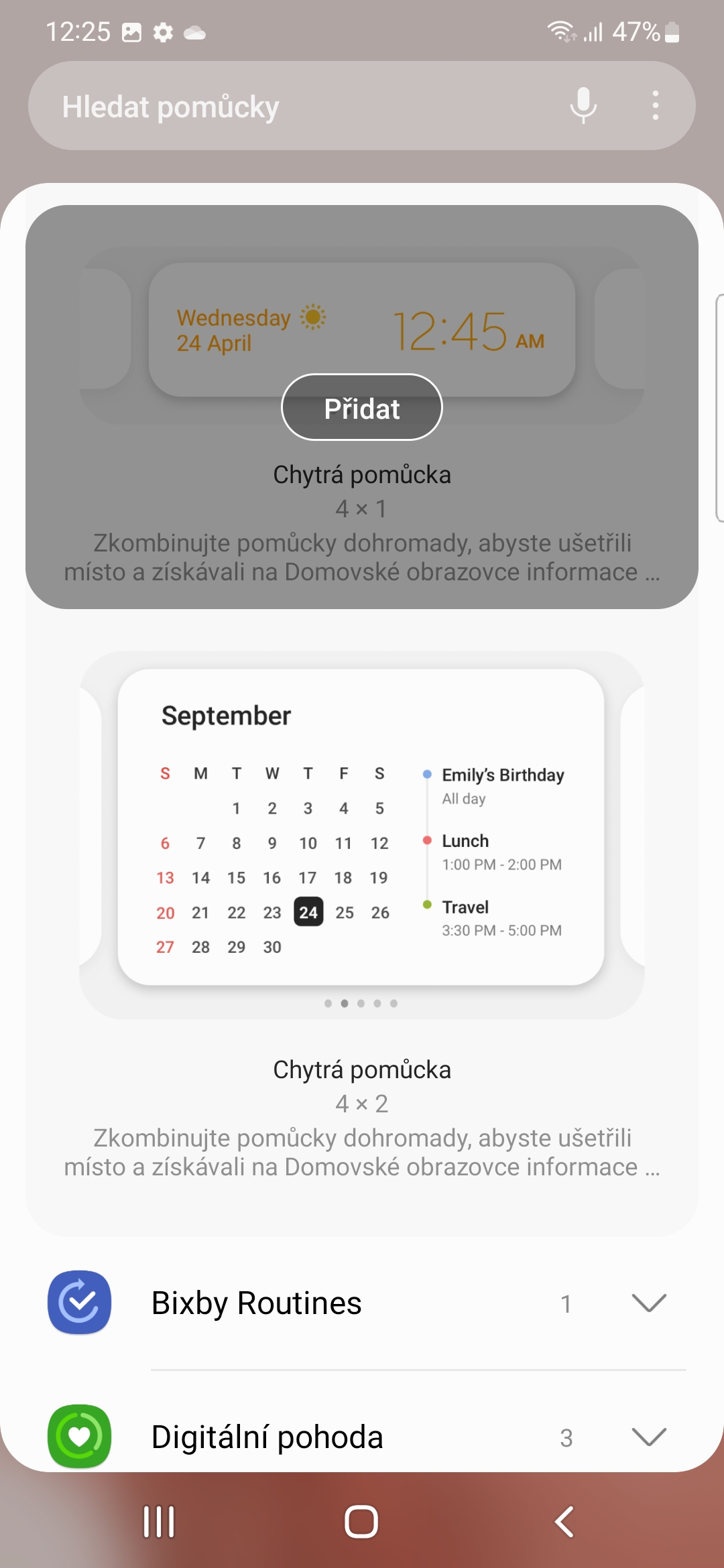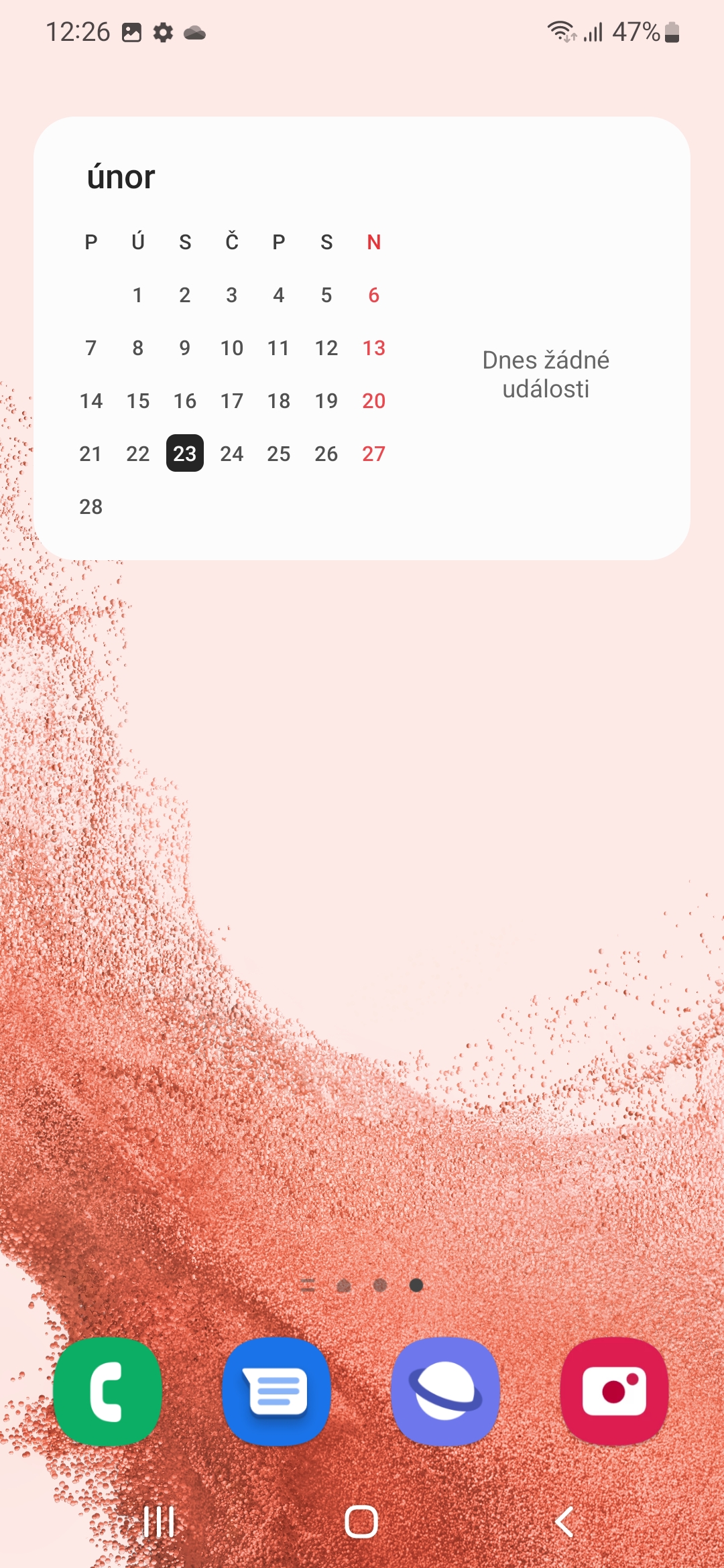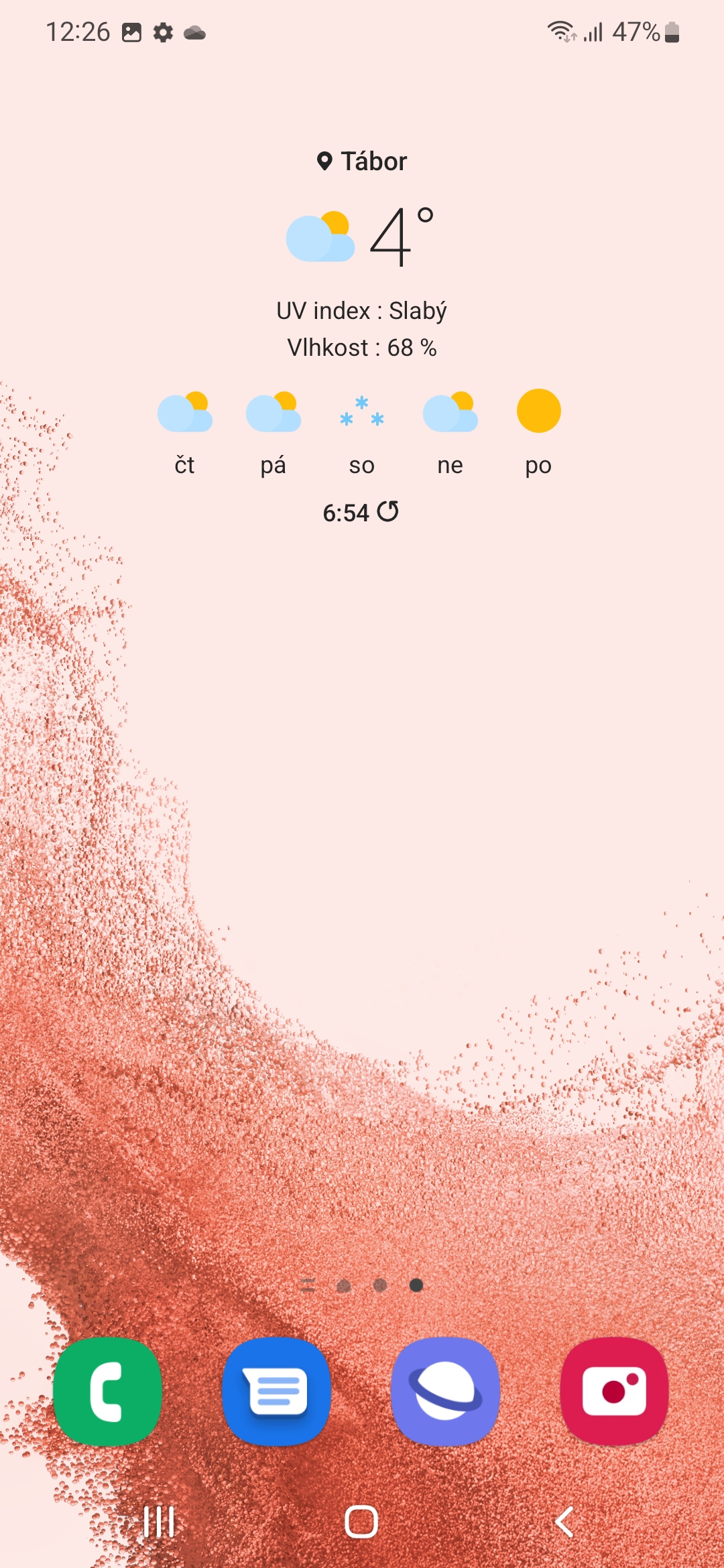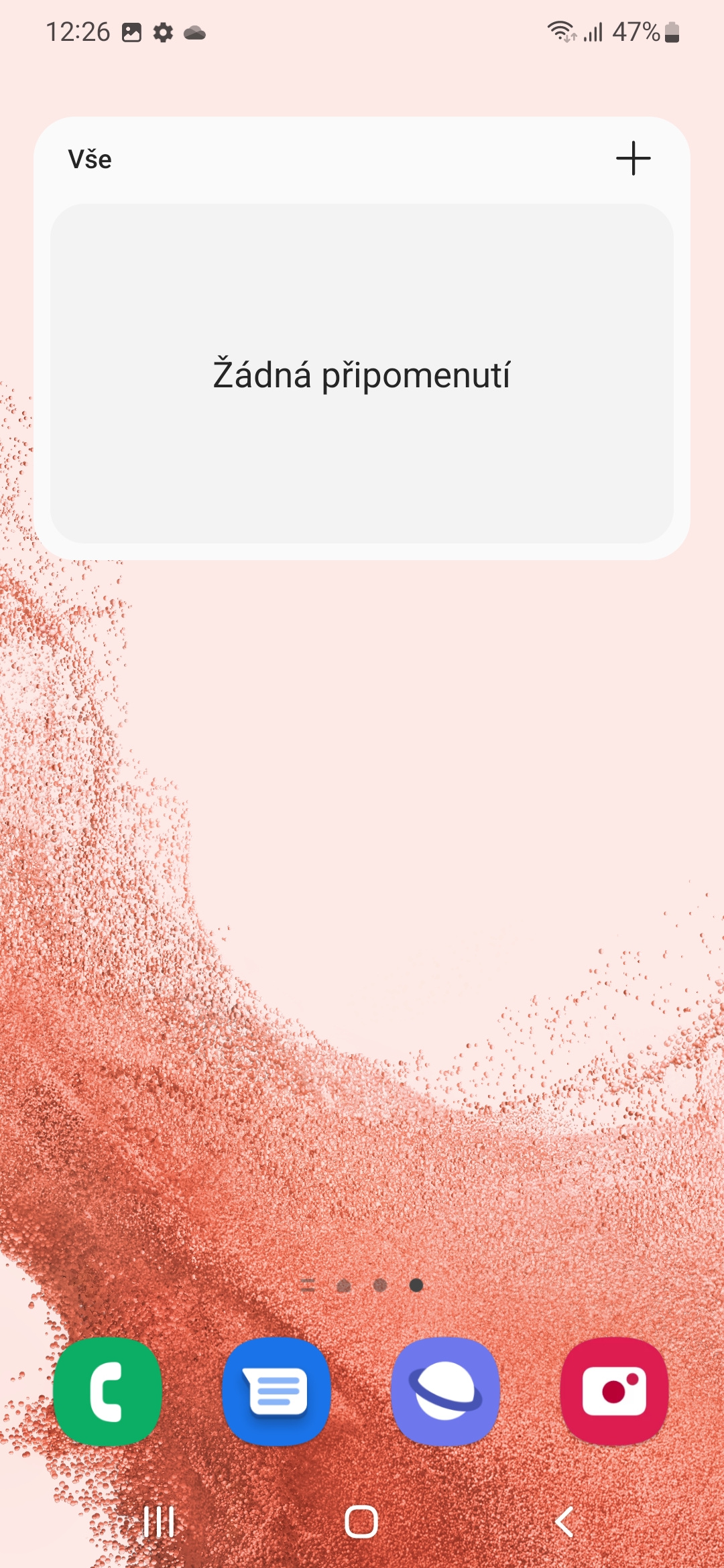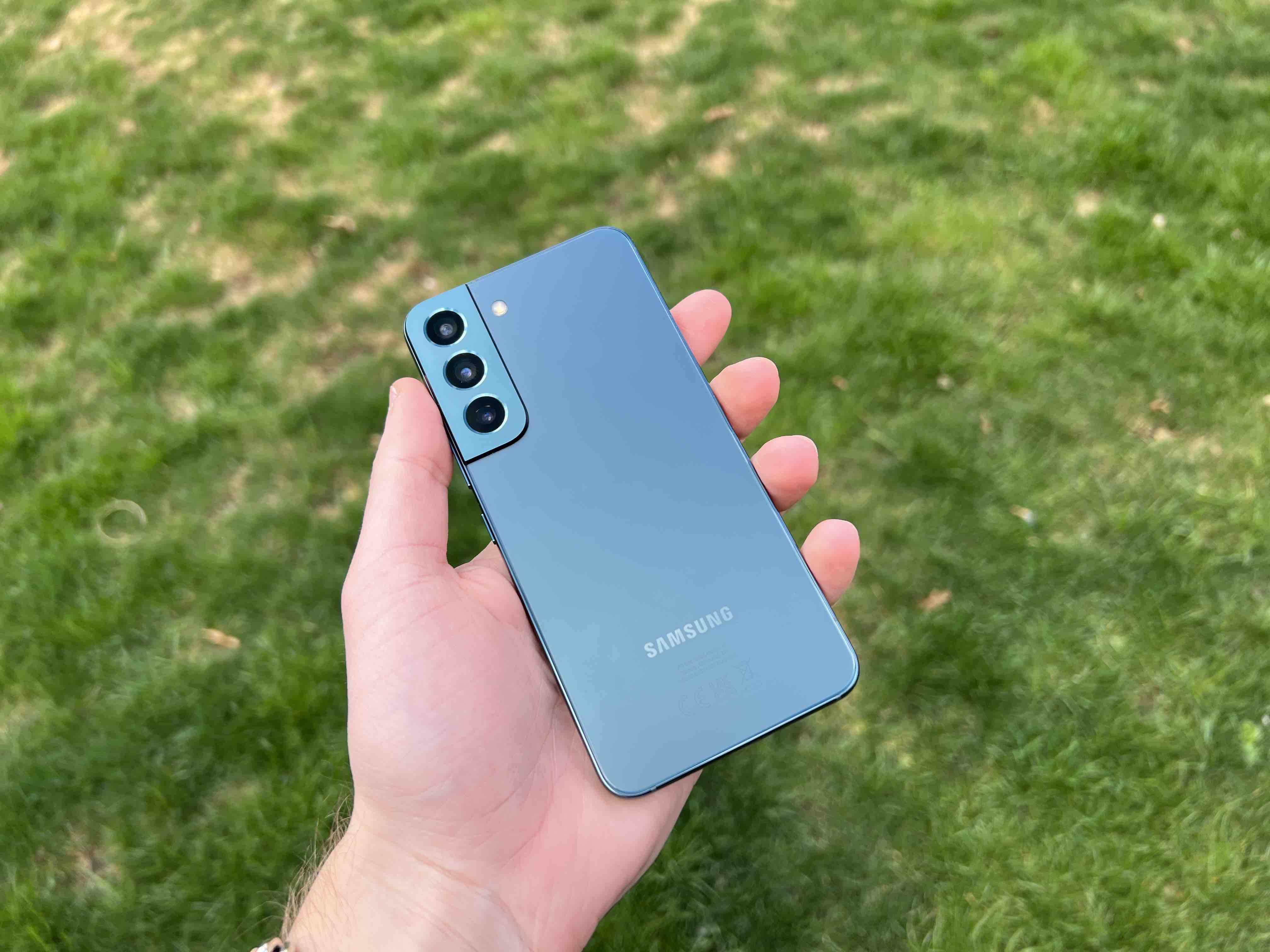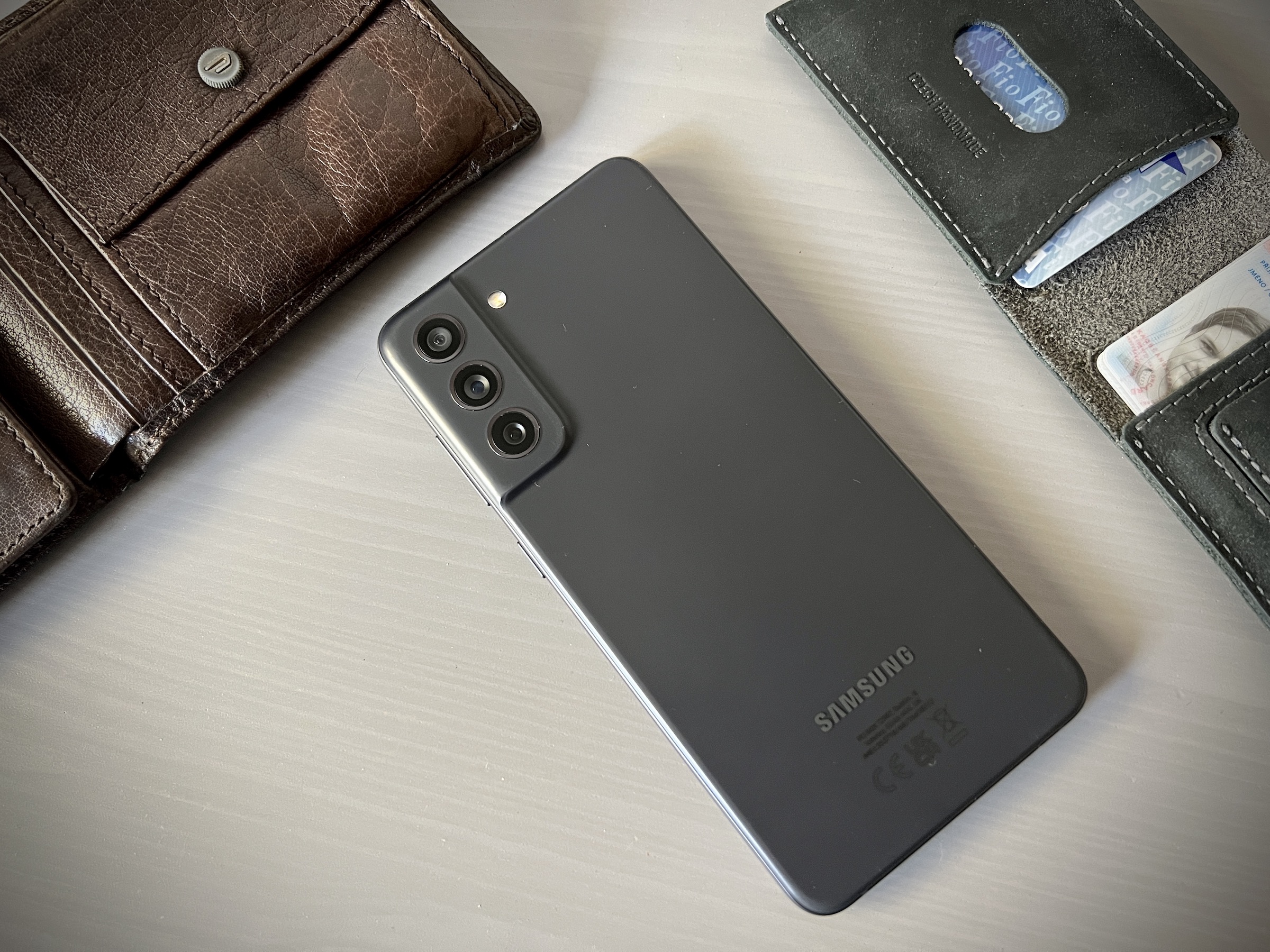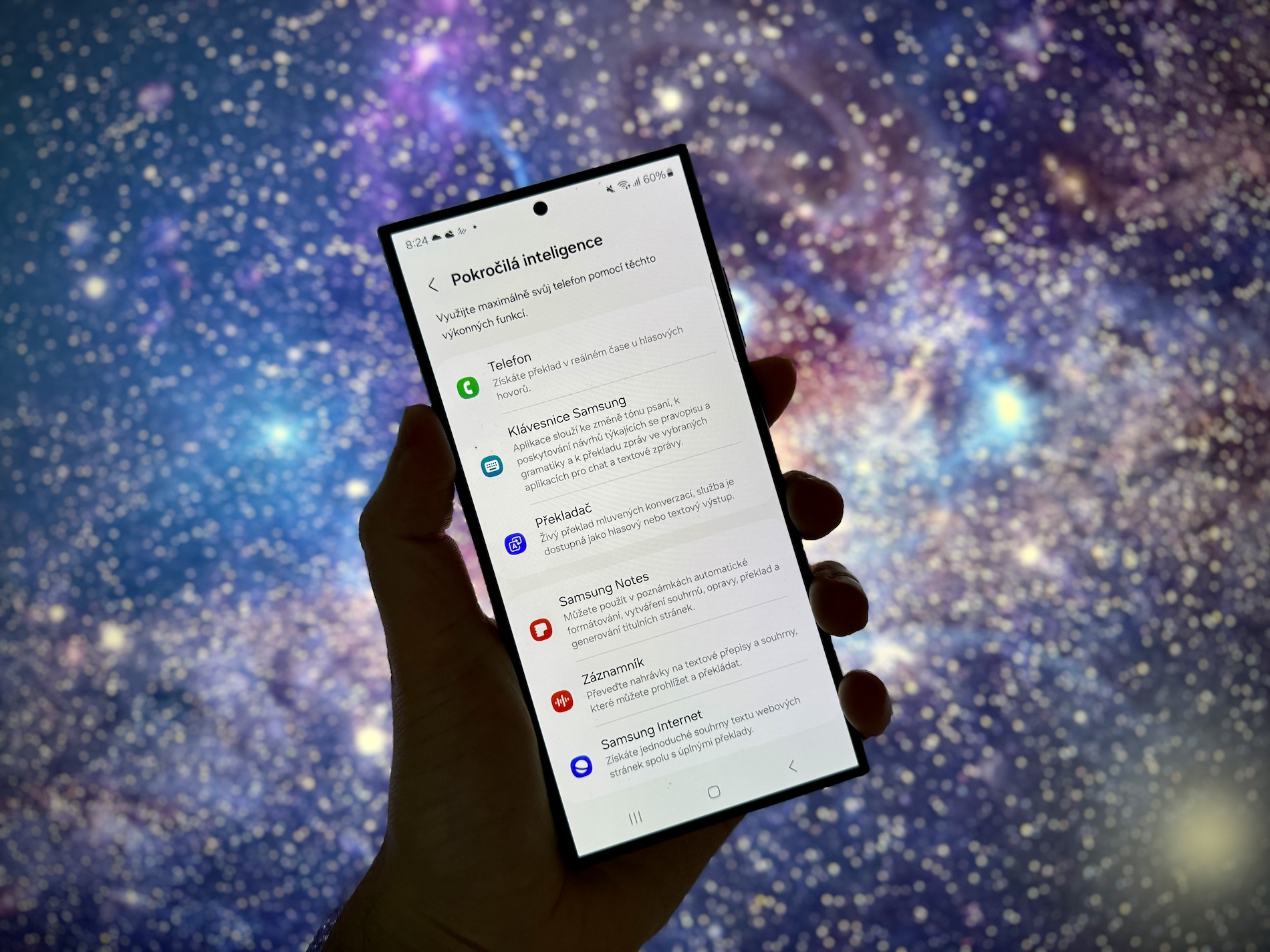Samsung One UI is Samsung's own skin for smartphones and tablets with Androidem. It's one of the most popular add-ons, mainly because the Korean tech giant is the best-selling smartphone brand in the world. But what exactly is One UI and how does it differ from the regular one Androidu?
The One UI superstructure came only in 2018 and it was a clear big departure from previous forms. It featured a cleaner, clearer interface where, as smartphones grew in size, the software paid special attention to one-handed use, a design element that Google only recently started to introduce into the user interface of its Pixels.
Since its debut, One UI has been constantly evolving, with Samsung regularly updating the look with new features and UI improvements. However, like almost any software, we still find some bugs here - for example, excessive battery draining of devices with the current One UI 5.1. Nevertheless, the company shows that it listens to its customers and is committed to constantly improving (and fixing) the user experience.
TouchWiz and Samsung Experience
Samsung's software has come a long way since the early attempts at TouchWiz and the Samsung Experience. The colorful but confusing and slow TouchWiz has been a staple of Samsung devices since before the company launched its first smartphone Galaxy S. After redesigning the look and making substantial changes to its user interface with an emphasis on minimalism, Samsung Experience was born. The new software debuted with the launch of the series Galaxy S8. Although it had a cleaner and more streamlined look than TouchWiz, it still suffered from many pains.
One UI 1.0
Samsung has released the first version of its new One UI 1.0 software skin Androidem 9 Pie, in November 2018. The extension was released for Galaxy S8, Note 8, S9 and Note 9 as an update and was pre-installed on the ranges Galaxy S10, back then Galaxy And, and the first Galaxy From Fold (already as One UI 1.1). As Android 9, so One UI introduced several features that were gaining popularity. For example, there was a dark mode, improved Always-On Display, support for remapping the Bixby button and gesture navigation. One UI 1.1 optimized cameras, performance, and fingerprint and facial recognition. The One UI 1.5 extension was pre-installed on the Galaxy Note 10 to provide the Link to feature Windows in support of Samsung's partnership with Microsoft.
You could be interested in
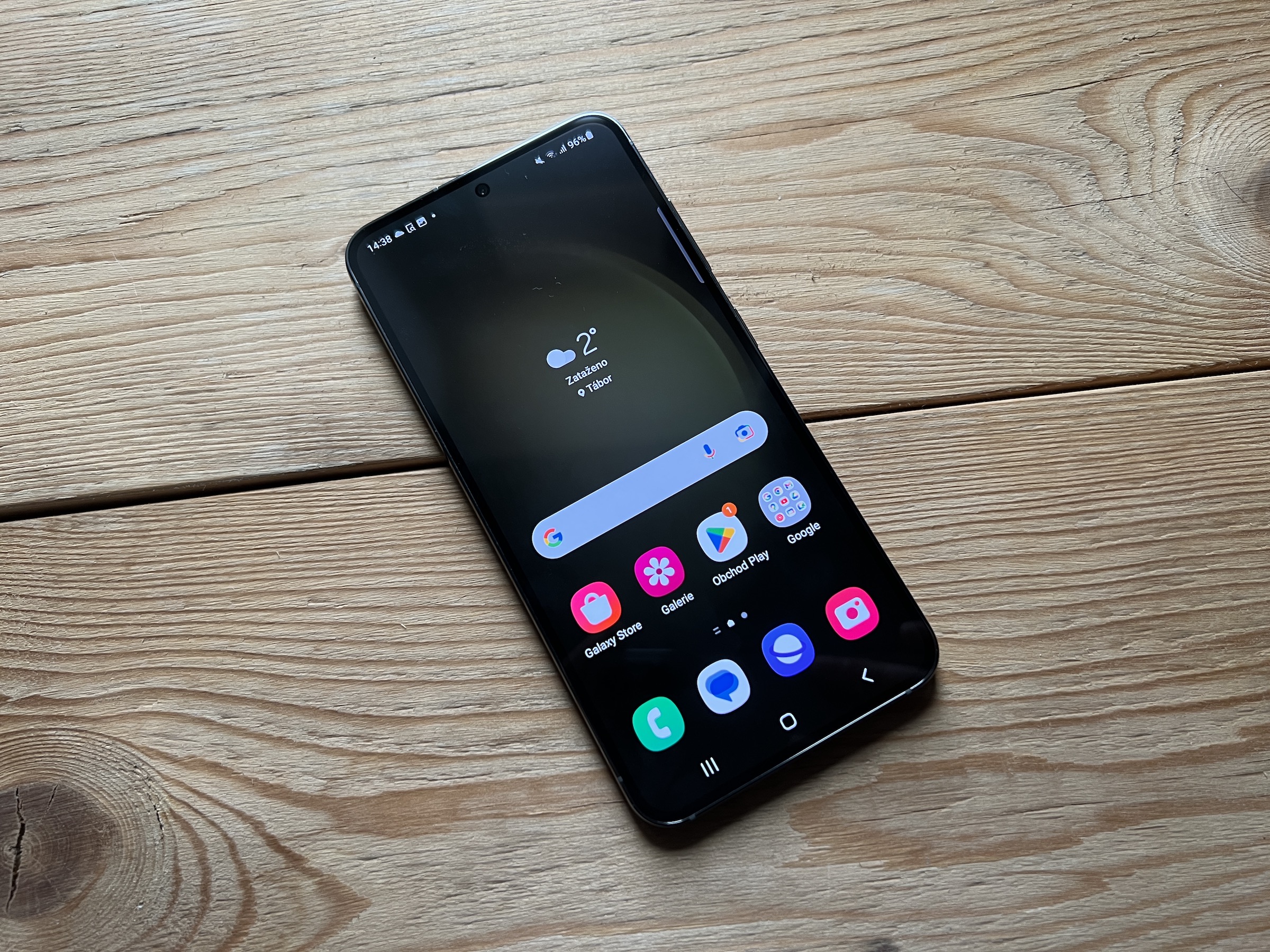
One UI 2.0
On November 28, 2019, One UI 2.0 arrived built on Androidat 10. The software was introduced Galaxy S10, Galaxy Notes 10, Galaxy Note 9 a Galaxy S9 and was pre-installed on Galaxy S10 Lite and Note 10 Lite. One UI 2.1 has hit the market with the Samsung lineup Galaxy S20, while One UI 2.5 with devices like Galaxy Notes 20, Galaxy From Fold2 a Galaxy S20 FE.
One UI 2.0 introduced an improved dark mode, a built-in screen recorder, the Recycle Bin in the Files app, and Dynamic Lock, which changes the lock screen wallpaper every time you turn on the display. One UI 2.1 excelled with Quick Share and other camera modes. One UI 2.5 wasn't particularly feature-packed, but it did introduce DeX, Samsung's tool for mirroring your device on a computer, monitor, or compatible TV.
You could be interested in
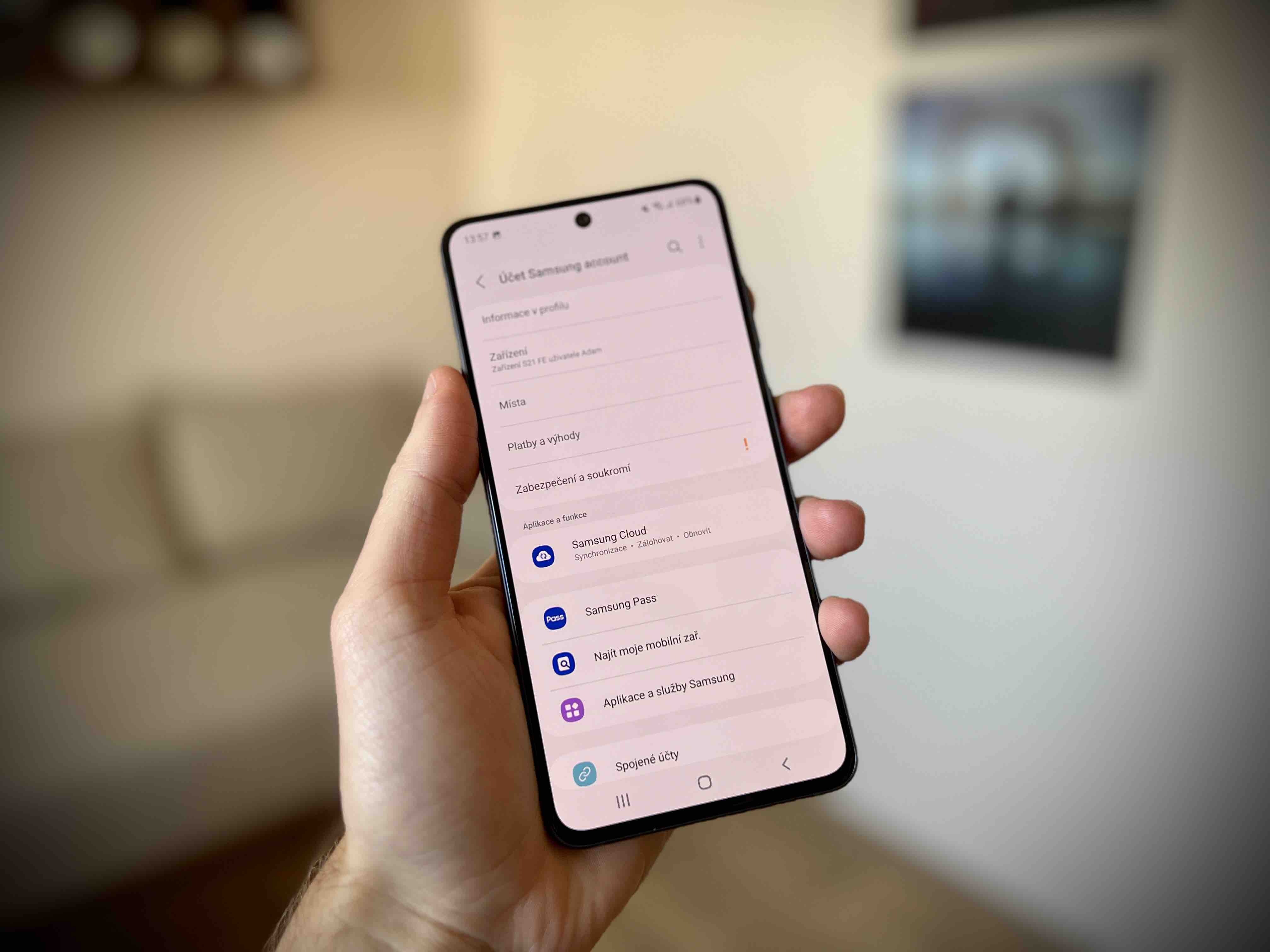
One UI 3.0
Samsung introduced the third generation of its own appearance based on Androidu 11 to the market in December 2020. Equipment Galaxy S20 was the first to get it, others followed from January to August 2021. Series Galaxy The S21 already had One UI 3.1 and Galaxy From Fold3 and Flip3 One UI 3.1.1. Samsung Free arrived, Google Discover, animations and transitions in the system were improved, as well as home screen widgets were redesigned. One UI 3.1 didn't have any major UI changes, but it did improve the camera's autofocus and auto exposure controls, along with other tweaks to the Camera app.
One UI 4.0
One UI 4.0 based on Androidu 12 was publicly released in November 2021 and listed at Galaxy S21 and a few older devices between December 2021 and August 2022. Similar to Android 10, One UI 4.0 focused more on customization and privacy with improved touch feedback, widgets, and improved location features.
Samsung Galaxy S22, S22 Plus, S22 Ultra and Galaxy Tab S8 already came with One UI 4.1. It introduced portraits in night mode and a smarter calendar that records dates and times in messages and quickly adds events from them. Additionally, the company released a targeted One UI 4.1.1 based on Androidat 12L for the series Galaxy From Fold4, Galaxy From Flip4, Galaxy Tab S6, Tab S7 and Tab S8.
One UI 5.0
Samsung has publicly released One UI 5 based on Androidu 13 24 October 2022. The stable software version arrived quickly on Samsung Galaxy S22, Galaxy S22 Plus and Galaxy S22 Ultra and quickly spread to other phones in the coming months. It was the fastest and most widespread update we've seen from Samsung yet. One UI 5.1 then came with a number Galaxy S23. You can find out more about the news in the links below.
- How to launch Expert RAW directly from the Camera
- How to add new dynamic Weather widget to Samsung desktop
- How to hyperlapse video of the night sky
- How to use Suspend USB Power Delivery to get better Samsung performance
- 3 new multitasking features in One UI 5.1 to speed up your work
- How to use object selection in a photo and for which Samsungs the function is coming
- Top 5 Tips and Tricks for Android 13 and One UI 5.0
- How to change the lock screen in One UI 5.0
